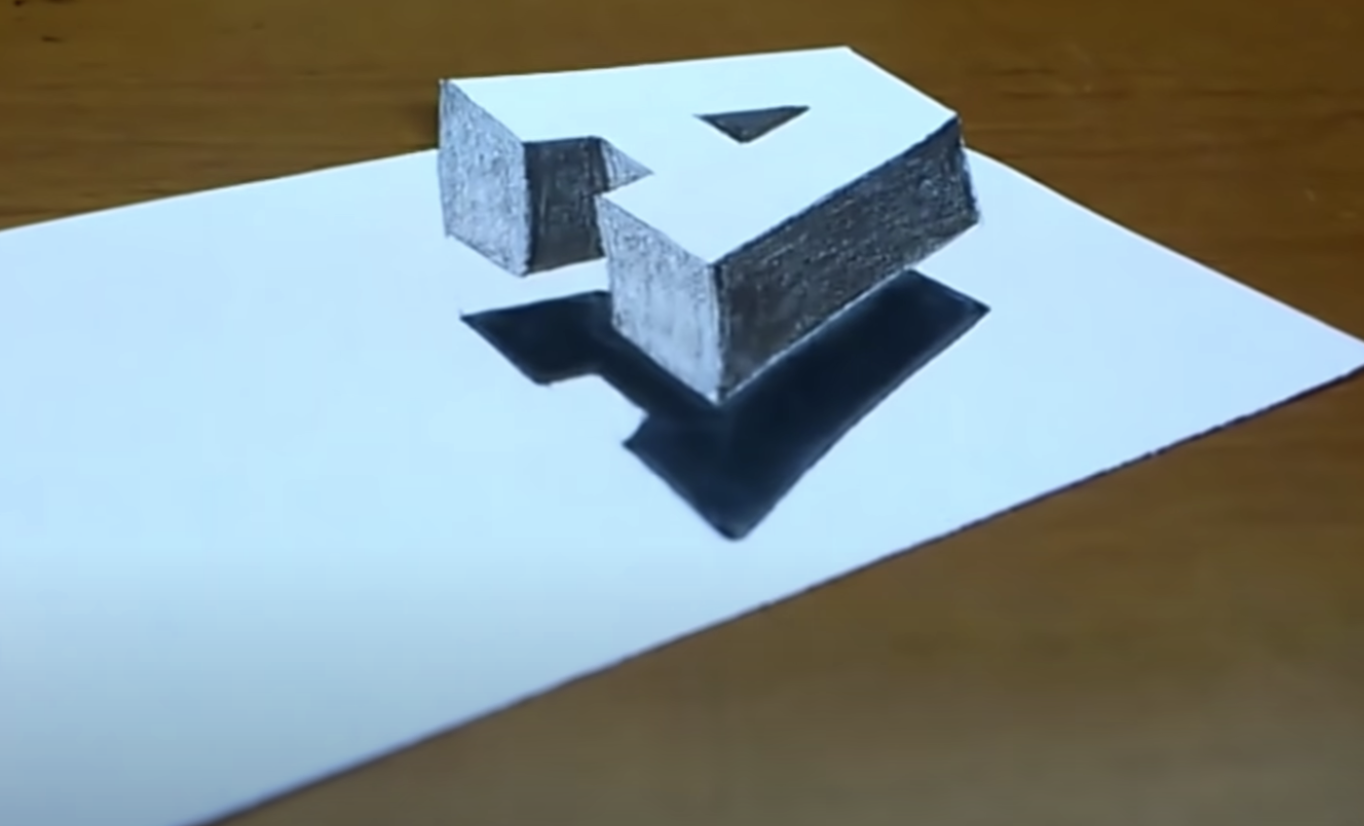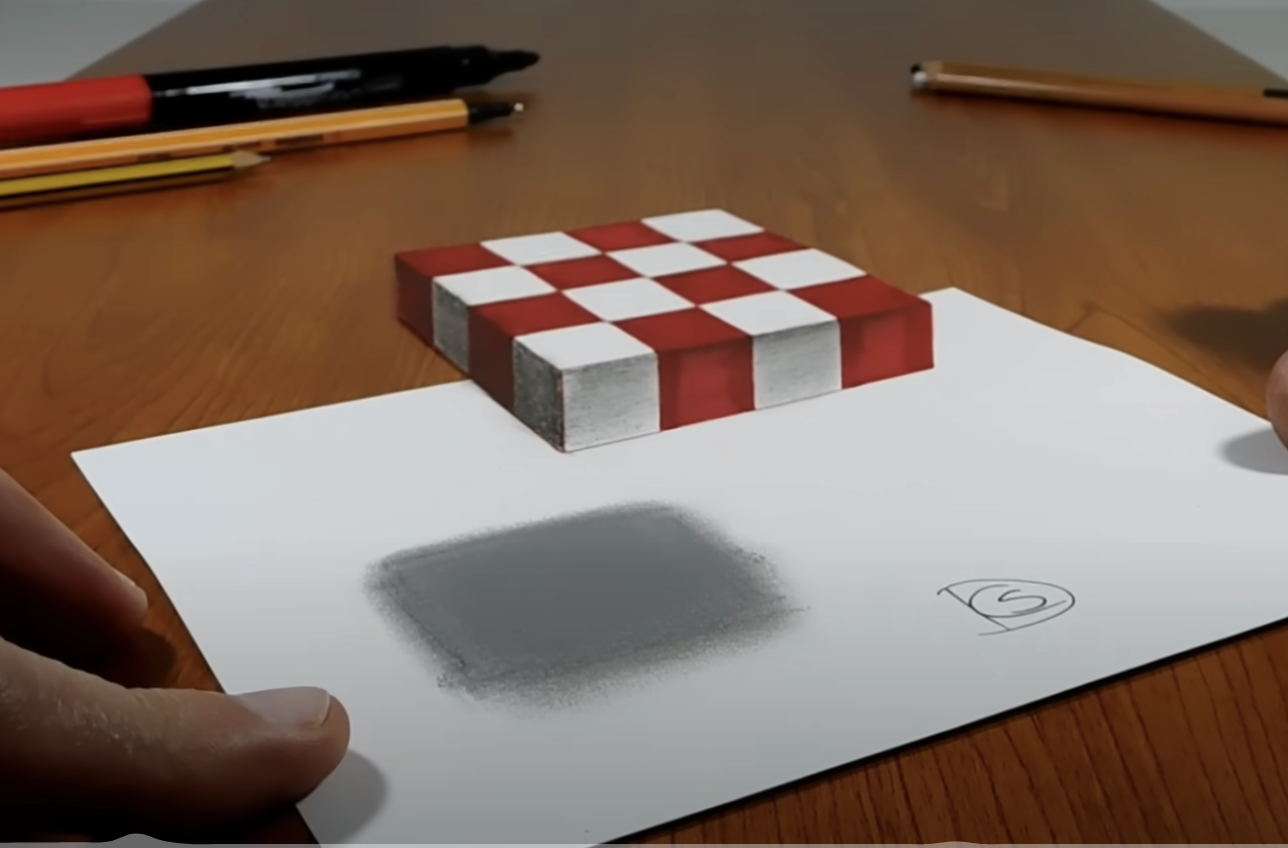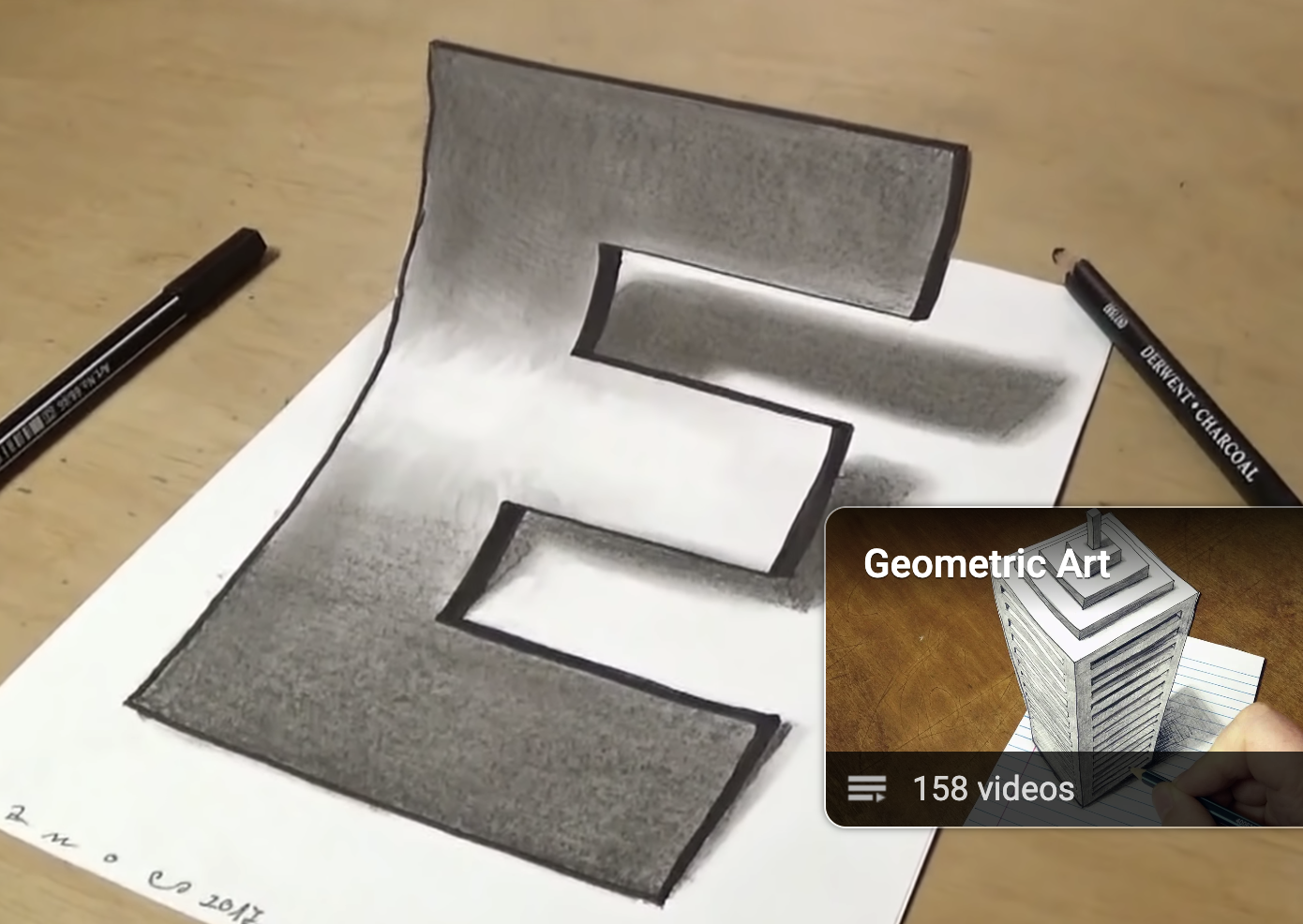9 Design and Visual Communication 1
Section outline
-
Design and visual communication focuses on understanding and applying drawing techniques and design practice to communicate design ideas. It enhances your ability to conceptualise, develop, and communicate design ideas and potential outcomes. It will also strengthen your ability to interpret graphical information.
The following are the components of Design and Visual Communication.
Knowledge of Design Practice
Design practice focuses on developing conceptual designs in response to a brief. Knowledge of design practice includes understanding that designers identify the qualities and potential of design ideas in terms of the broad principles of design (aesthetics and function) and sustainability, and that they are influenced by societal, environmental, historical, and technological factors.
Visual Communication
Visual communication refers to the effective communication and presentation of design ideas using modelling and graphic design techniques.
Initially, students learn to communicate and present their design ideas and information by applying 2D and 3D visual communication techniques such as sketching, rendering, mock-ups, digital drawing and modelling, annotations, instrumental, templates, collage, and overlays.
After that, students progress to effectively and clearly applying complex and high quality visual techniques and knowledge that communicate a story – the intent of their design ideas –to an audience.
Graphics Practice
Graphics practice refers to the creative application of drawing and design knowledge and techniques to develop conceptual outcomes that address either a brief or a technological outcome of a graphical nature.
-
Kia ora...
Welcome back to school. I hope you have had great break.
My name is Mr Taha and I am going to be your DVC teacher for 2024.
We will start our course by learning about DVC, drawing tools and equipment and how to draw straight lines and circles. We also going to learn about drawing 2D and 3D objects. Later we will be starting our project of drawing an outcome. This will provide us with the opportunity to apply what we learn.

Success Criteria:
I have gained knowledge and skills in fundamental visual communication techniques and graphic design principles
I can free hand draw 2D shapes
I can freehand draw 3D shapes
I can render my drawing
Activities:
- Introduction to DVC
- Free Hand Drawing Techniques - 2D @ 3D
Introduction:Visual Communication is developing your visual literacy so you can communicate and present your design ideas effectively.
The tool that differentiates humans from other animals is language; without language we cannot think, talk, draw or write. Language allows us to communicate ideas. In this course you will be developing your drawing skills to better enable you to communicate ideas.It is not about the quality, type or method of drawing, but about whether the drawing is effective in meeting the needs of the drawer.
Freehand drawing, sketching, visual roughs, and thumbnails are all names for drawings that share the common purpose of explaining or representing ideas. Drawing can also be used as a thinking tool by drawing thoughts and ideas on paper to solve problems or to generate more ideas.
A builder on a work-site will draw a quick freehand drawing on a wood off-cut to show how to construct an element of the building. An architect may use a computer-aided design (CAD) program to draw a house to scale to show that it meets the building regulations for site coverage; both are effective, just as both freehand and instrumental drawings are effective when their advantages and disadvantages are understood.



Exercise: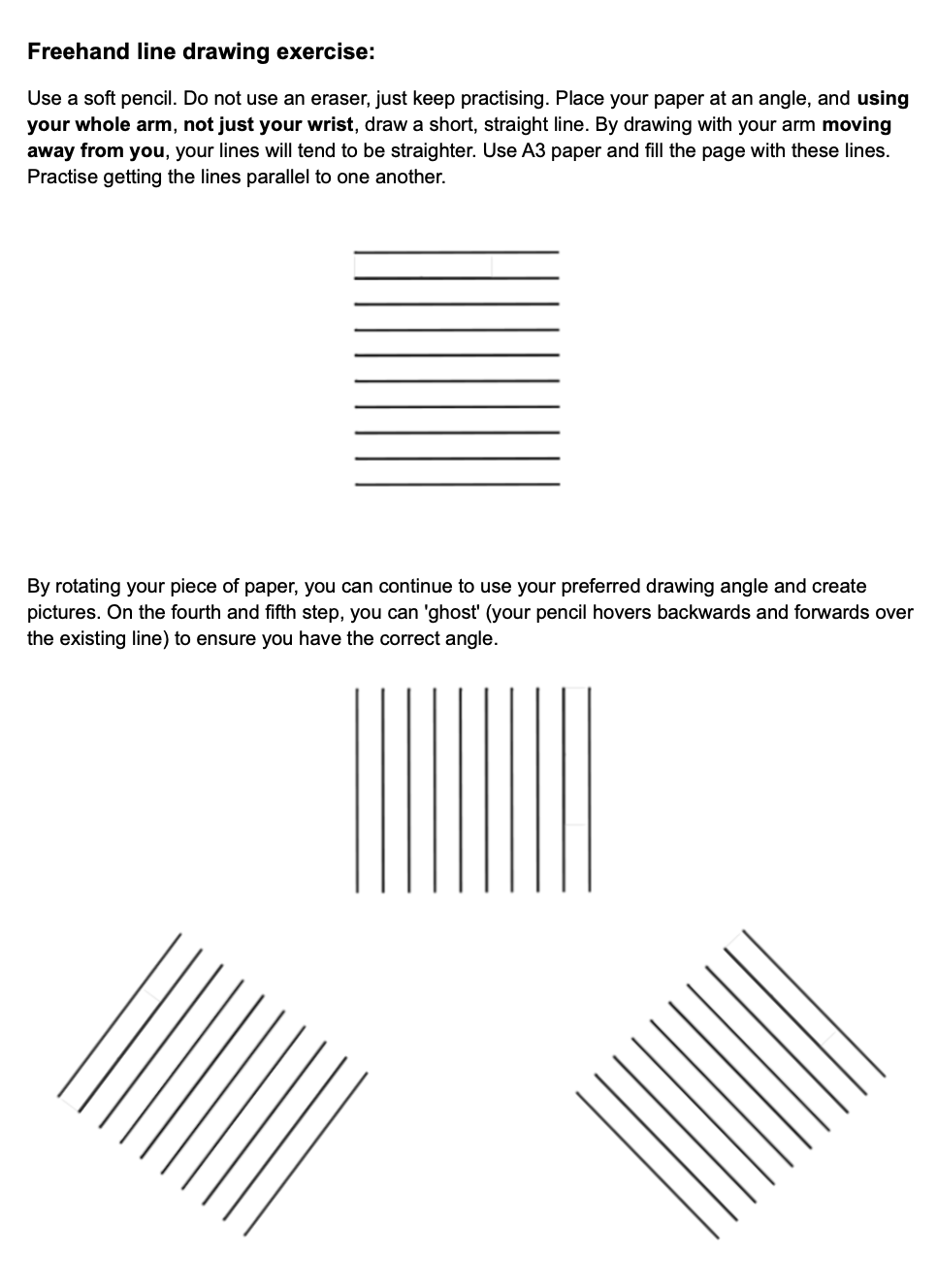
-
Kia ora
In this week we will learn and practice how to draw a cube using both Oblique and isometric methods.Success Criteria:
I have gained knowledge and skills in fundamental visual communication techniques and graphic design principles
I can freehand draw 3D shapes - Cubes using both oblique and isometric methods
I can render my drawing
Activities:
- Free Hand Drawing Techniques - 2D @ 3D - Cubes and boxes
Further Learning:
Practice at home how to draw parallel lines and cubes.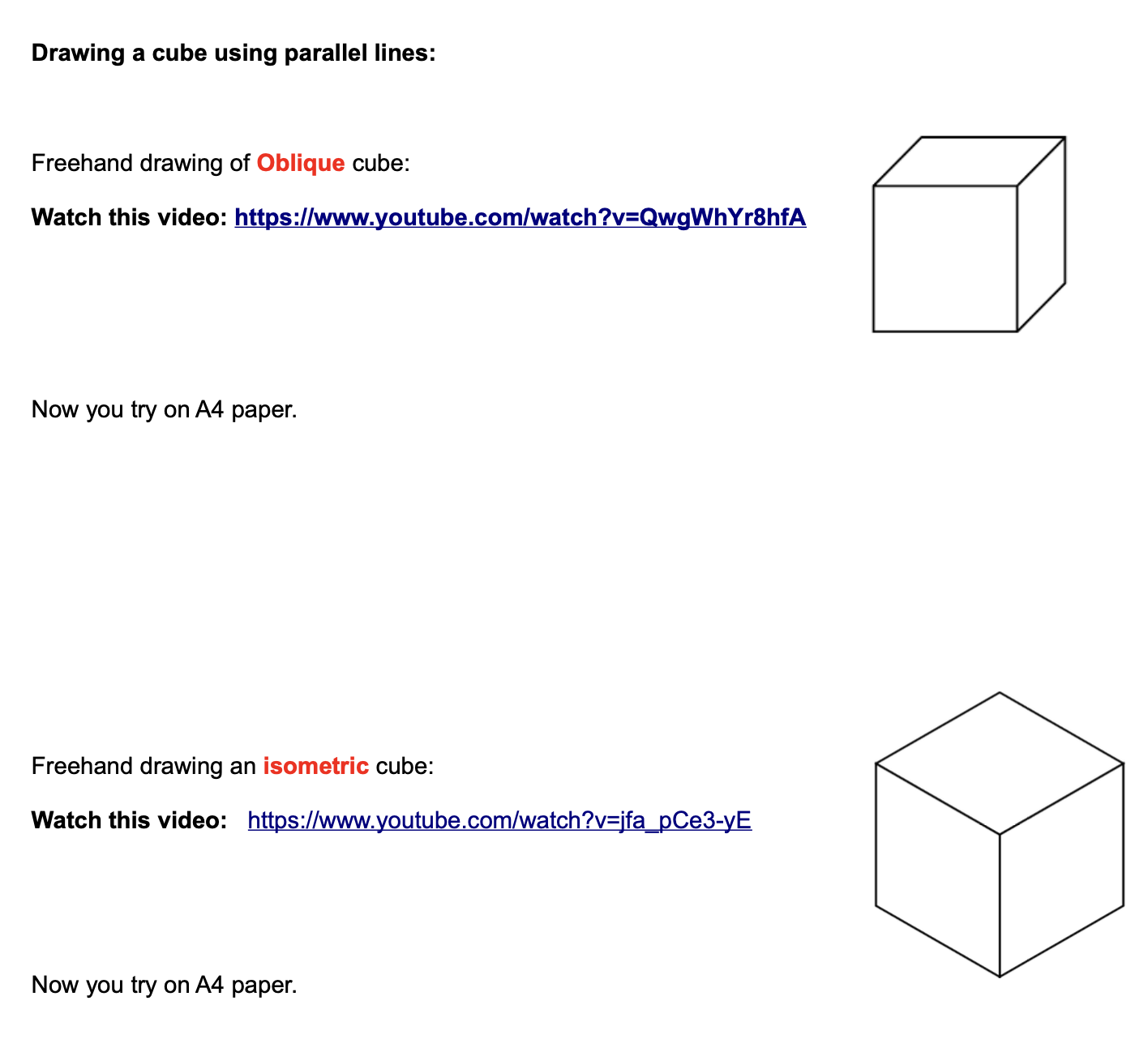
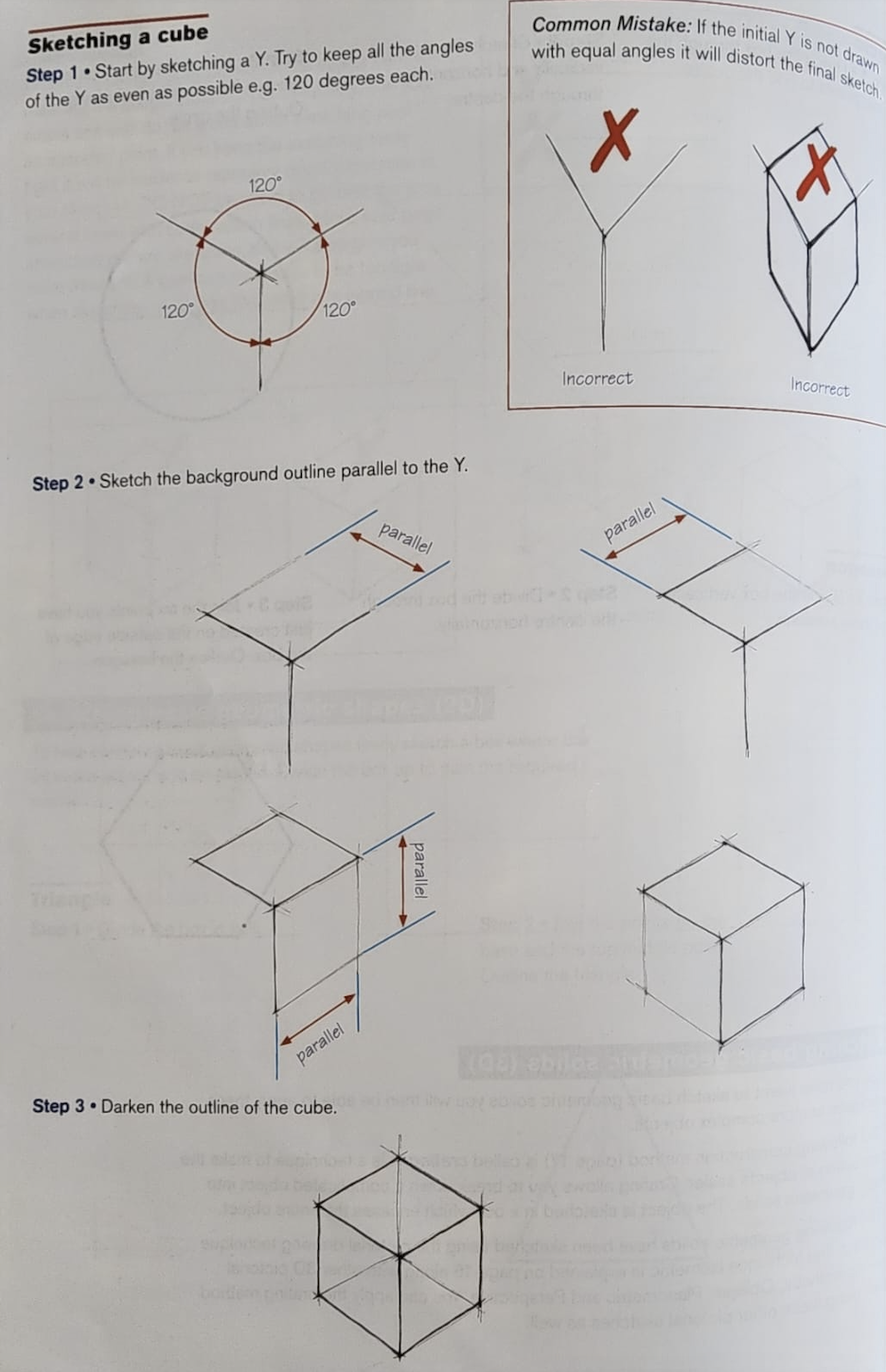
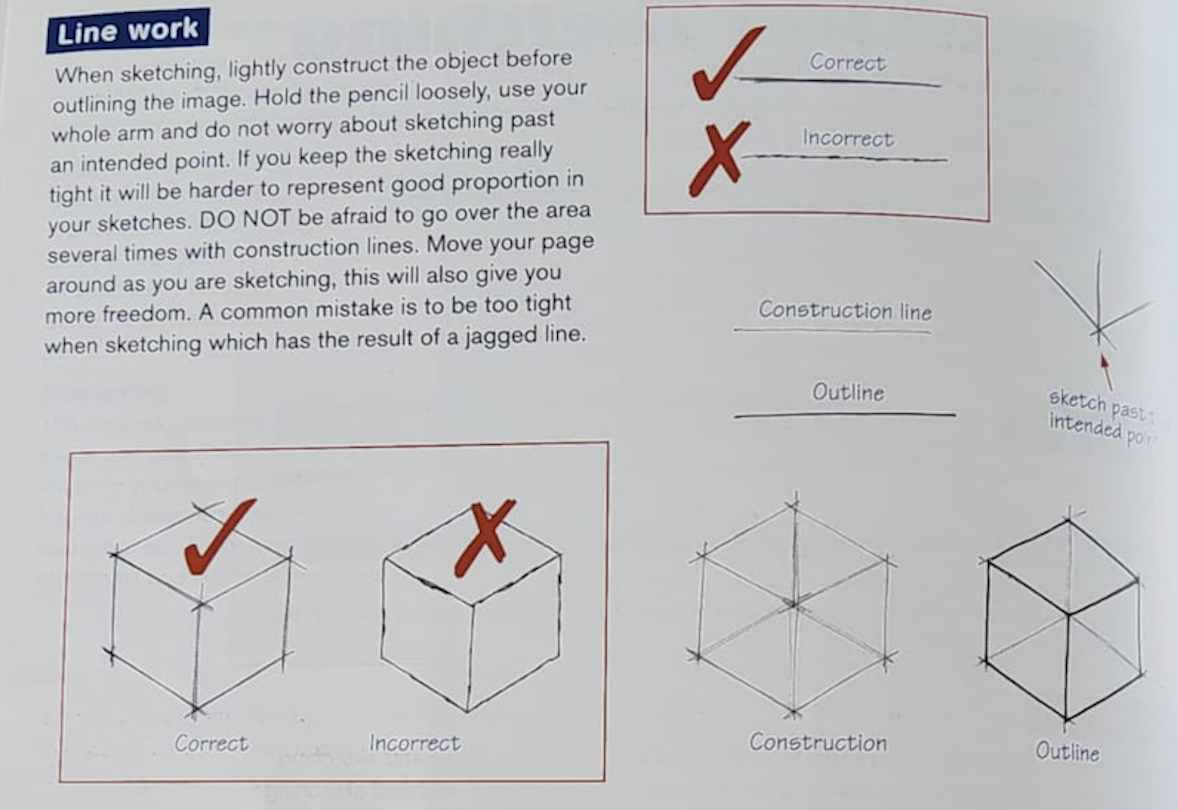
-
Kia ora
In this week we will learn and practice how to draw a cube using both Oblique and isometric methods.Success Criteria:
I have gained knowledge and skills in fundamental visual communication techniques and graphic design principles
I can freehand draw 3D shapes - Cubes using both oblique and isometric methods
I can render my drawing
Activities:
- Free Hand Drawing Techniques - 2D @ 3D - Cubes and boxes
Further Learning:
Practice at home how to draw parallel lines and cubes.

-
Kia ora
In this week we will learn and practice how to draw a rate from a cube using isometric methods.Success Criteria:
I have gained knowledge and skills in fundamental visual communication techniques and graphic design principles
I can freehand draw 3D shapes - Cubes using both oblique and isometric methods
I can render my drawing
Activities:
- Free Hand Drawing Techniques - 2D @ 3D - Cubes and boxes
- Crating using isometric method
Further Learning:
Practice at home how to draw parallel lines cubes and crates.
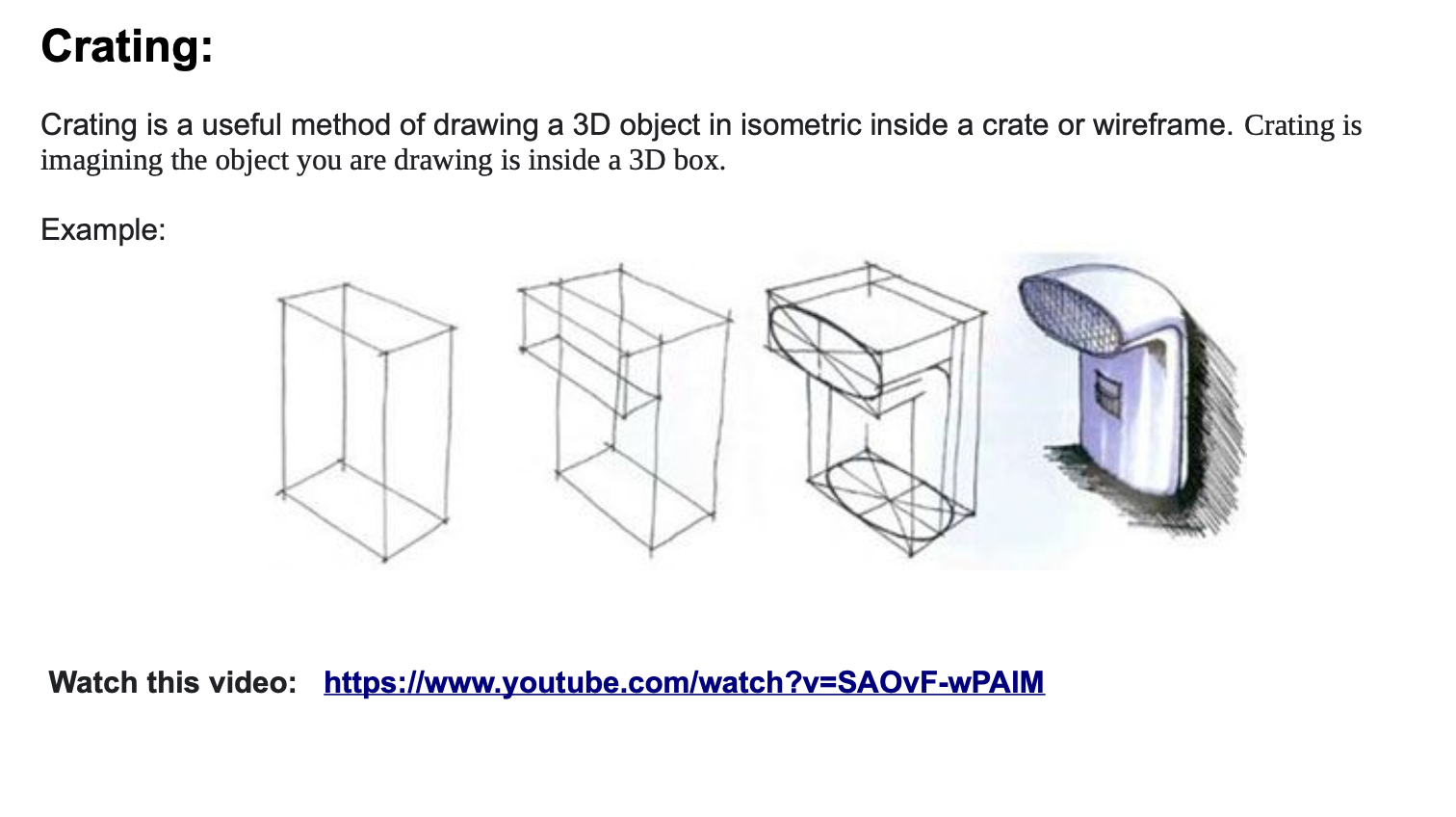

-
Kia ora
In this week we will learn and practice how to draw a rate from a cube using isometric methods.Success Criteria:
I have gained knowledge and skills in fundamental visual communication techniques and graphic design principles
I can freehand draw 3D shapes - Cubes using both oblique and isometric methods
I can render my drawing
Activities:
- Free Hand Drawing Techniques - 2D @ 3D - Cubes and boxes
- Crating using isometric method
Further Learning:
Practice at home how to draw parallel lines cubes and crates.
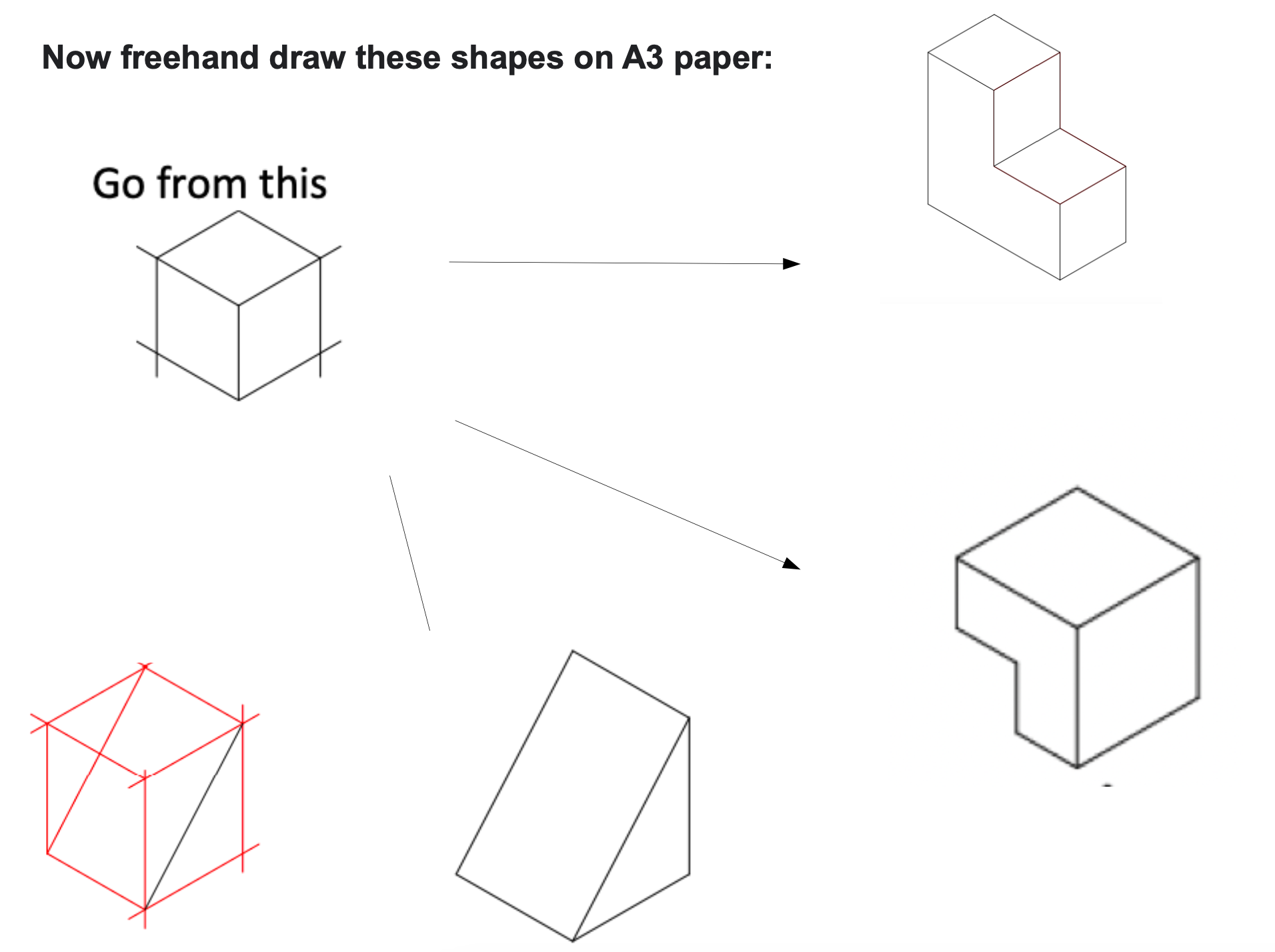



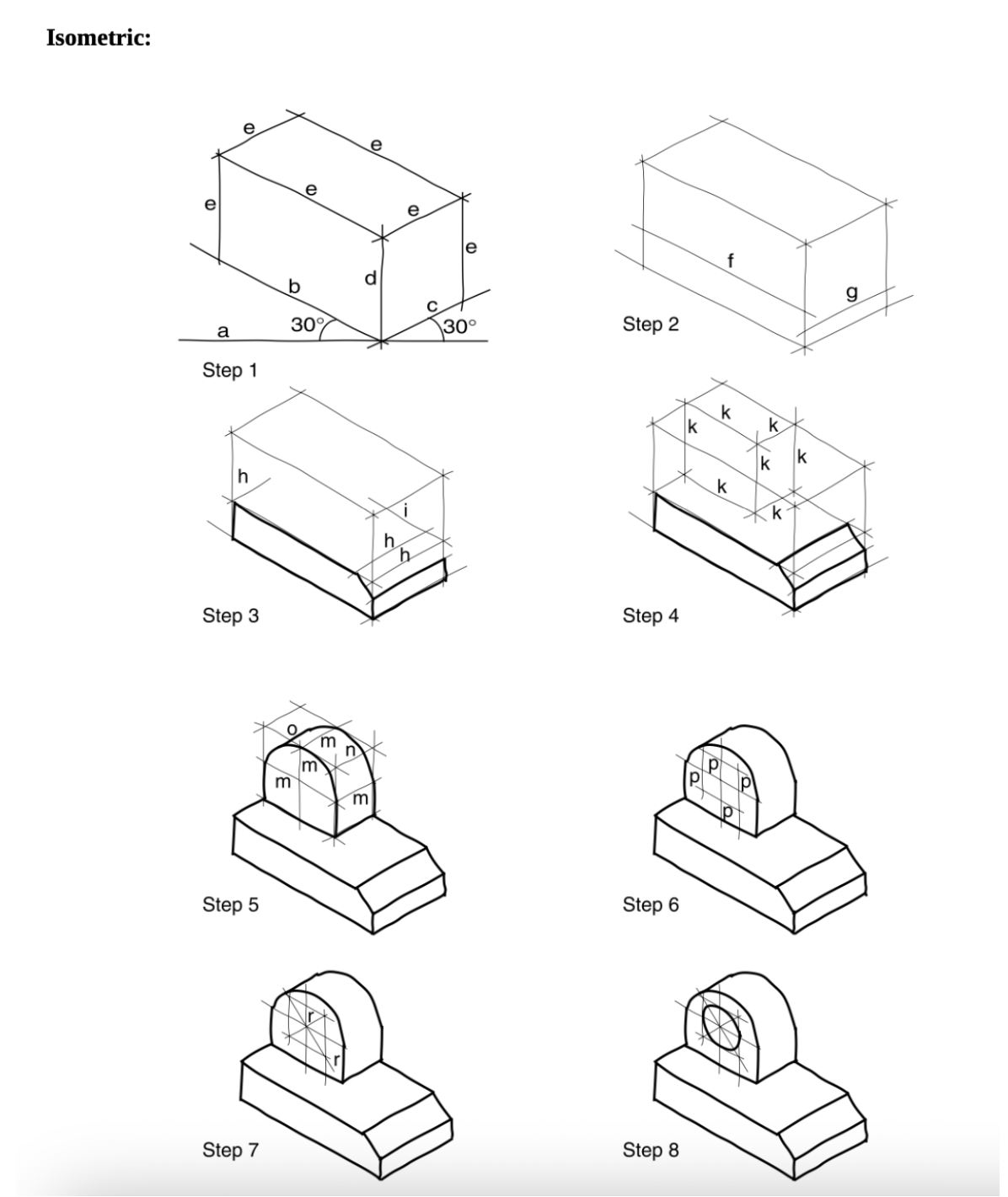
-
Kia ora
In this week we will learn and practice how to draw a rate from a cube using isometric methods.Success Criteria:
I have gained knowledge and skills in fundamental visual communication techniques and graphic design principles
I can freehand draw 3D shapes - Cubes using both oblique and isometric methods
I can render my drawing
Activities:
- Free Hand Drawing Techniques - 2D @ 3D - Cubes and boxes
- Crating using isometric method
- Drawing different 3D shapes
- Conveying Light & Solid rendering
Practice at home how to draw parallel lines cubes, crates and rendering.

Watch these videos:
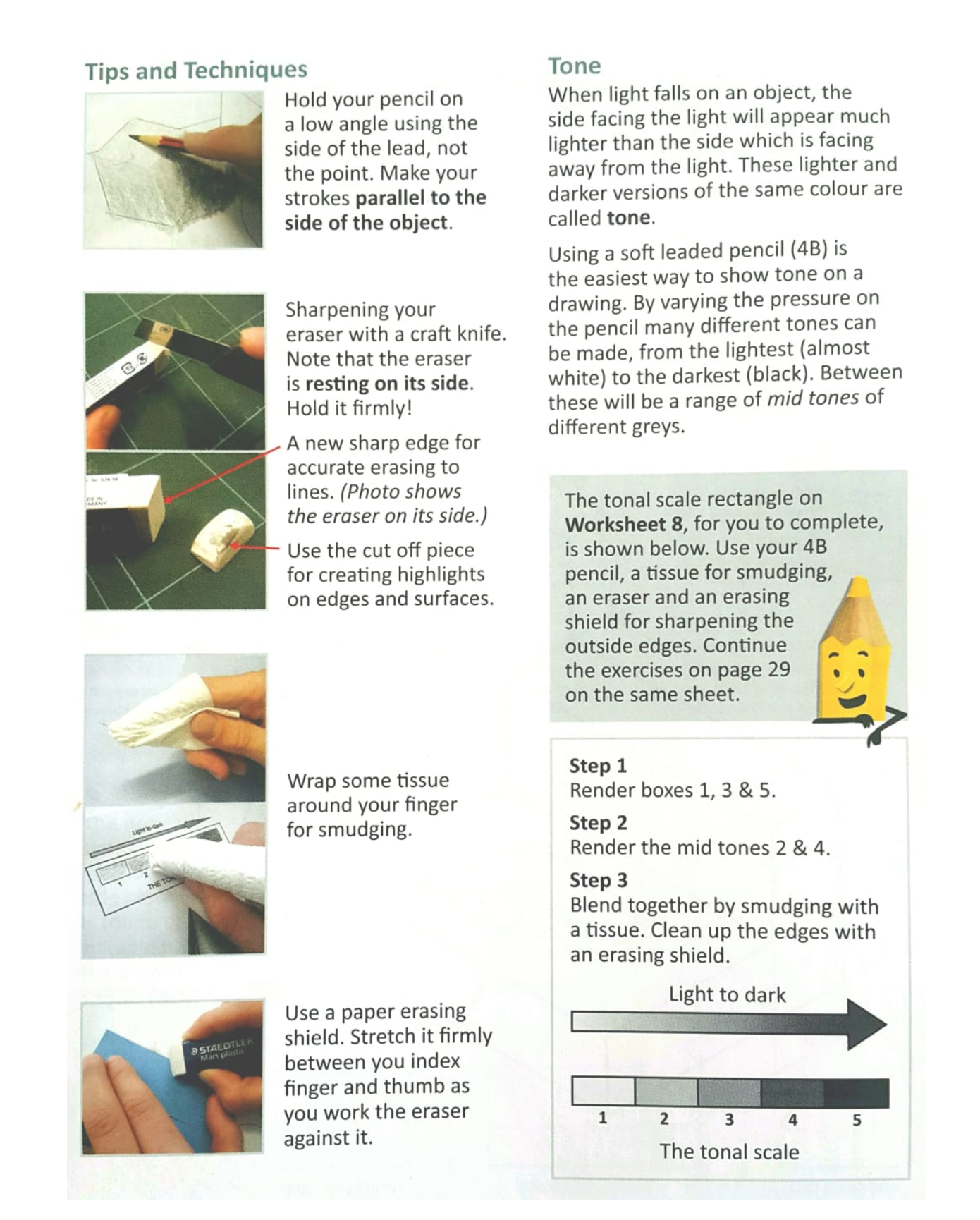
-
Kia ora
In this week we will learn and practice how to draw a rate from a cube using isometric methods.Success Criteria:
I have gained knowledge and skills in fundamental visual communication techniques and graphic design principles
I can freehand draw 3D shapes - Cubes using both oblique and isometric methods
I can render my drawing
Activities:
- Free Hand Drawing Techniques - 2D @ 3D - Cubes and boxes
- Crating using isometric method
- Drawing different 3D shapes
- Conveying Light & Solid rendering
Practice at home how to draw parallel lines cubes, crates and rendering.

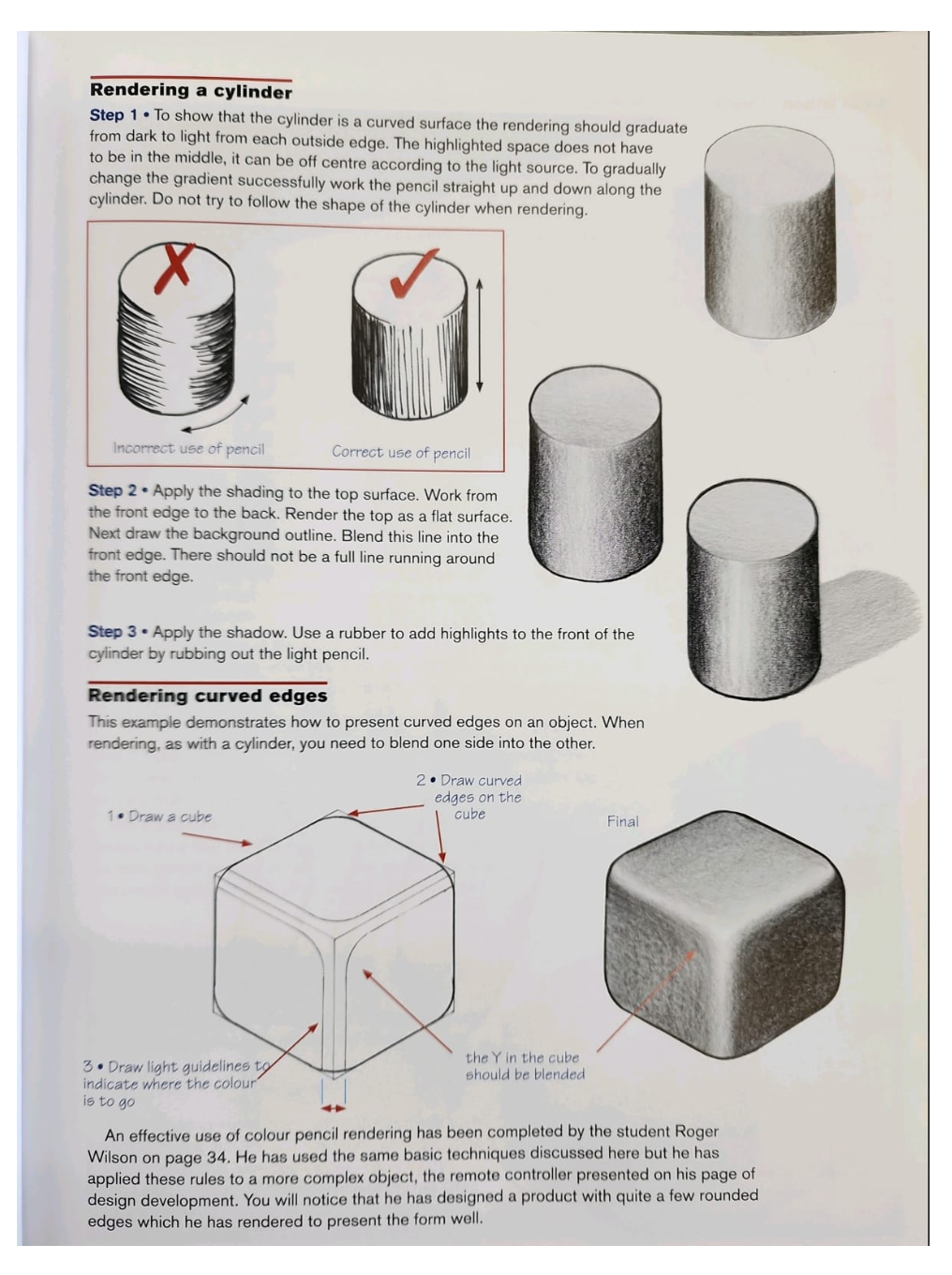
-
Kia ora
In this week we will learn and practice how to draw a rate from a cube using isometric methods.Success Criteria:
I have gained knowledge and skills in fundamental visual communication techniques and graphic design principles
I can freehand draw 3D shapes - Cubes using both oblique and isometric methods
I can render my drawing
Activities:
- Free Hand Drawing Techniques - 2D @ 3D - Cubes and boxes
- Crating using isometric method
- Drawing different 3D shapes
- Conveying Light & Solid rendering
Practice at home how to draw parallel lines cubes, crates and rendering.
Draw and render these shapes:

-
Kia ora
In this week we will continue learning and practice how to draw 3D shapes using isometric methods with rendering.Success Criteria:
I have gained knowledge and skills in fundamental visual communication techniques and graphic design principles
I can freehand draw 3D shapes - Cubes using both oblique and isometric methods
I can render my drawing
Activities:
- Free Hand Drawing Techniques - 2D @ 3D - Cubes and boxes
- Crating using isometric method
- Drawing different 3D shapes
- Conveying Light & Solid rendering
Learning:
Practice at home how to draw parallel lines cubes, crates and rendering.

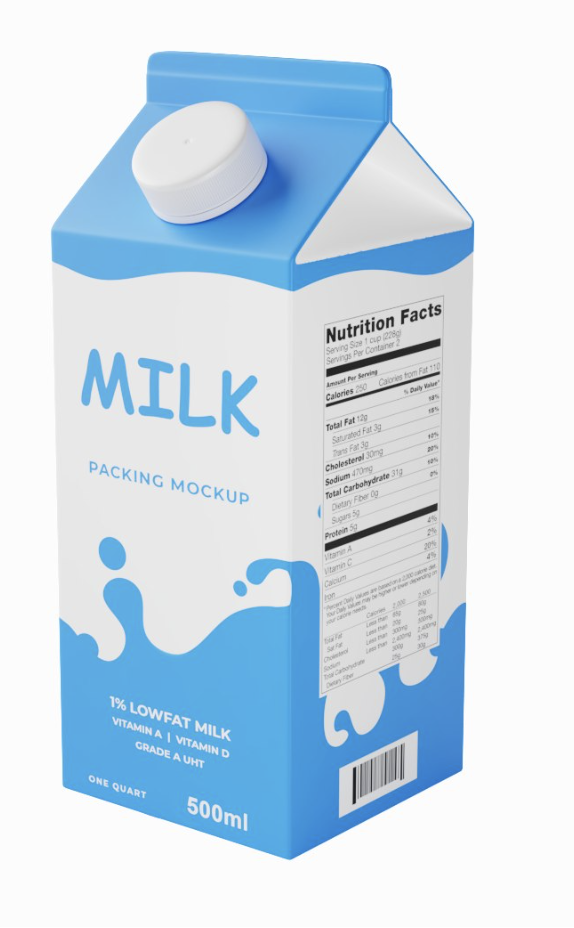
-
Kia ora
In this week we will continue learning and practice how to draw 3D shapes using isometric methods with rendering.Success Criteria:
I have gained knowledge and skills in fundamental visual communication techniques and graphic design principles
I can freehand draw 3D shapes - Cubes using both oblique and isometric methods
I can render my drawing
Activities:
- Free Hand Drawing Techniques - 2D @ 3D - Cubes and boxes
- Crating using isometric method
- Drawing different 3D shapes
- Conveying Light & Solid rendering
Learning:
Practice at home how to draw parallel lines cubes, crates and rendering.


-
Kia ora
In this week we will continue learning and practice how to draw 3D shapes using isometric methods with rendering.Success Criteria:
I have gained knowledge and skills in fundamental visual communication techniques and graphic design principles
I can freehand draw 3D shapes - Cubes using both oblique and isometric methods
I can render my drawing
Activities:
- Free Hand Drawing Techniques - 2D @ 3D - Cubes and boxes
- Crating using isometric method
- Drawing different 3D shapes
- Conveying Light & Solid rendering
Learning:
Practice at home how to draw parallel lines cubes, crates and rendering.


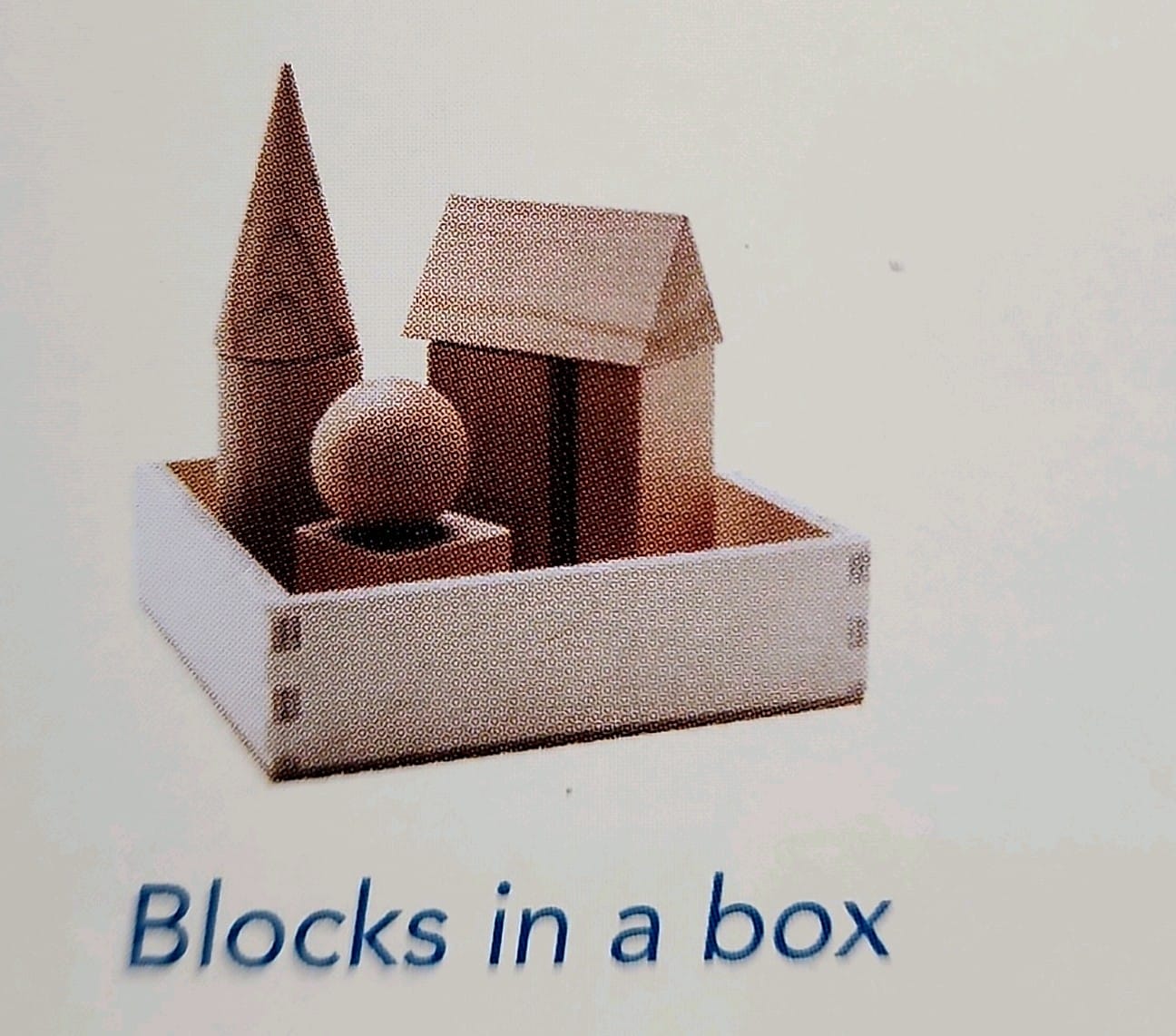
-
Kia ora
Welcome to term2In this week we will recap learning and practice how to draw 3D shapes using isometric methods with rendering.
Success Criteria:
I have gained knowledge and skills in fundamental visual communication techniques and graphic design principles
I can freehand draw 3D shapes - Cubes using both oblique and isometric methods
I can render my drawing
Activities:
- Free Hand Drawing Techniques - 2D @ 3D - Cubes and boxes
- Crating using isometric method
- Drawing different 3D shapes
- Conveying Light & Solid rendering
Learning:
Practice at home how to draw parallel lines cubes, crates and rendering.
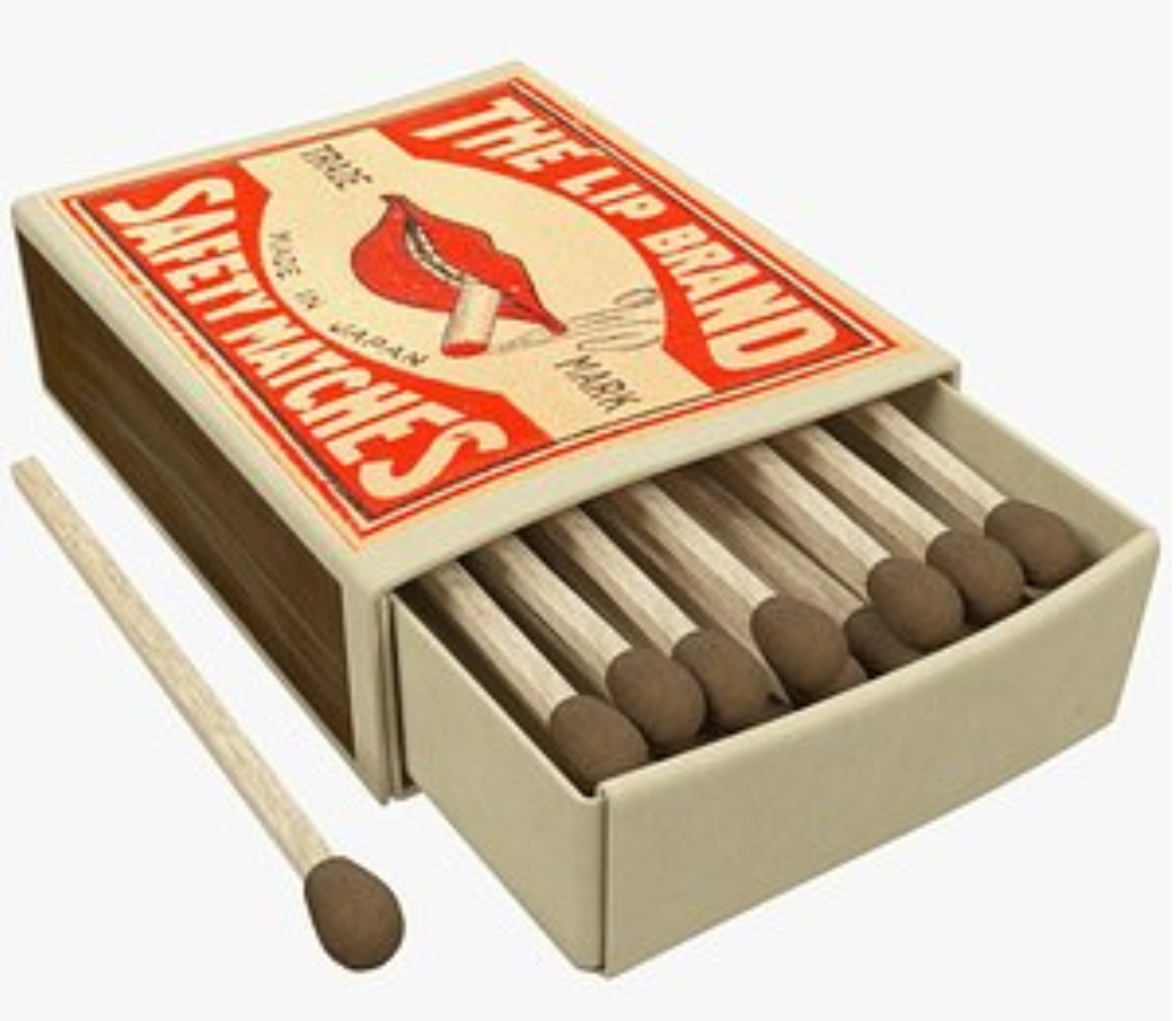
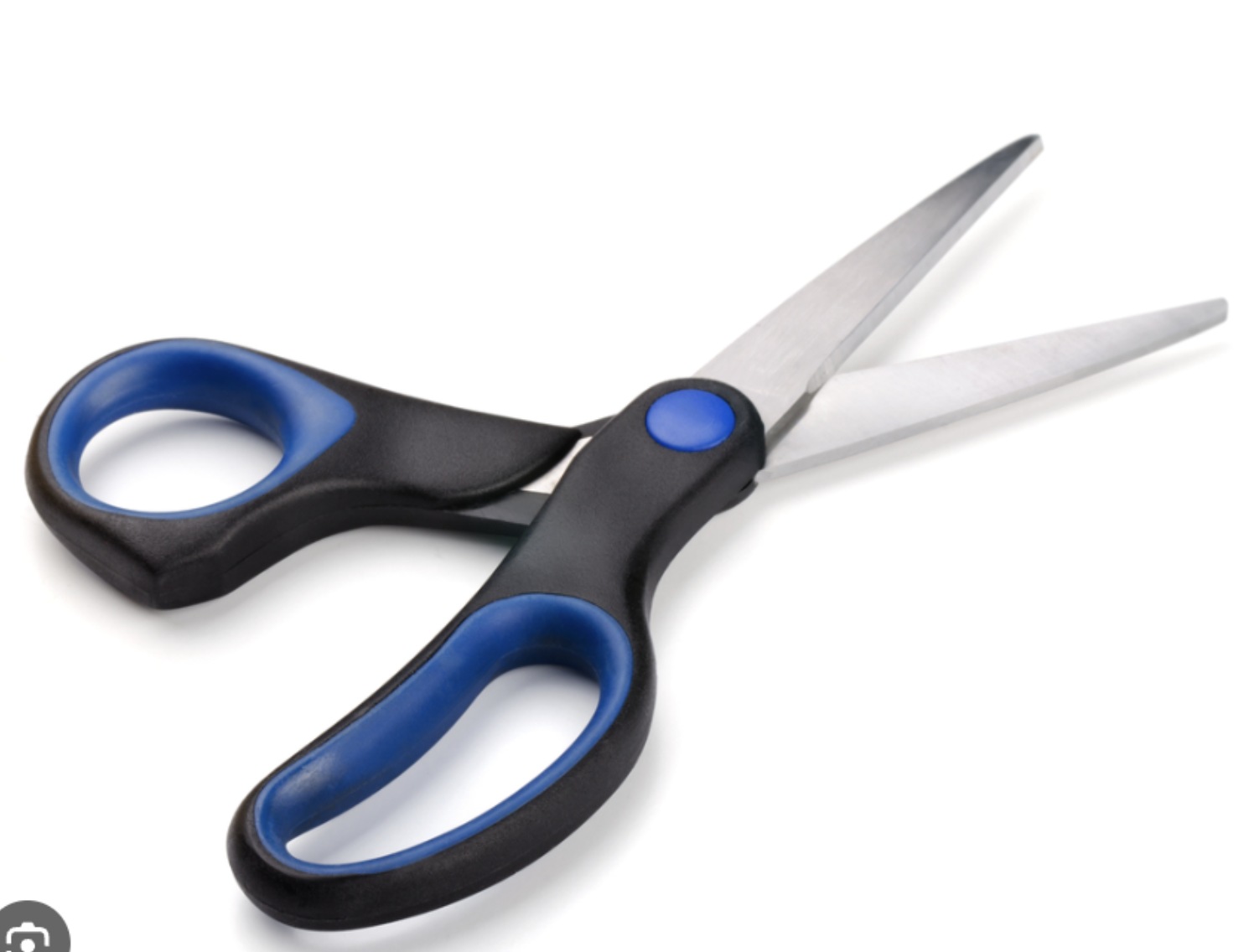
https://www.youtube.com/watch?v=x9L9Vfj0UFE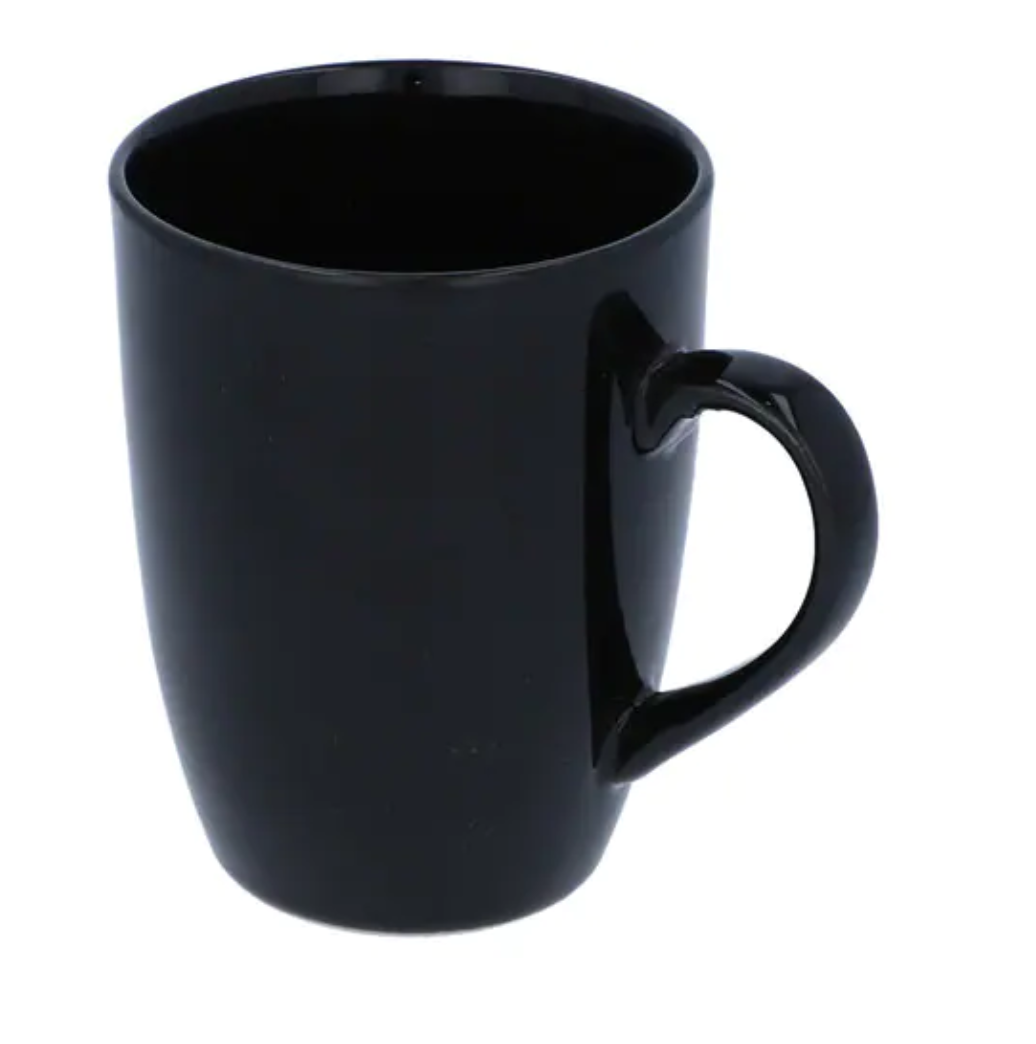
-
Kia ora
Welcome to term2Big Idea:
Beginning our first design project (Mailbox Design)
Learning Intentions: We are learning to (WALT)...
understand the design process and begin the design of your mailbox
Success Criteria: I can/have...
follow the design process to design a mailbox
Activities:
- download the design guide (Google Classroom) and follow the tasks
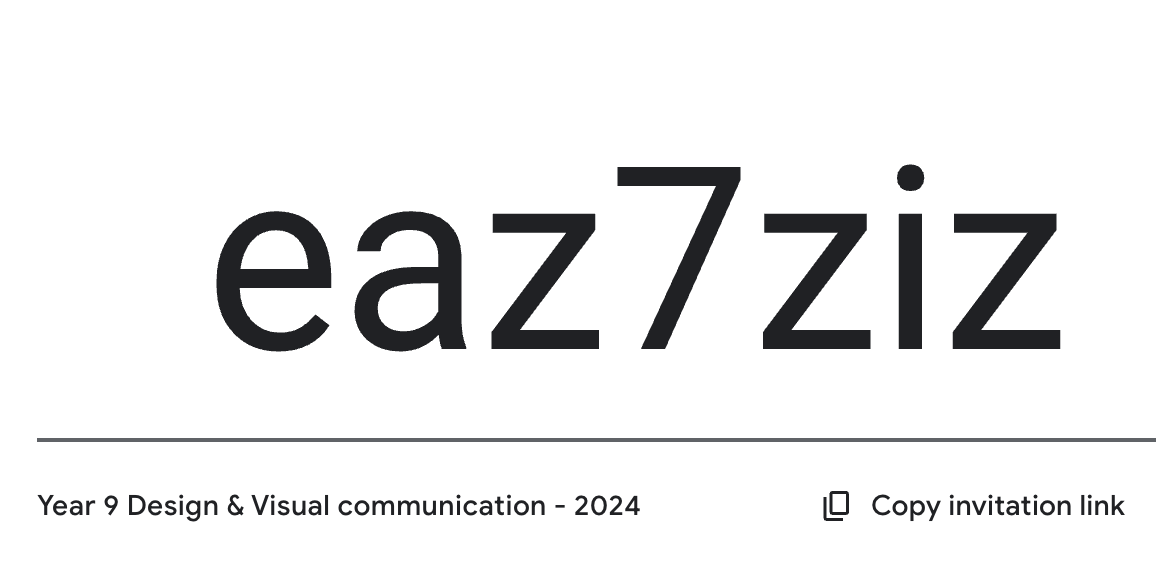

-
Kia ora
Welcome to term2Big Idea:
Beginning our first design project (Mailbox Design)
Learning Intentions: We are learning to (WALT)...
understand the design process and begin the design of your mailbox
Success Criteria: I can/have...
follow the design process to design a mailbox


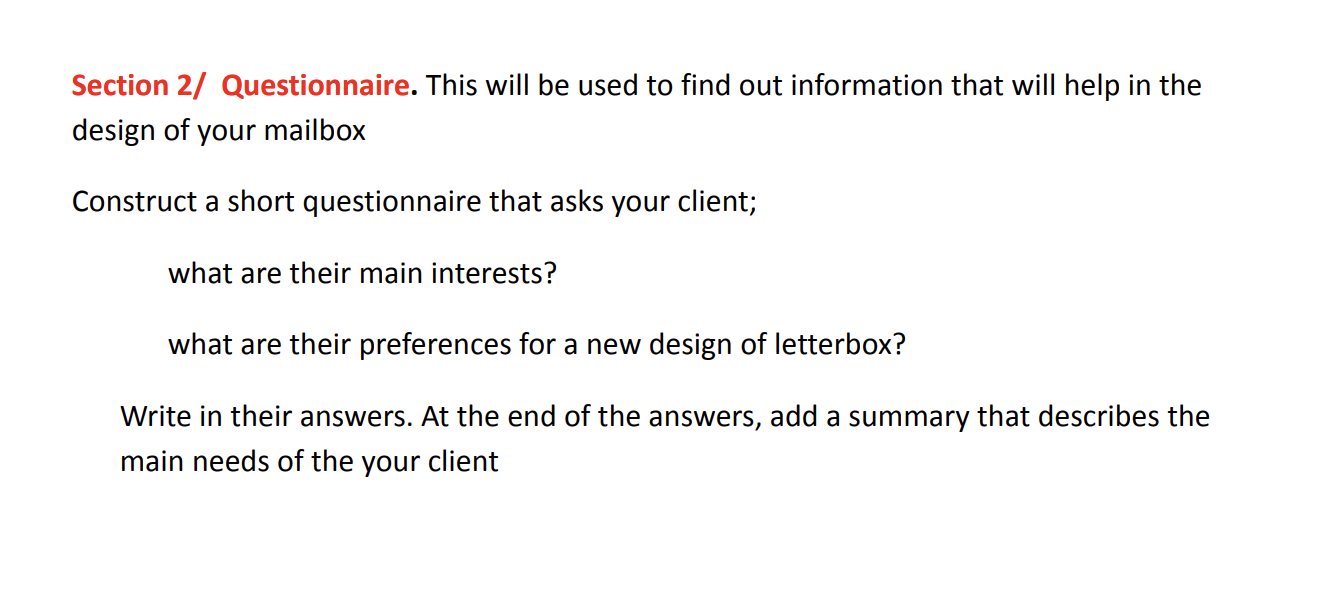
-
Kia ora
Big Idea:
Beginning our first design project (Mailbox Design)
Learning Intentions: We are learning to (WALT)...
understand the design process and begin the design of your mailbox
Success Criteria: I can/have...
follow the design process to design a mailbox
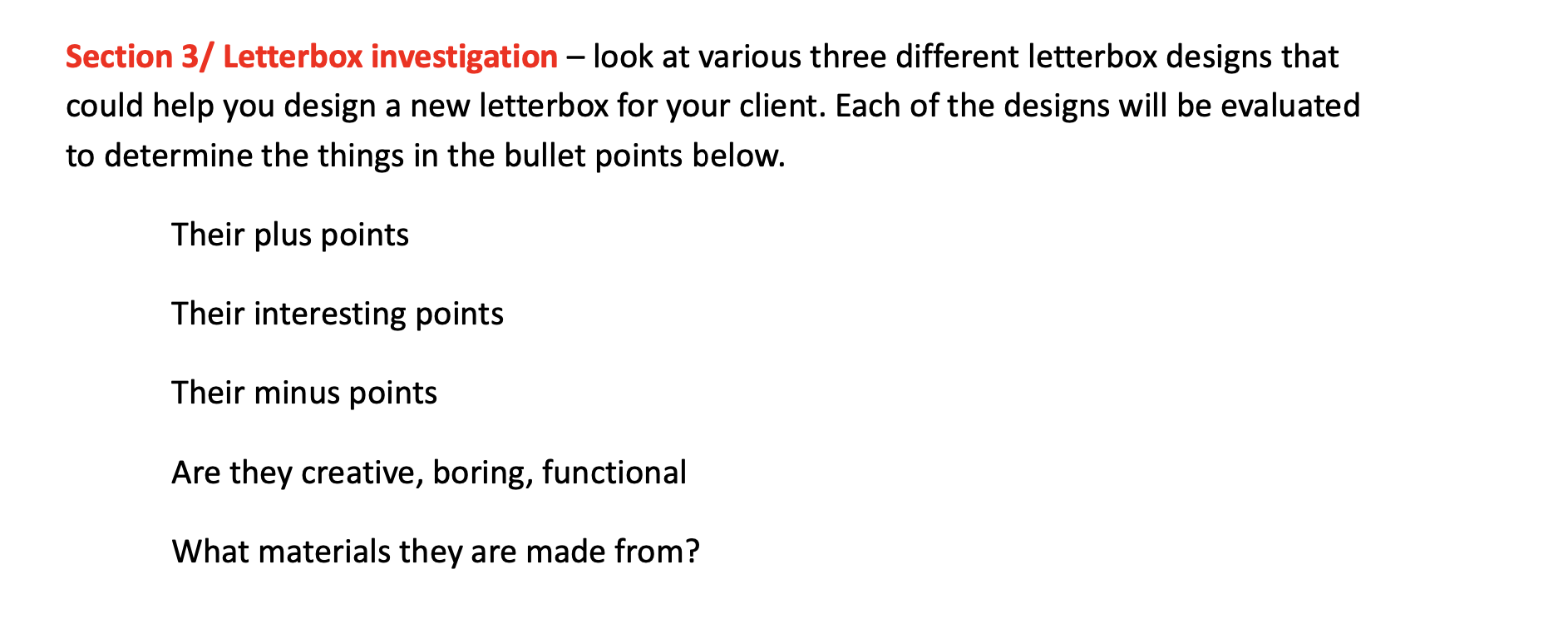
-
Kia ora
Big Idea:
Beginning our first design project (Mailbox Design)
Learning Intentions: We are learning to (WALT)...
understand the design process and begin the design of your mailbox
Success Criteria: I can/have...
follow the design process to design a mailbox

-
Kia ora
Big Idea:
Beginning our first design project (Mailbox Design)
Learning Intentions: We are learning to (WALT)...
understand the design process and begin the design of your mailbox
Success Criteria: I can/have...
follow the design process to design a mailbox
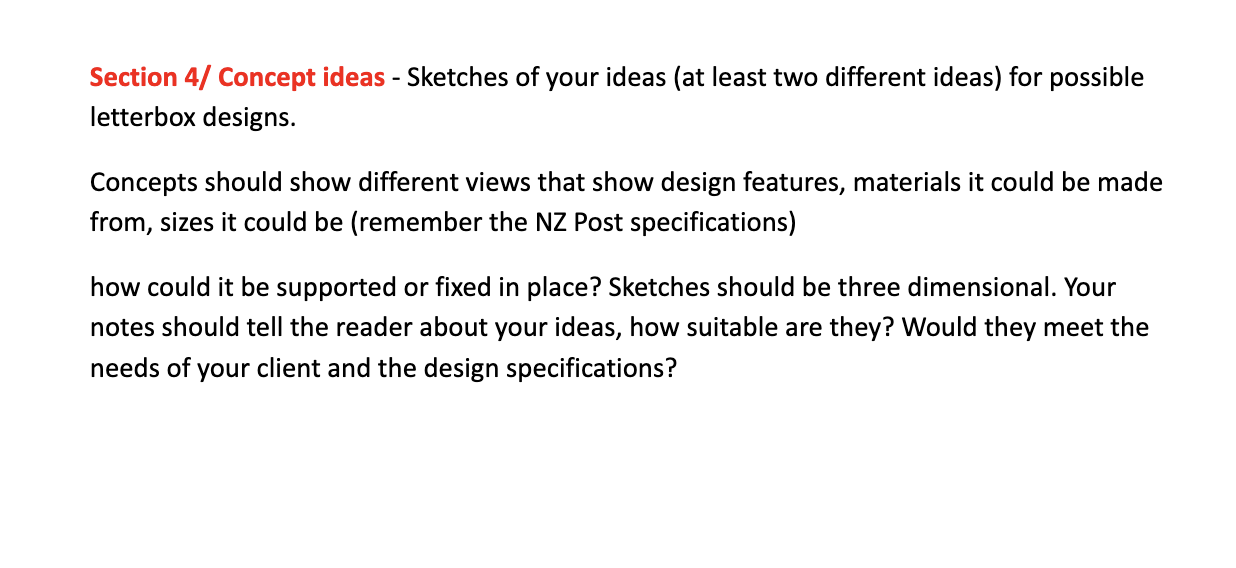

-
Kia ora
Big Idea:
Beginning our first design project (Mailbox Design)
Learning Intentions: We are learning to (WALT)...
understand the design process and begin the design of your mailbox
Success Criteria: I can/have...
follow the design process to design a mailbox
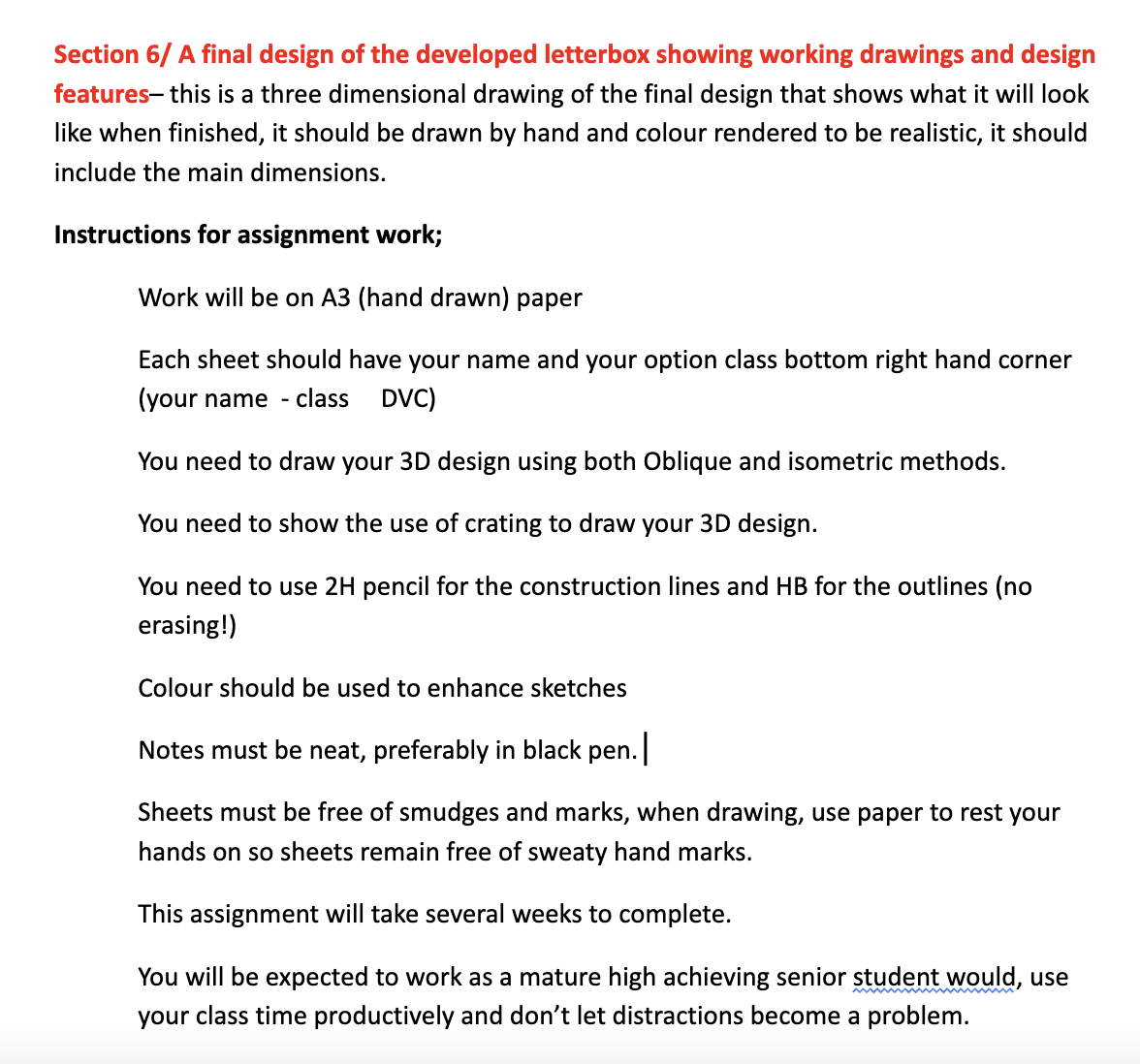
-
Kia ora
Big Idea:
Beginning our first design project (Mailbox Design)
Learning Intentions: We are learning to (WALT)...
understand the design process and begin the design of your mailbox
Success Criteria: I can/have...
follow the design process to design a mailbox
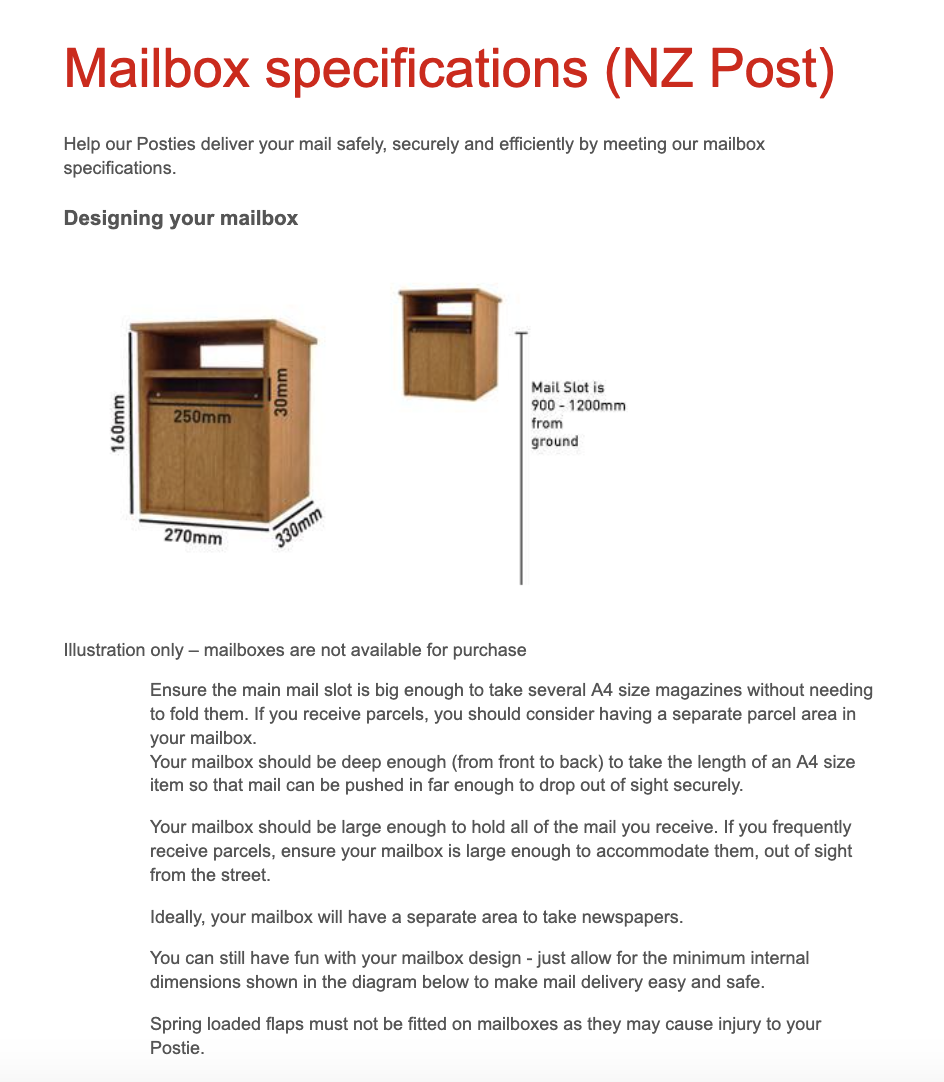
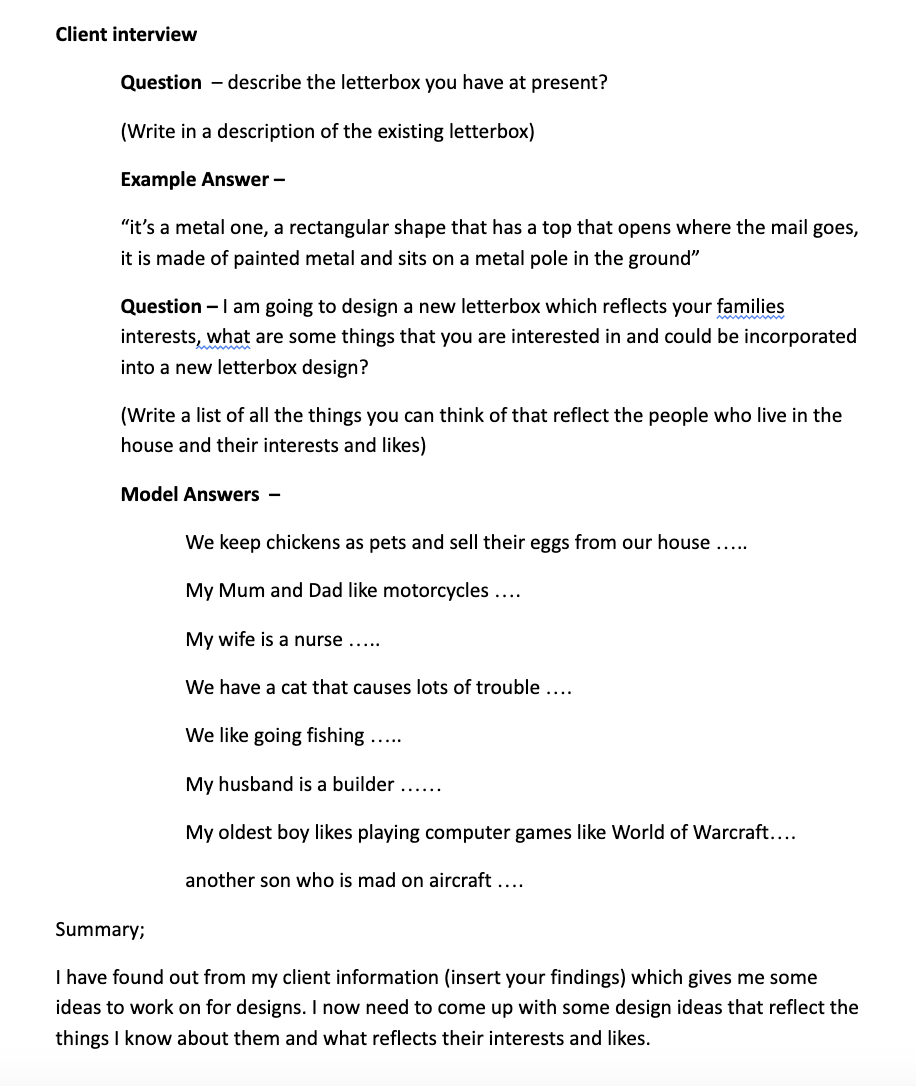
-
Kia ora
Big Idea:
Beginning our first design project (Mailbox Design)
Learning Intentions: We are learning to (WALT)...
understand the design process and begin the design of your mailbox
Success Criteria: I can/have...
follow the design process to design a mailbox
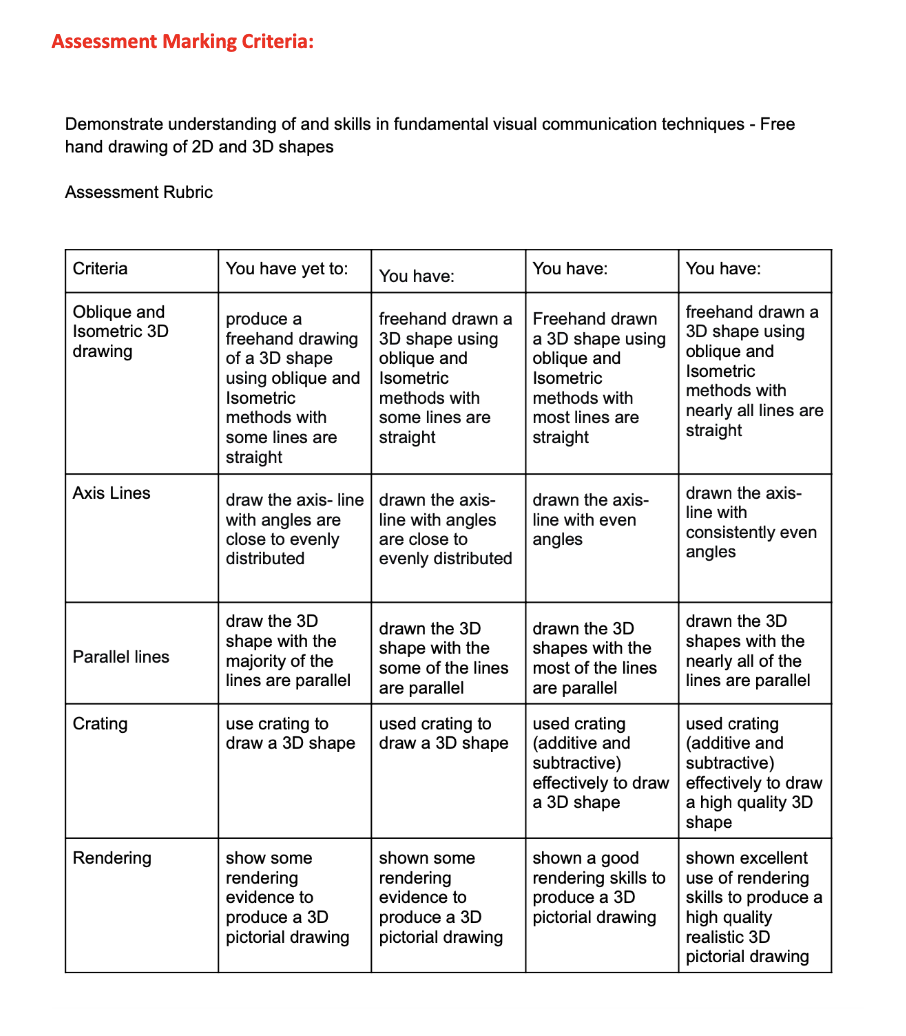
-
Kia ora 9DVC class
Your DVC assessment -1 will be due for submission on Thursday 25/07/24. Please make every effort to complete and submit by the due date.
-
Kia ora
In this week we will start learning about instrumental drawing using the Set square and drawing boards. We will learn about 2D and 3D drawing.
Learning Intentions: We are learning to (WALT)...
- Become profecient at using drawing board, T square, set squares, compass
Success Criteria: I can/have...
- complete the exercises to the required standard
Activities:
- Intro to DVC, seating, storage of personal bags
- expectations (attendance, quality, completion of work) show equipment used and storage of equipment
- students set up with boards and equipment, 2H and HB
- pencil types, using pencils correctly, line types, drawing sequence
- exercise 1 Using A3 paper, lines and angles, set squares, T square, correct use of pencils and eraser
- exercise 2 using worksheet,Measuring, dimensions, set squares, printing
Homework:
Explore types of drawing tools and types of pencils.First I will start with my Pepeha:
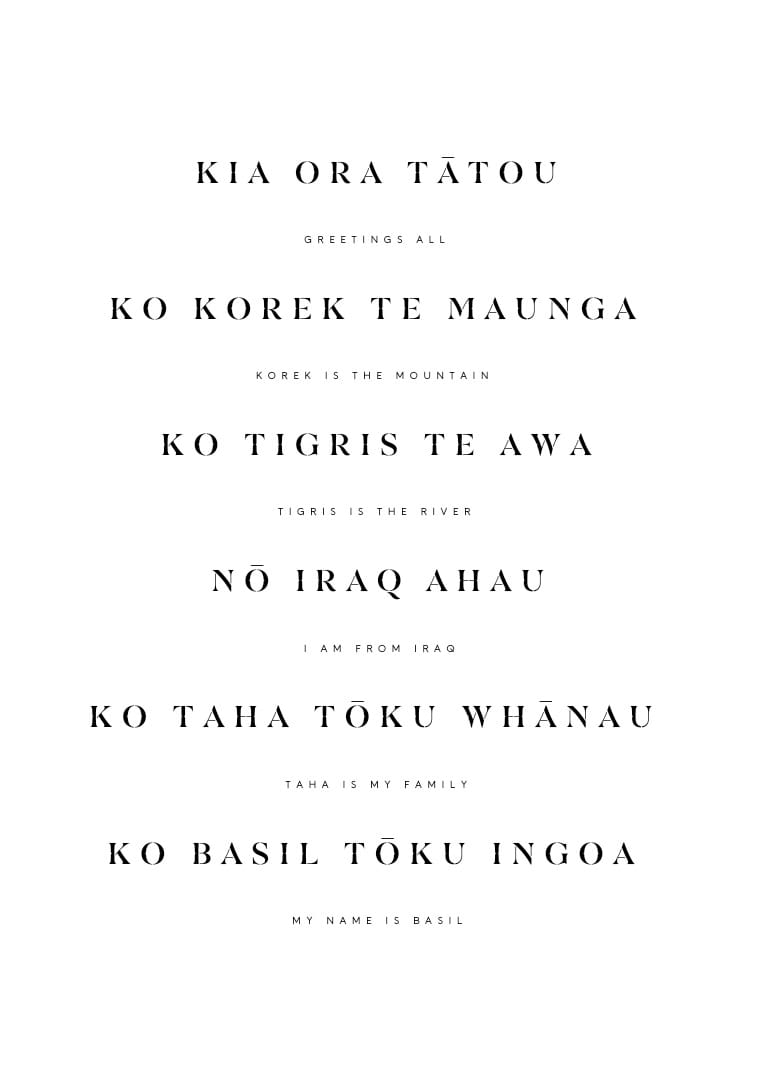
Our class karakia:

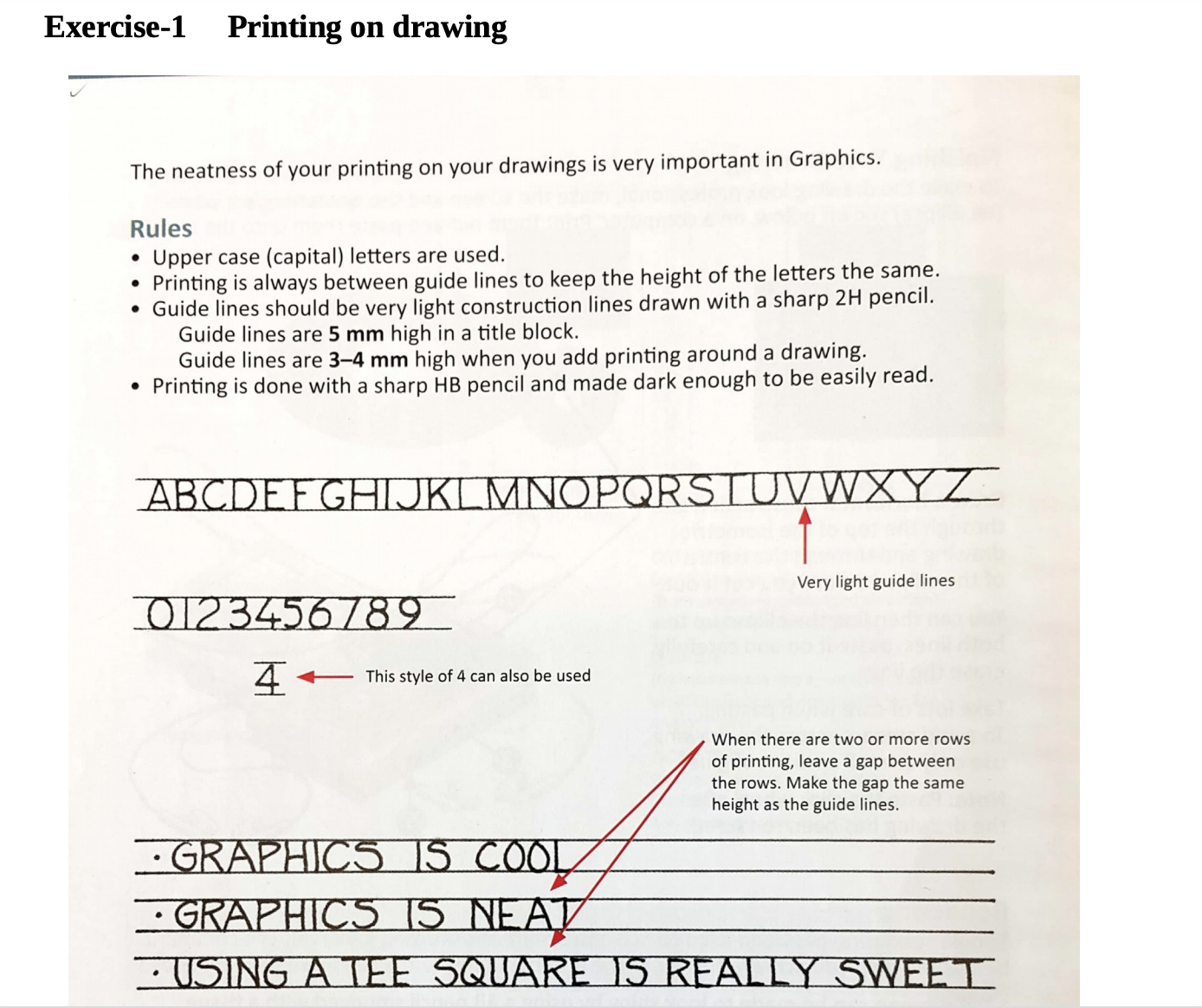
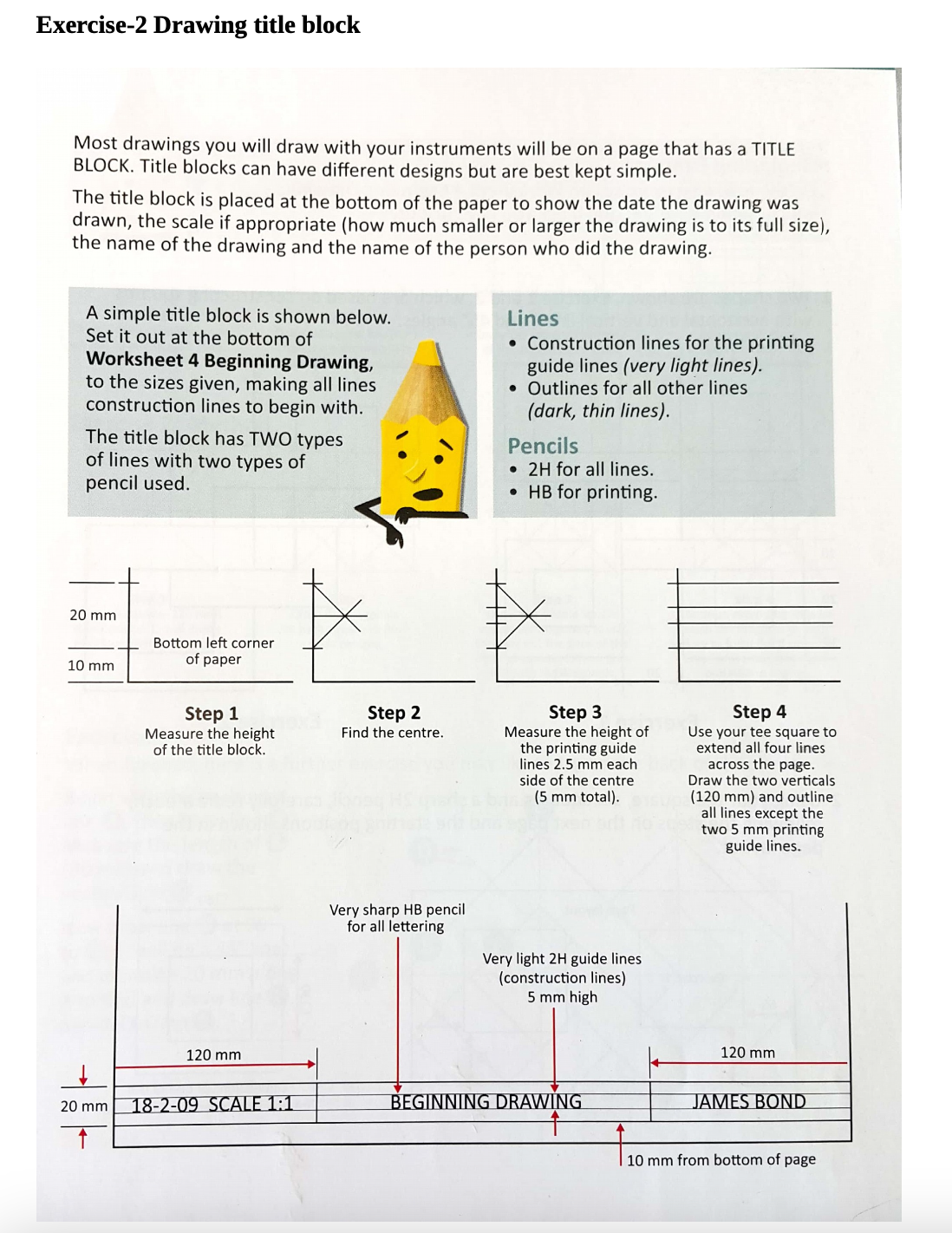
-
Opened: Thursday, 23 May 2024, 12:00 AMDue: Thursday, 25 July 2024, 3:00 PM
-
Kia ora
In this week we will start learning about instrumental drawing using the Set square and drawing boards. We will learn about 2D and 3D drawing.
Learning Intentions: We are learning to (WALT)...
- Become profecient at using drawing board, T square, set squares, compass
Success Criteria: I can/have...
- complete the exercises to the required standard
Activities:
- Intro to DVC, seating, storage of personal bags
- expectations (attendance, quality, completion of work) show equipment used and storage of equipment
- students set up with boards and equipment, 2H and HB
- pencil types, using pencils correctly, line types, drawing sequence
- exercise 1 Using A3 paper, lines and angles, set squares, T square, correct use of pencils and eraser
- exercise 2 using worksheet,Measuring, dimensions, set squares, printing
Homework:
Explore types of drawing tools and types of pencils.

-
In this week we will continue learning about instrumental drawing using the Set square and drawing boards. We will learn about 2D and 3D drawing.
Learning Intentions: We are learning to (WALT)...
- Become profecient at using drawing board, T square, set squares, compass
Success Criteria: I can/have...
- complete the exercises to the required standard
Activities:
- students set up with boards and equipment, 2H and HB
- pencil types, using pencils correctly, line types, drawing sequence
- exercise 1 Using A3 paper, lines and angles, set squares, T square, correct use of pencils and eraser
- exercise 2 using worksheet,Measuring, dimensions, set squares, printing
Homework:
Explore types of drawing tools and types of pencils.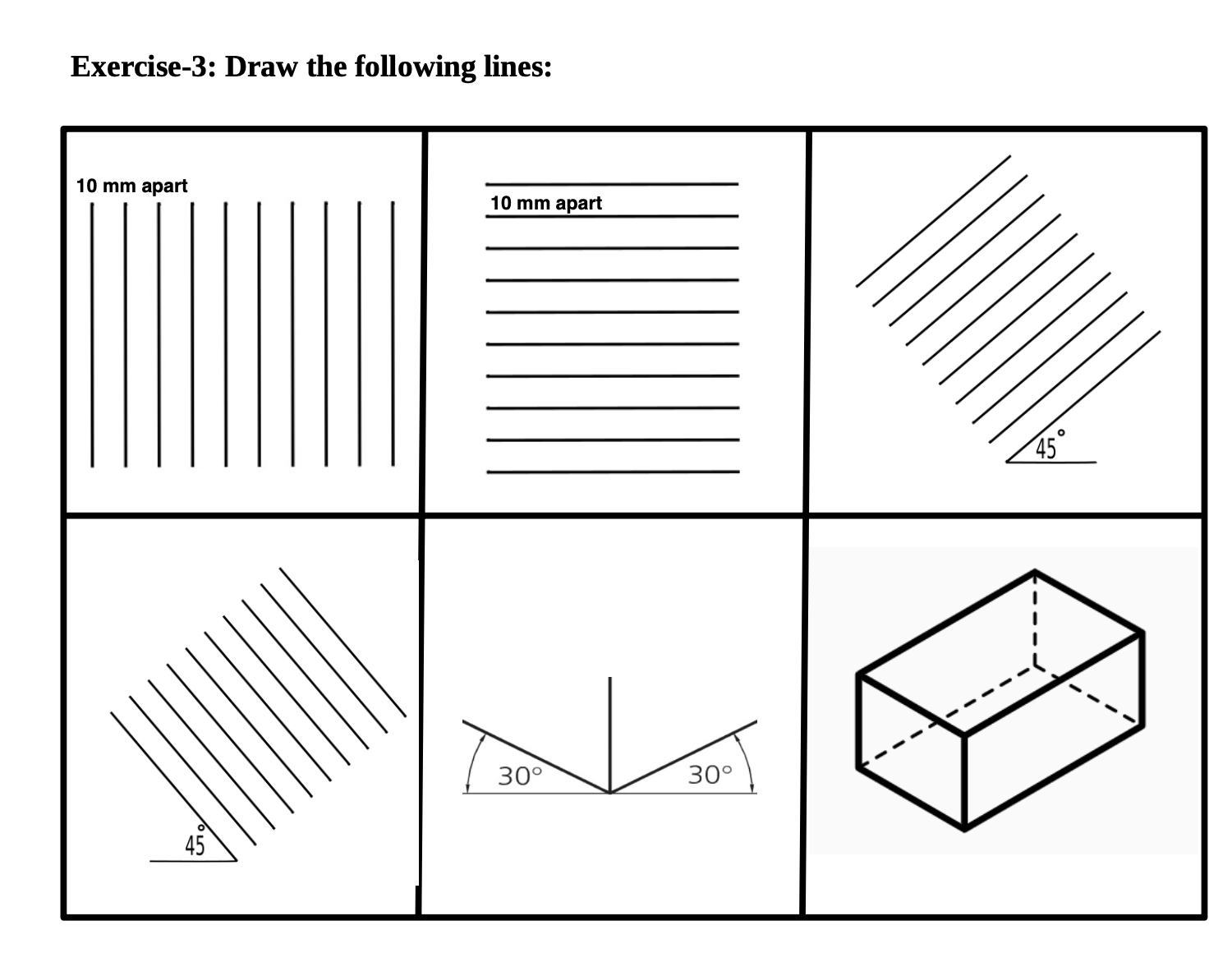
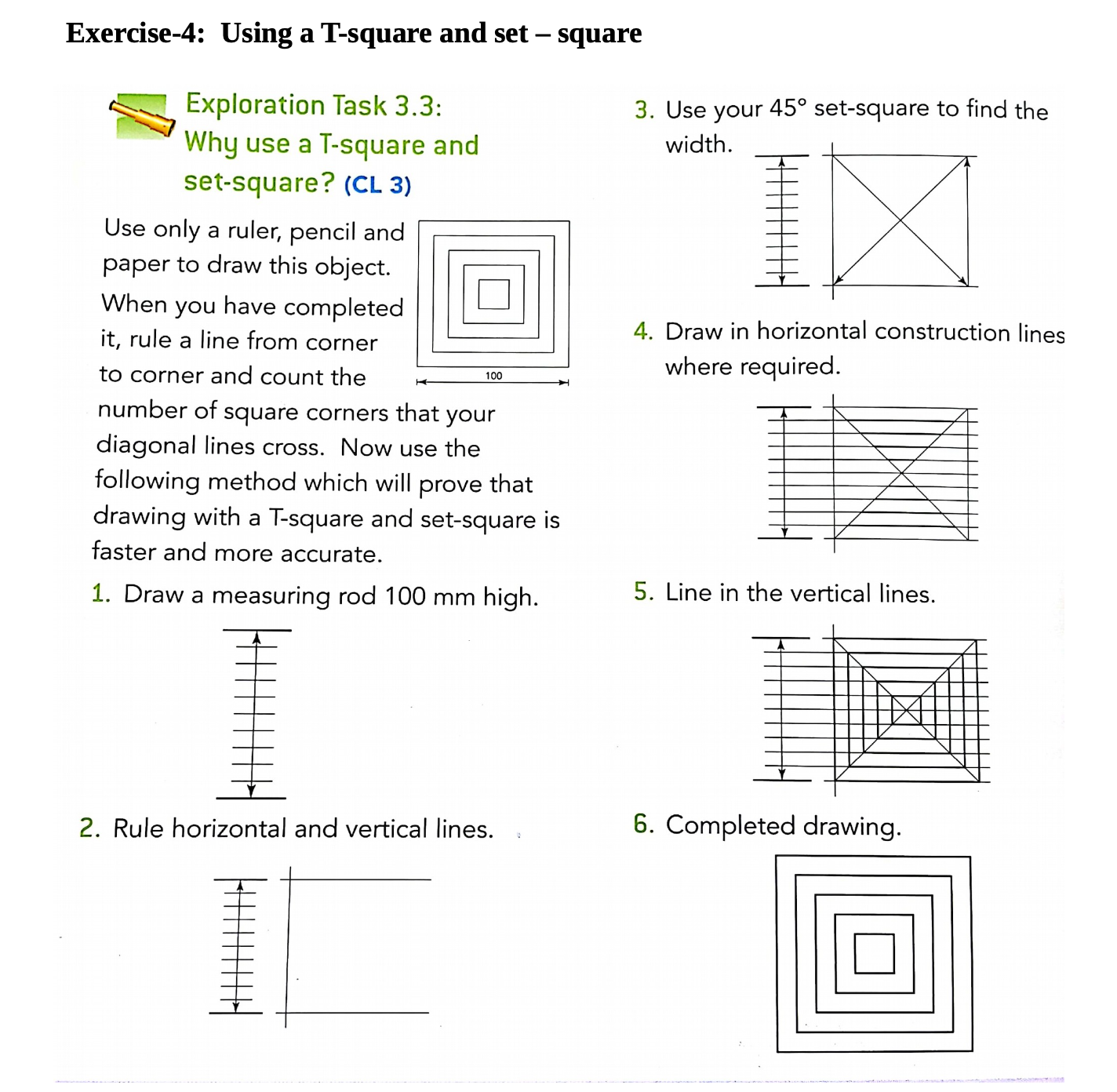
-
We will continue learning about instrumental drawing using the Set square and drawing boards. We will learn about 2D and 3D drawing.
Learning Intentions: We are learning to (WALT)...
- Become profecient at using drawing board, T square, set squares, compass
Success Criteria: I can/have...
- complete the exercises to the required standard
Activities:
- students set up with boards and equipment, 2H and HB
- pencil types, using pencils correctly, line types, drawing sequence
- exercise 1 Using A3 paper, lines and angles, set squares, T square, correct use of pencils and eraser
- exercise 2 using worksheet,Measuring, dimensions, set squares, printing
Homework:
Explore types of drawing tools and types of pencils.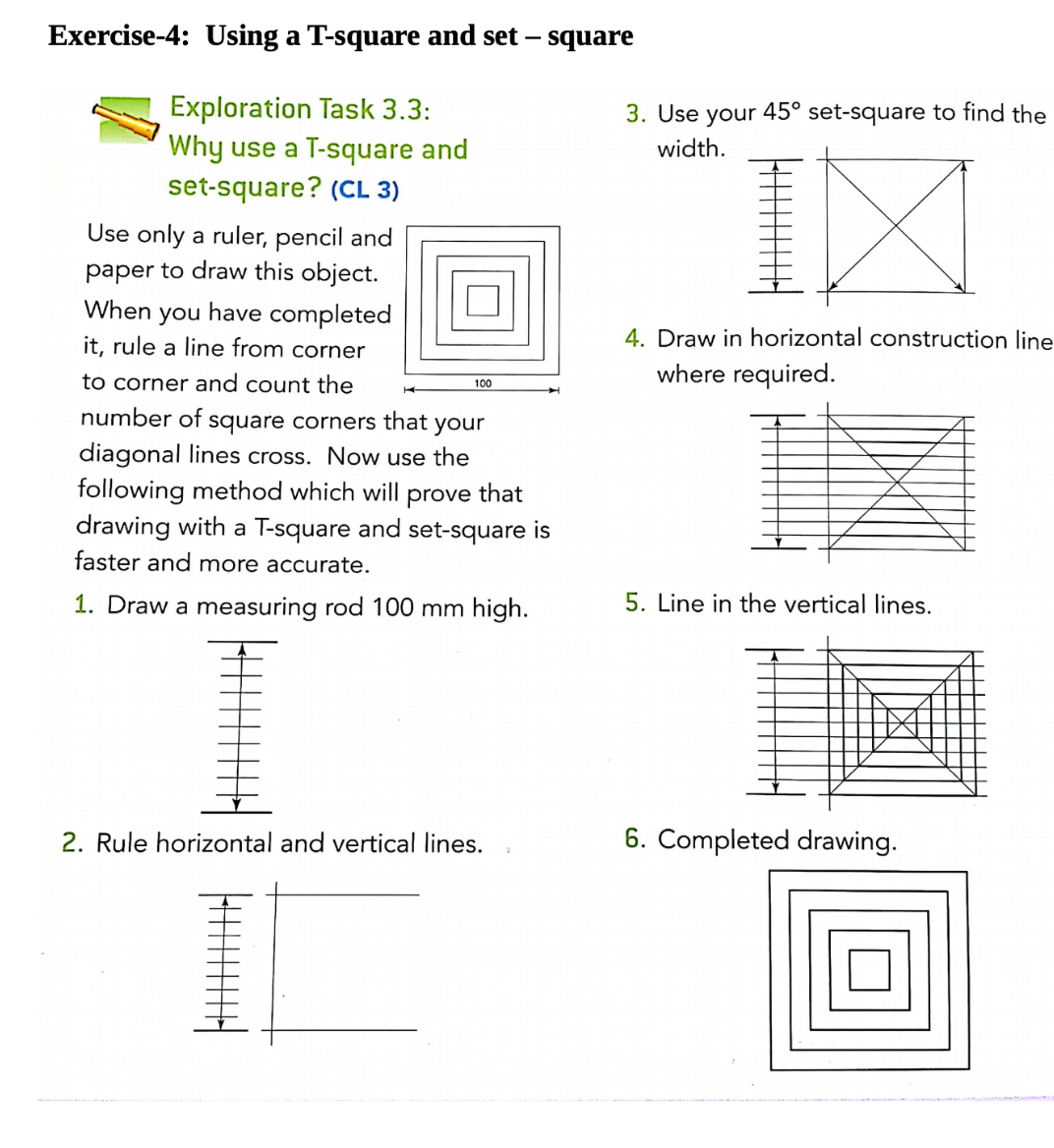
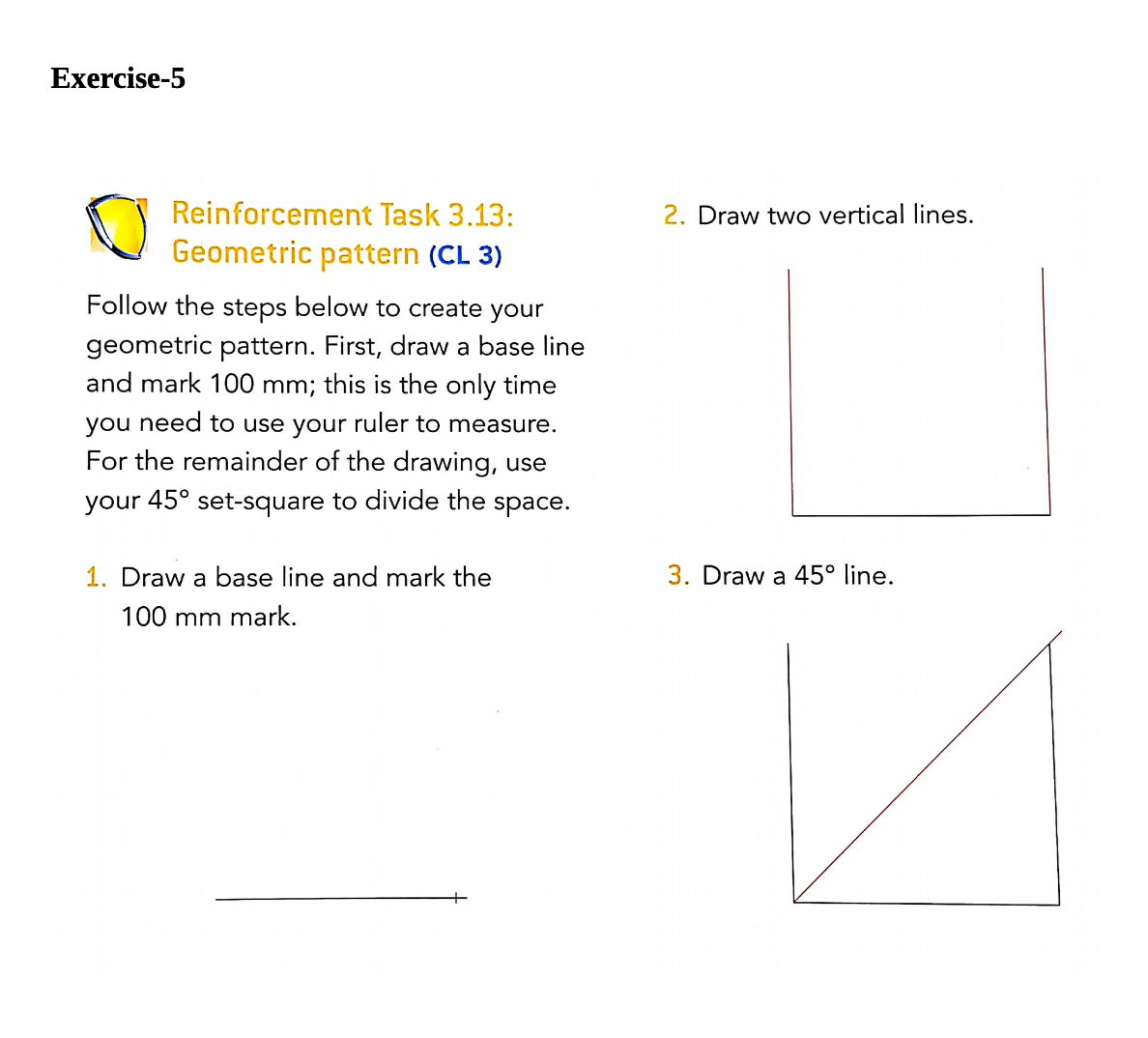
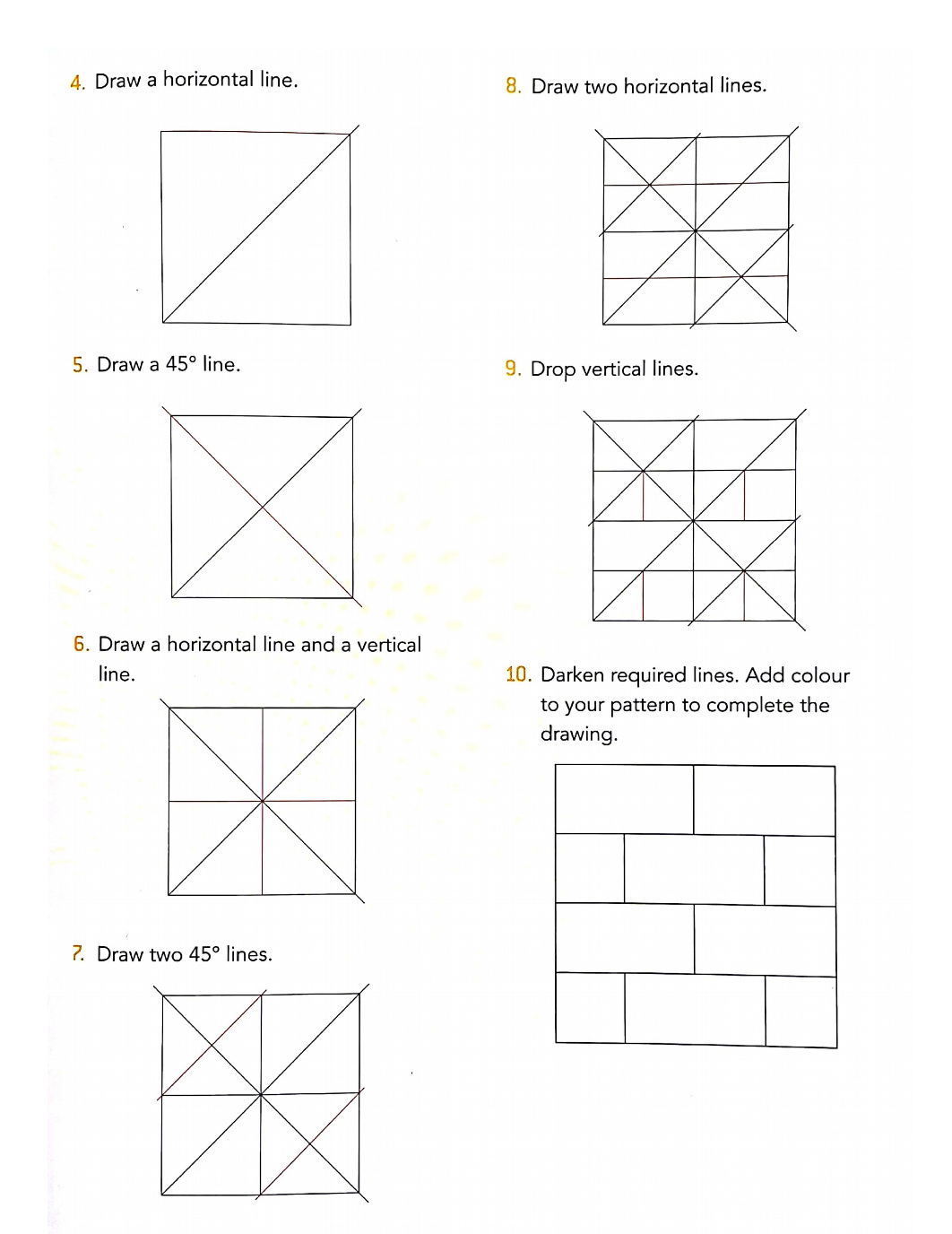
-
We will continue learning about instrumental drawing using the Set square and drawing boards. We will learn about 2D and 3D drawing.
Learning Intentions: We are learning to (WALT)...
- Become profecient at using drawing board, T square, set squares, compass
Success Criteria: I can/have...
- complete the exercises to the required standard
Activities:
- students set up with boards and equipment, 2H and HB
- pencil types, using pencils correctly, line types, drawing sequence
- exercise 1 Using A3 paper, lines and angles, set squares, T square, correct use of pencils and eraser
- exercise 2 using worksheet,Measuring, dimensions, set squares, printing
Homework:
Explore types of drawing tools and types of pencils.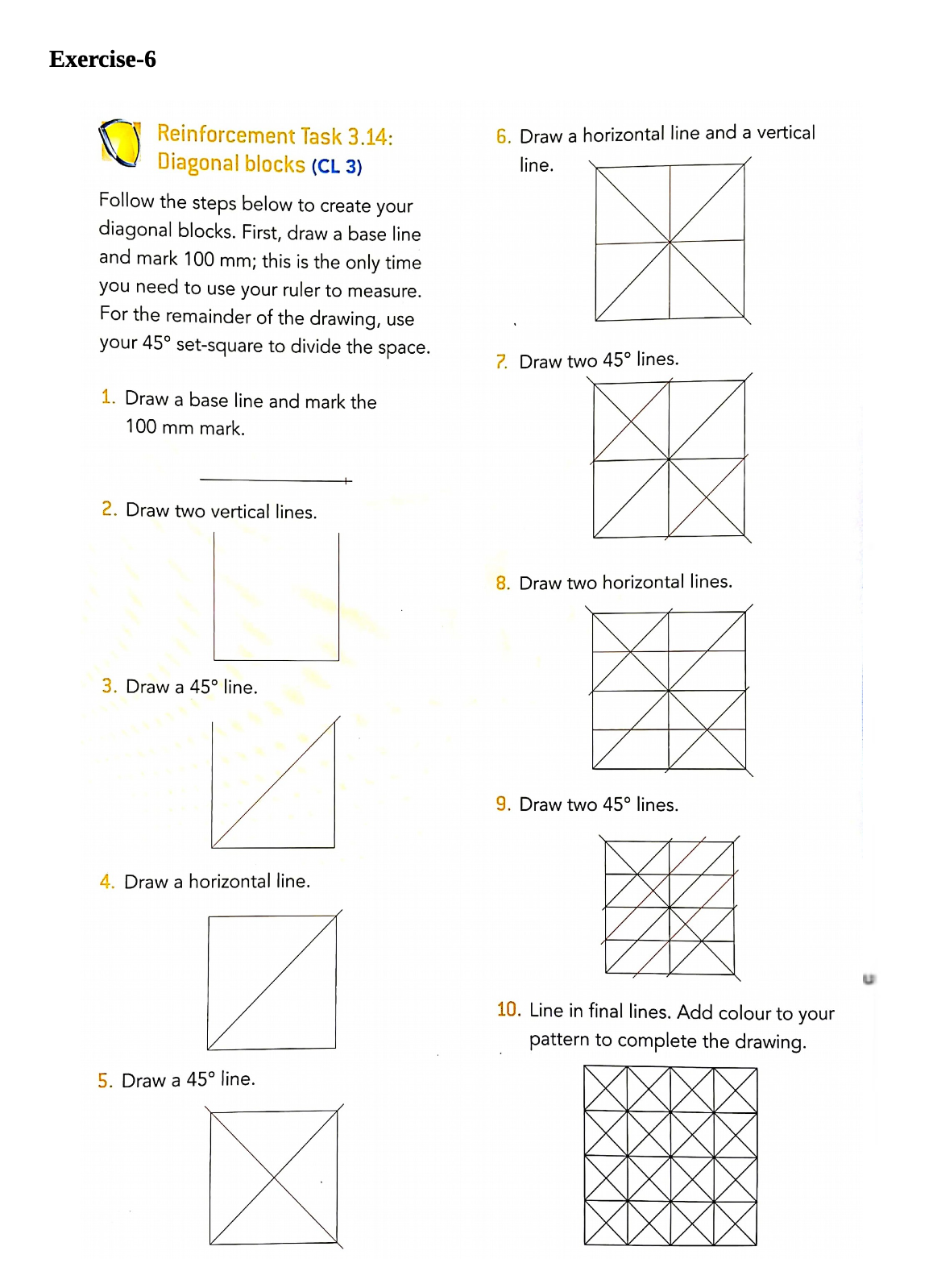
-
We will continue learning about instrumental drawing using the Set square and drawing boards. We will learn about 2D and 3D drawing.
Learning Intentions: We are learning to (WALT)...
- Become profecient at using drawing board, T square, set squares, compass
Success Criteria: I can/have...
- complete the exercises to the required standard
Activities:
- students set up with boards and equipment, 2H and HB
- pencil types, using pencils correctly, line types, drawing sequence
- exercise 1 Using A3 paper, lines and angles, set squares, T square, correct use of pencils and eraser
- exercise 2 using worksheet,Measuring, dimensions, set squares, printing
Homework:
Explore types of drawing tools and types of pencils.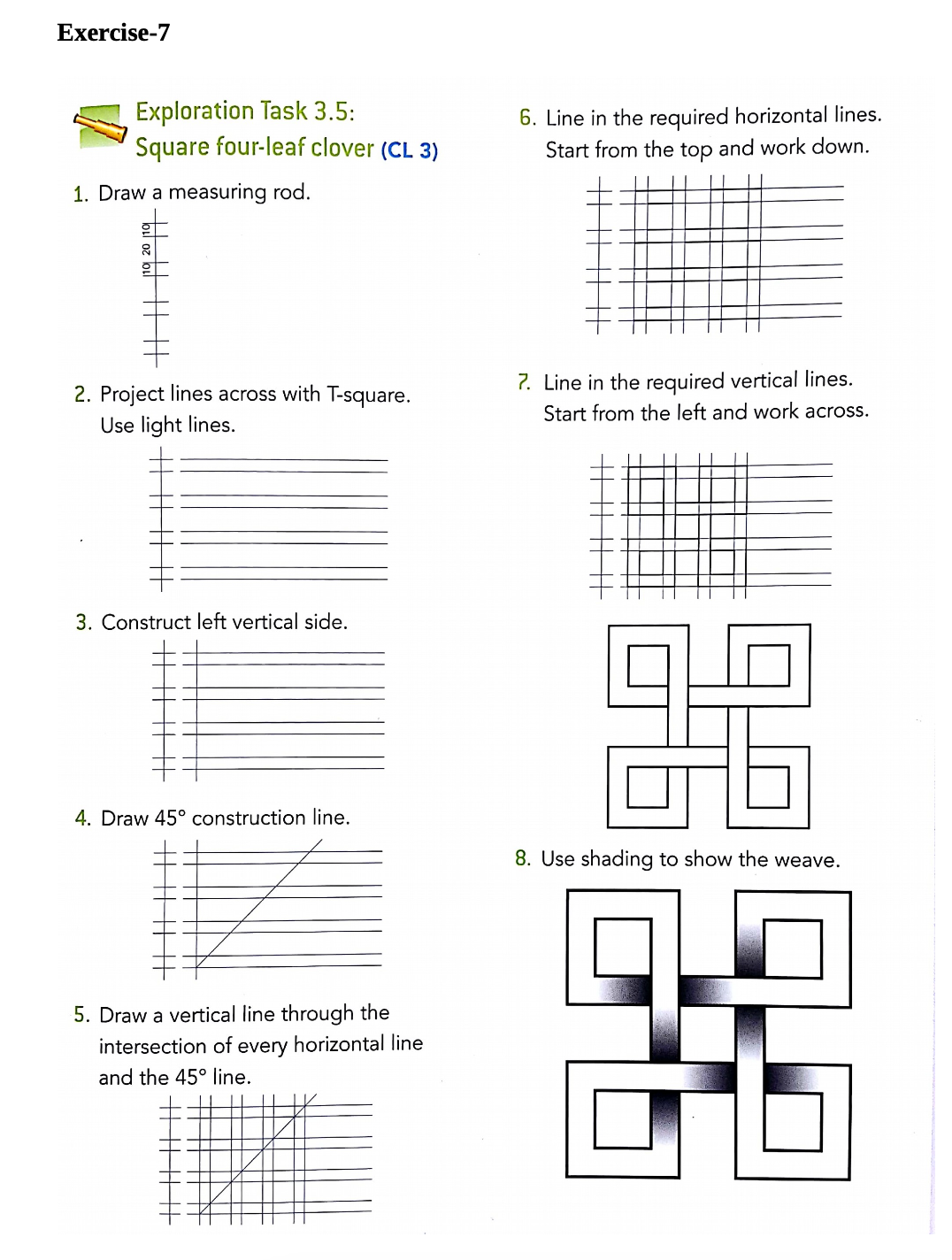
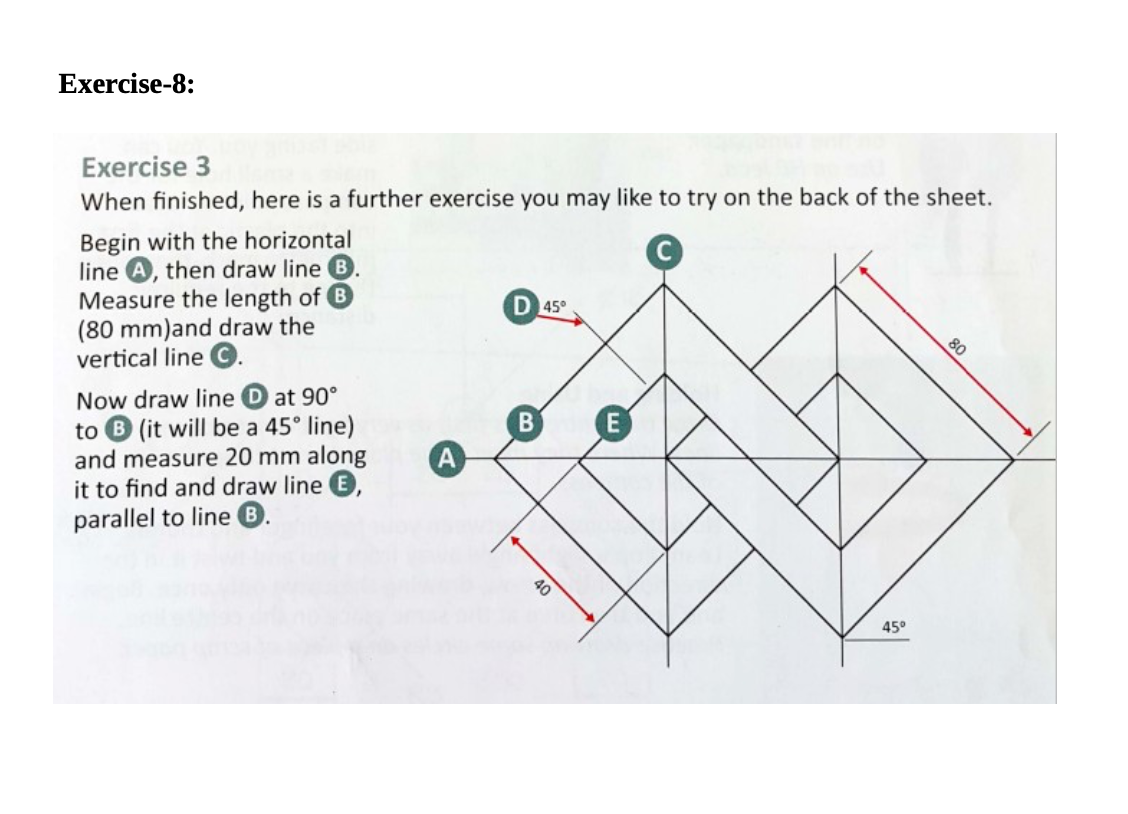
-
We will continue learning about instrumental drawing using the Set square and drawing boards. We will learn about 2D and 3D drawing.
Learning Intentions: We are learning to (WALT)...
- Become profecient at using drawing board, T square, set squares, compass
Success Criteria: I can/have...
- complete the exercises to the required standard
Activities:
- students set up with boards and equipment, 2H and HB
- pencil types, using pencils correctly, line types, drawing sequence
- exercise the figures below using A3 paper, lines and angles, set squares, T square, correct use of pencils and eraser
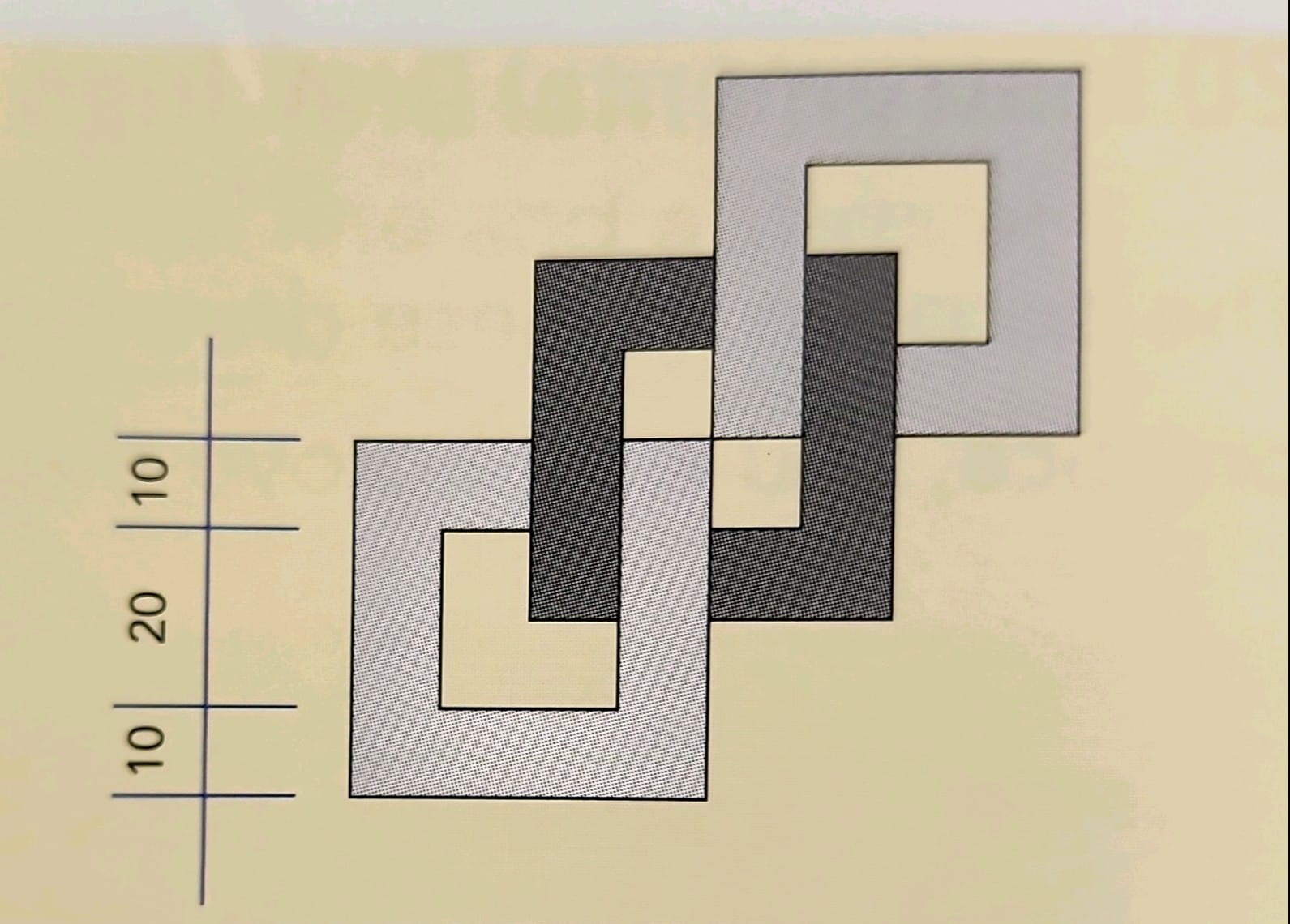
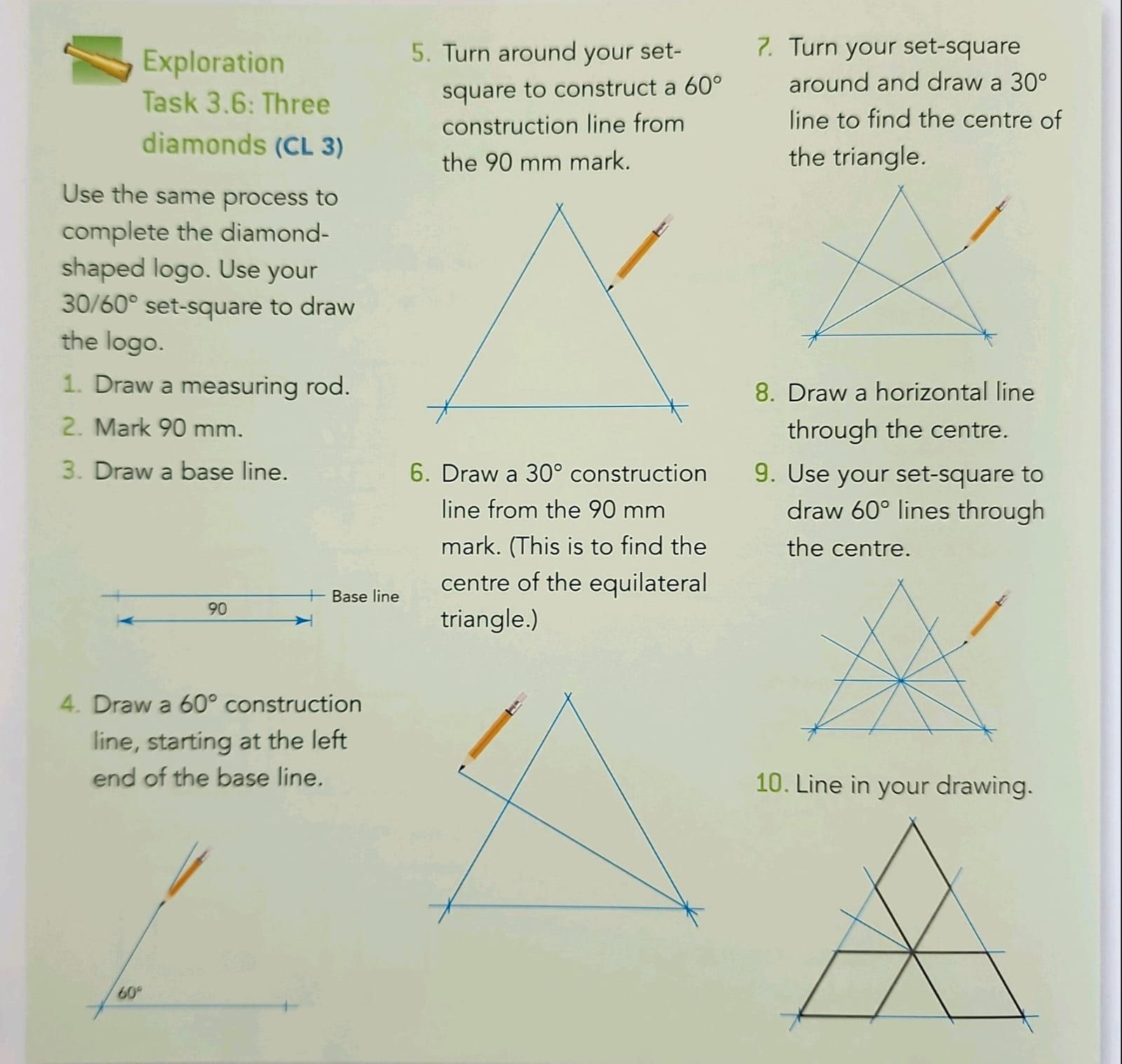
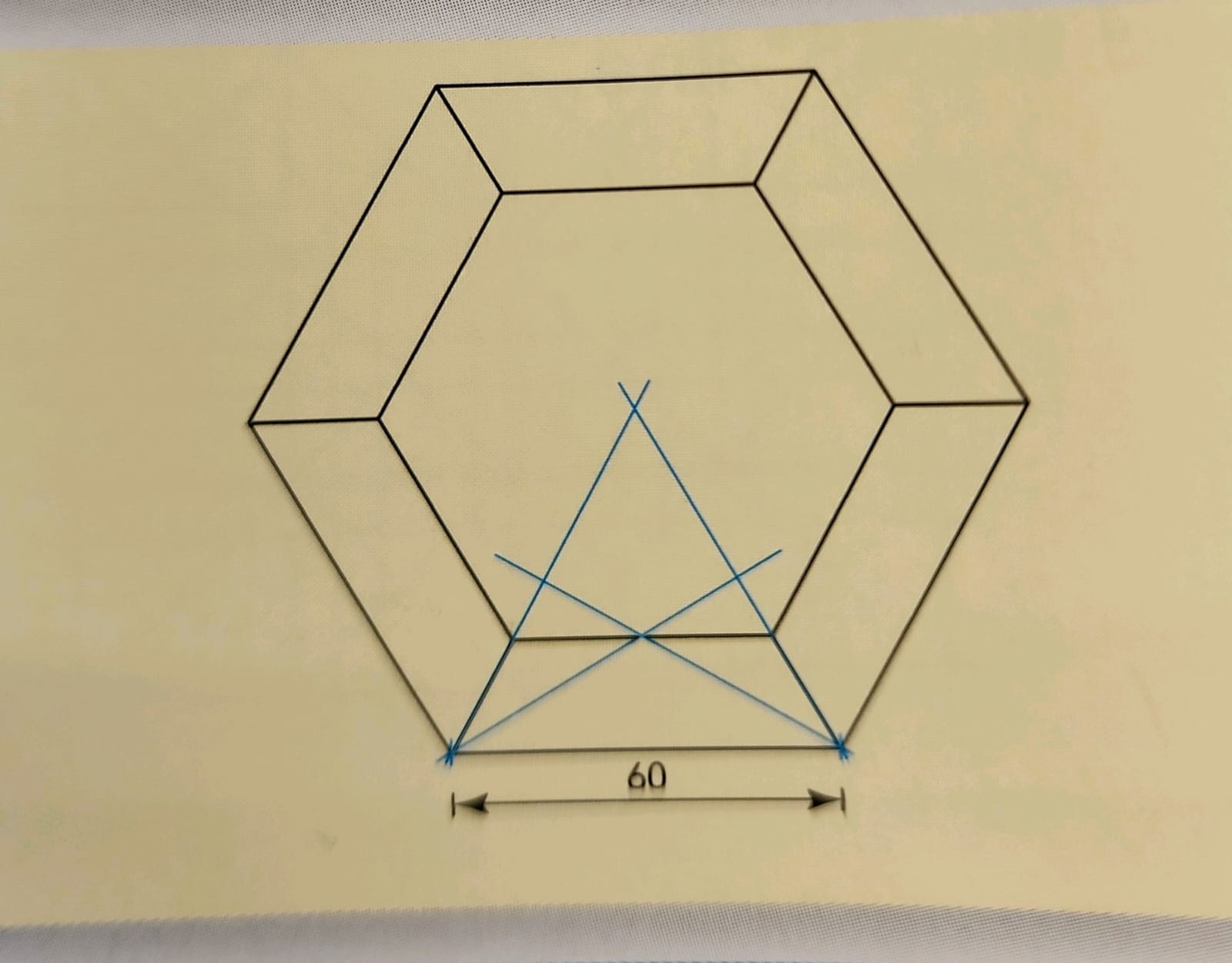
Now try these complex shapes: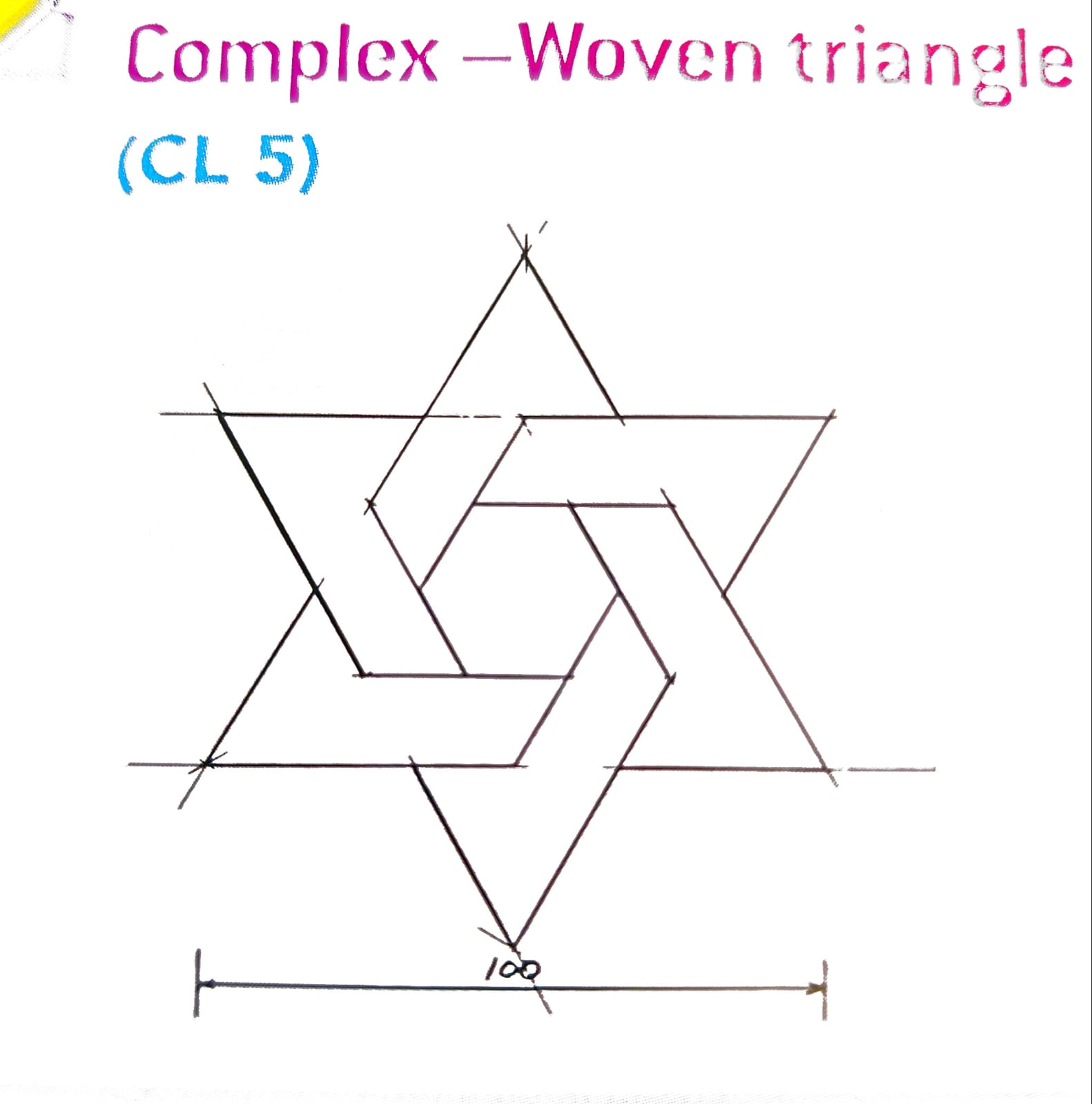
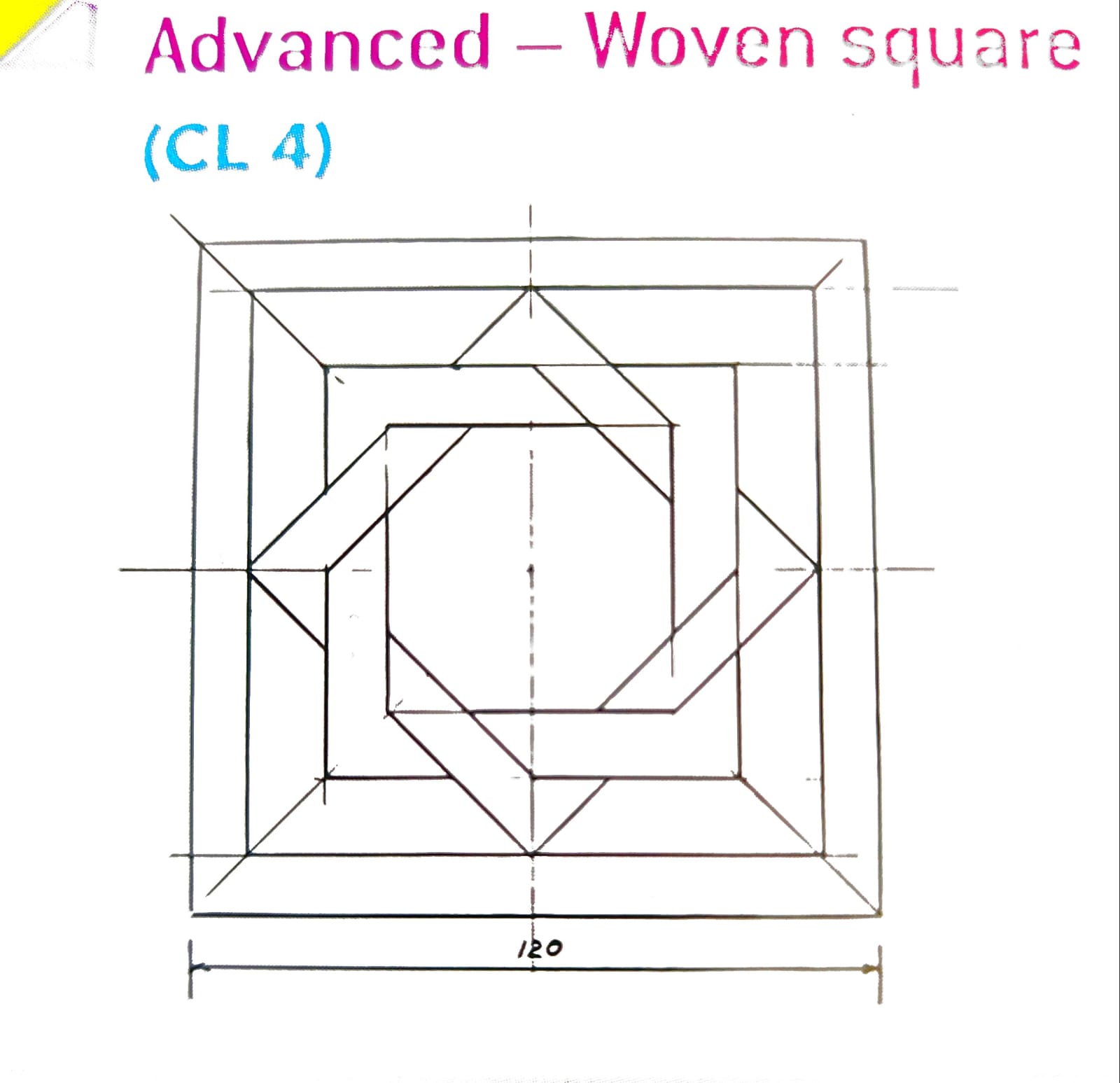
-
Kia Ora
In this week we will start learning about 3D isometric drawing and orthographic projections.
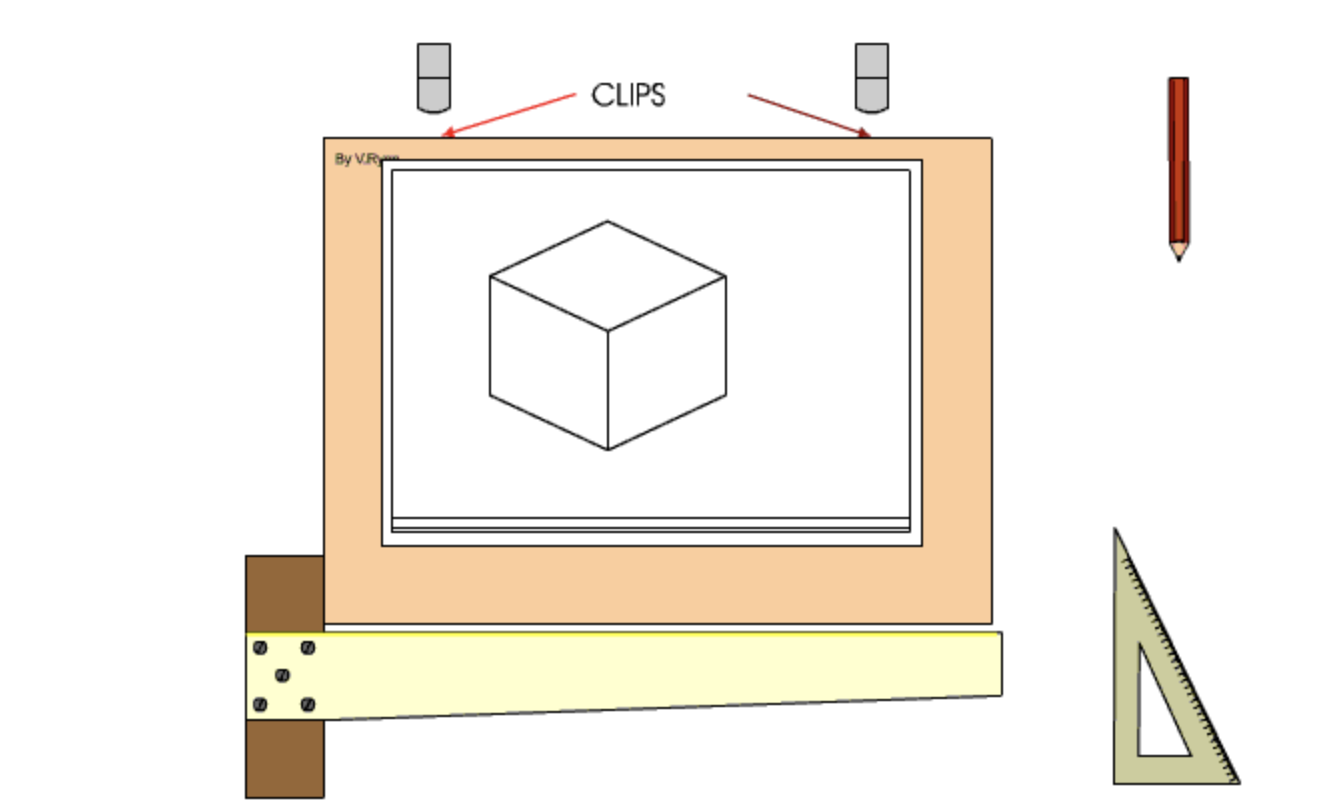
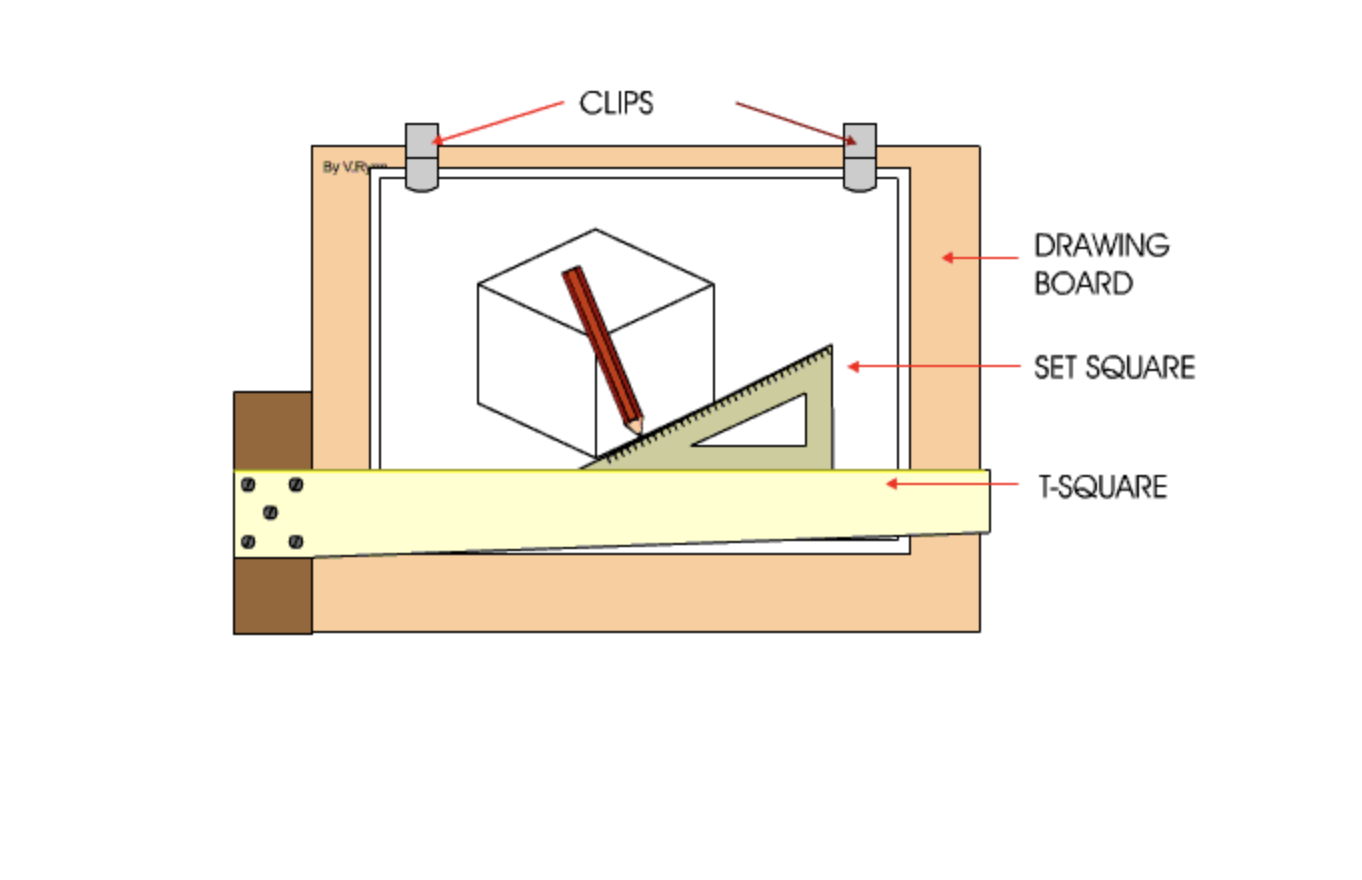
Learning Intentions: We are learning to (WALT).
- draw 3D shapes using isometric drawing
- draw an othographic projection to 3D shapes
- Success Criteria:
- I have completed an isometric drawing and an orthographic projection of a 3D shape.
Activities:
- Draw an isometric and orthographic projections for given 3D shaped. Use the link and shapes below:
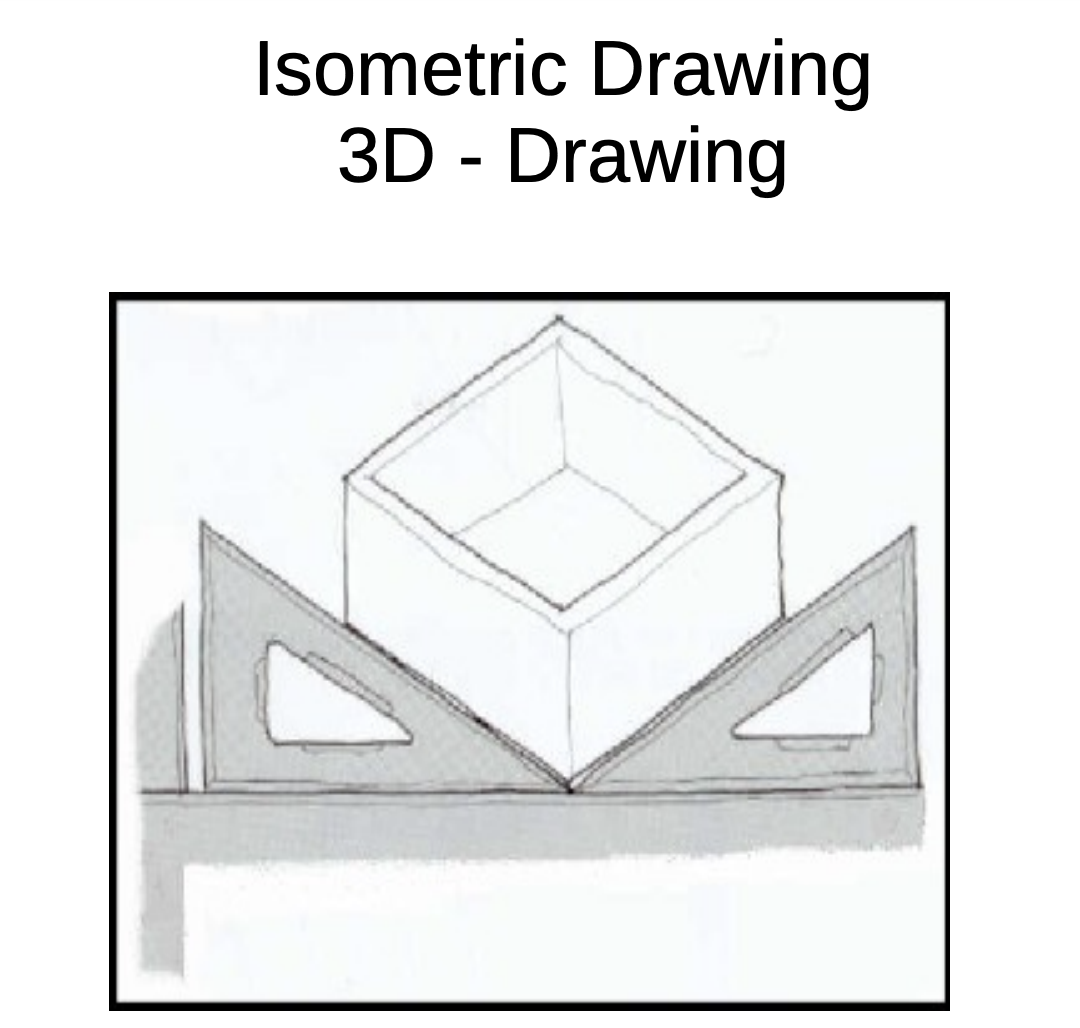
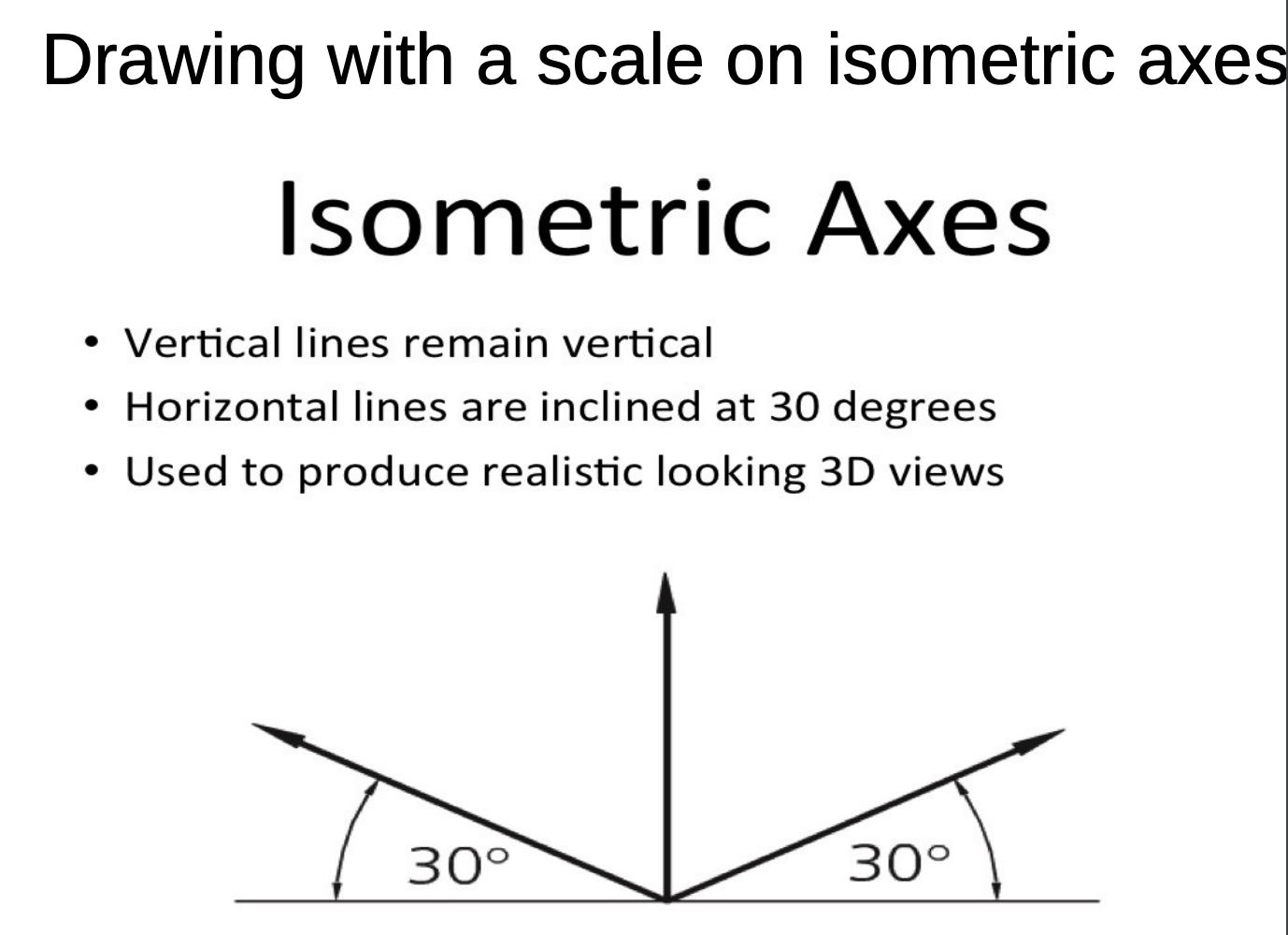
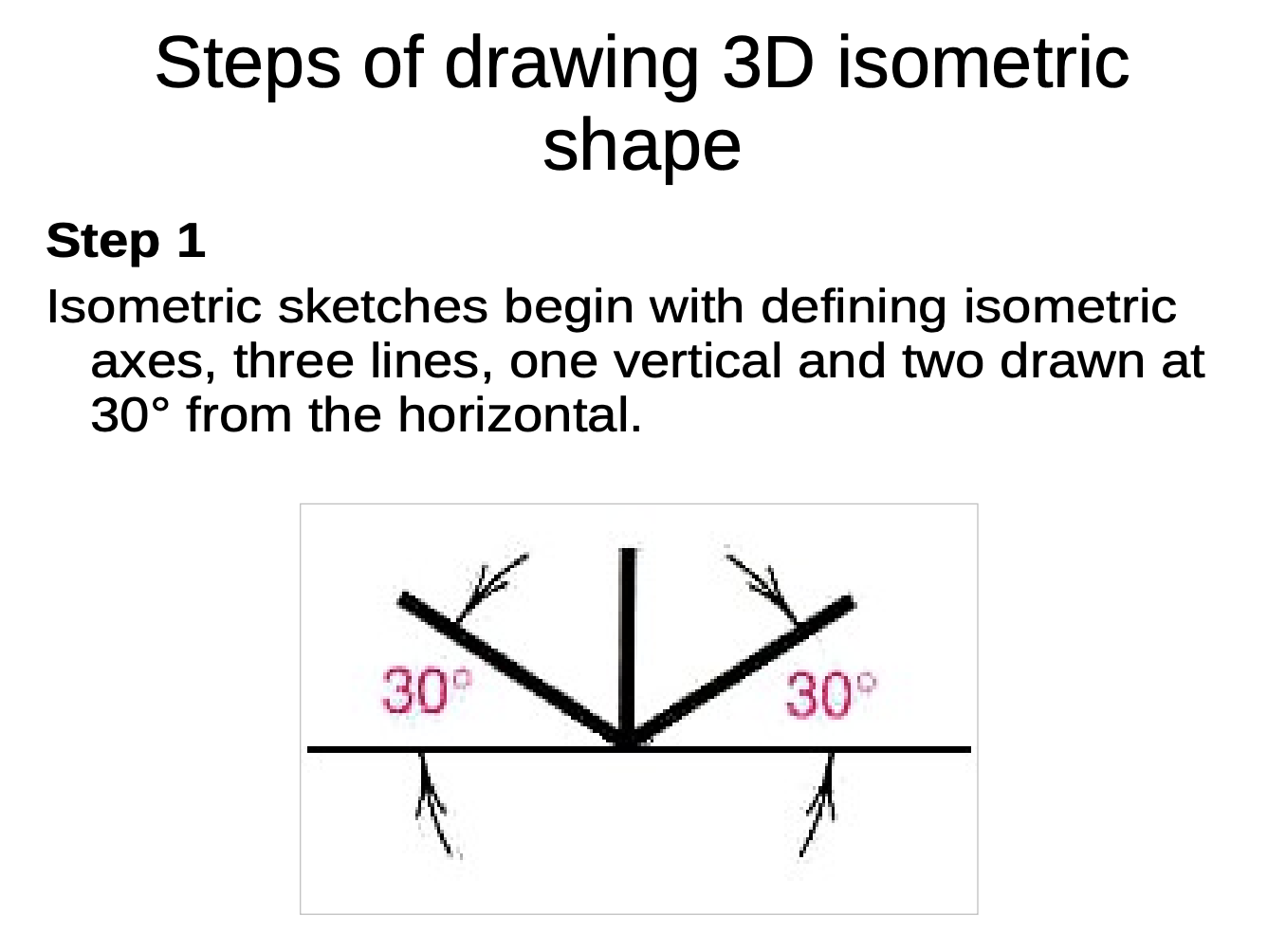
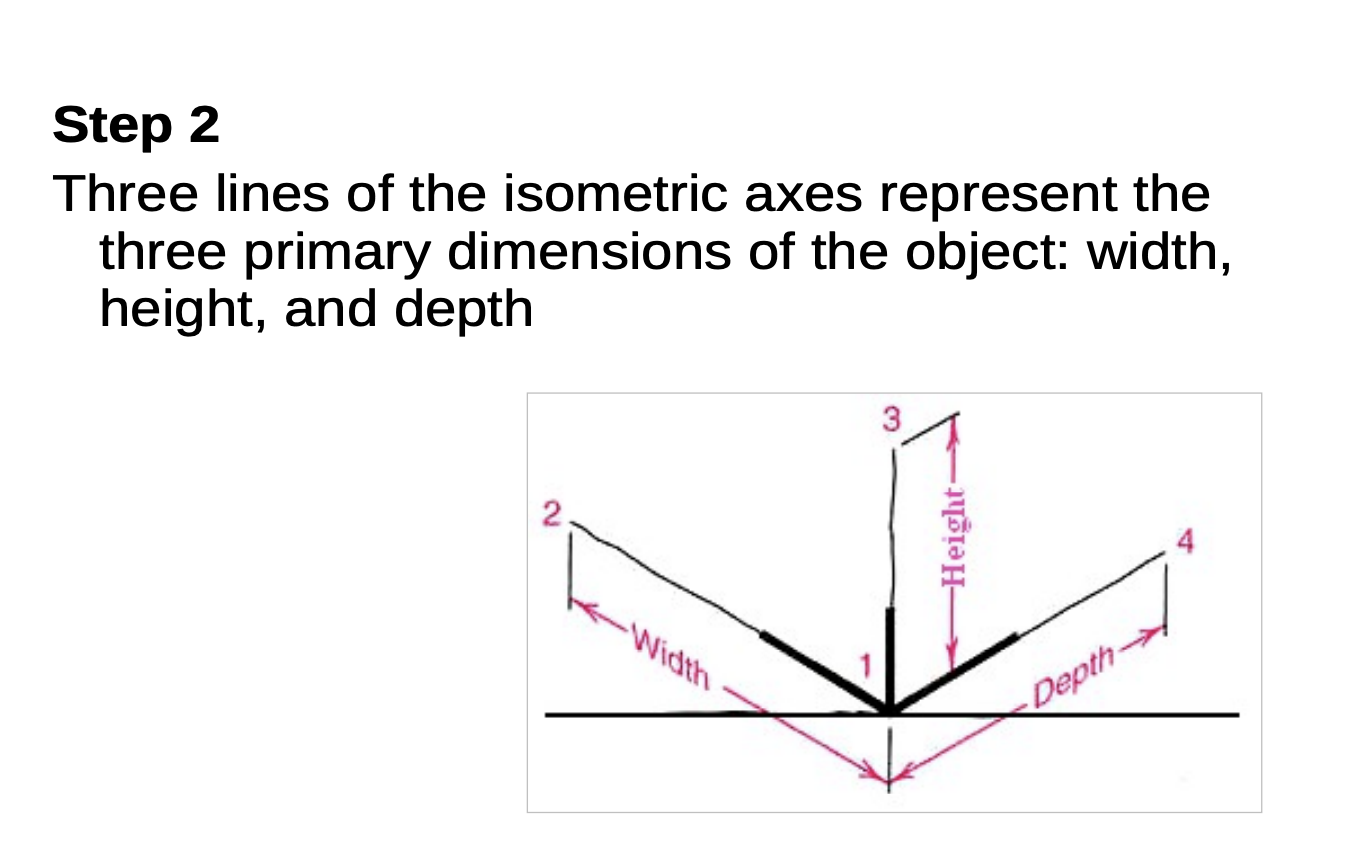
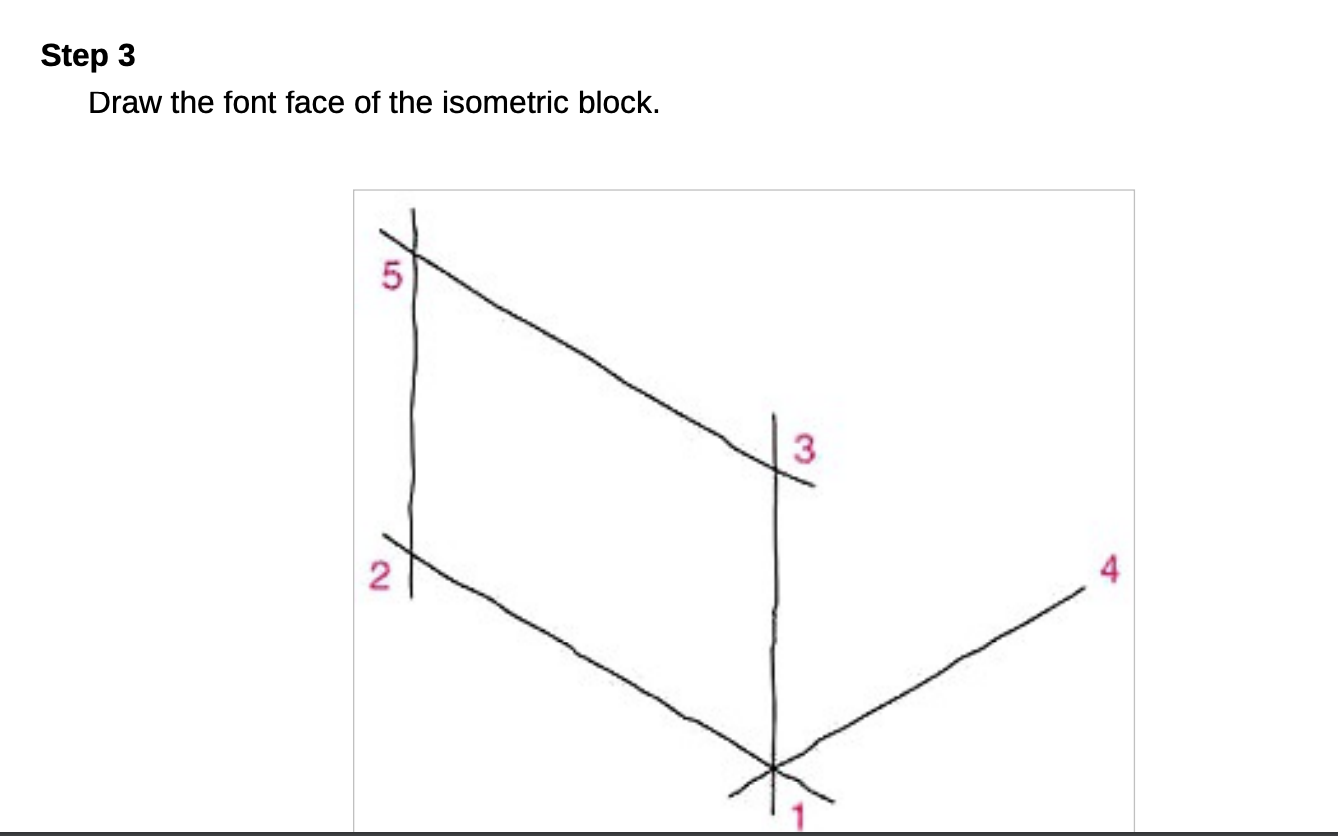
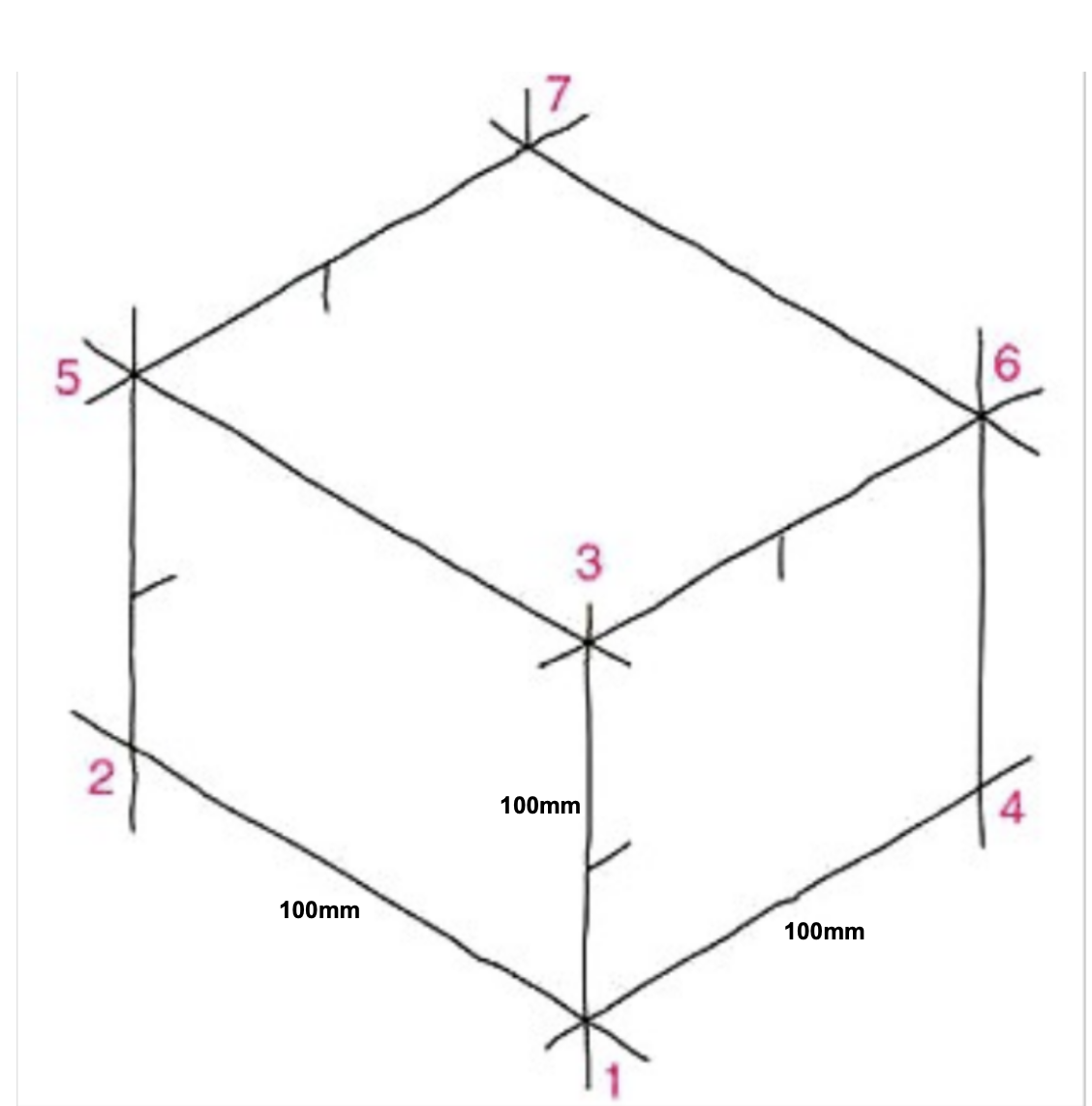
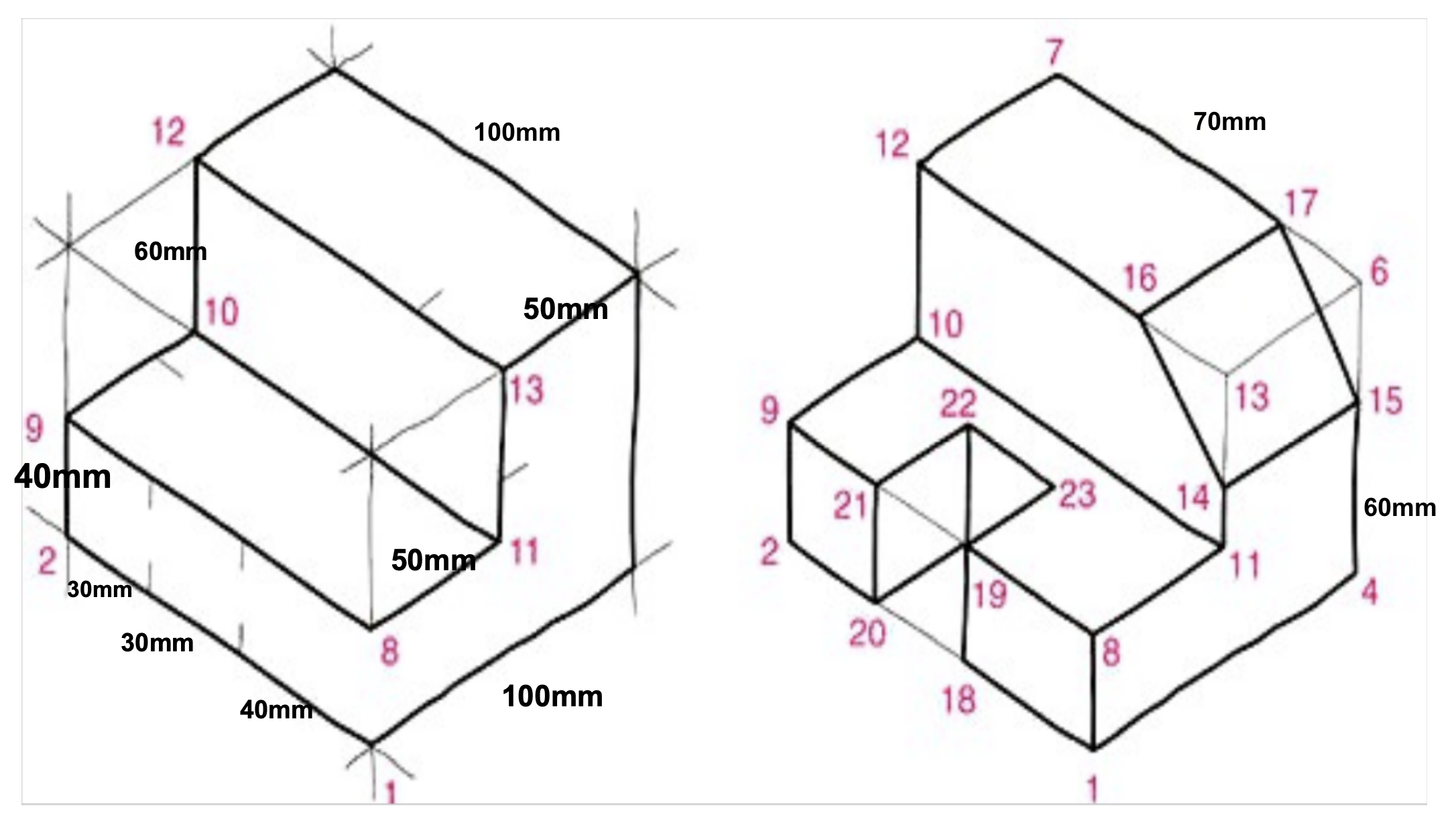
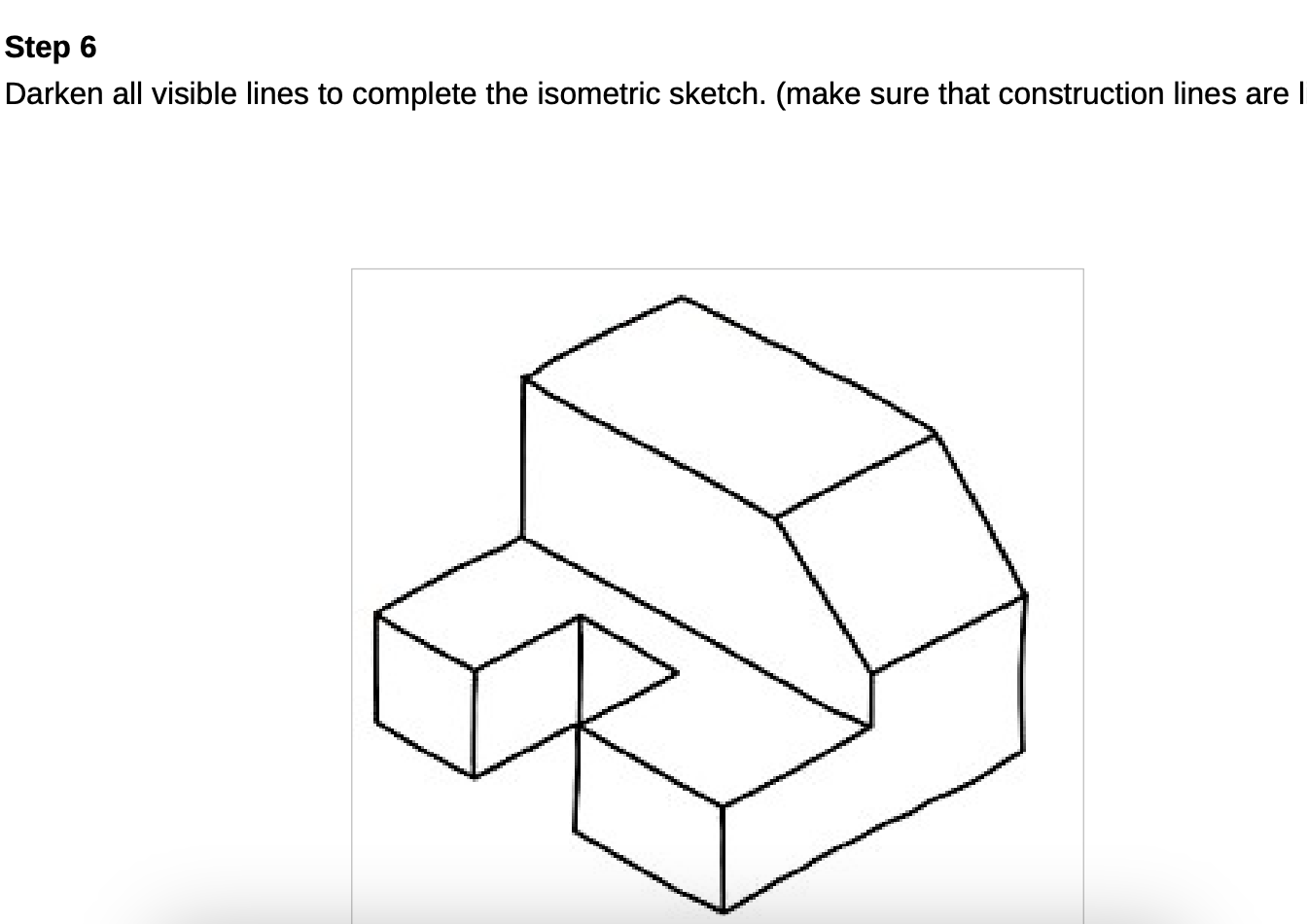
-
Kia Ora
In this week we will continue learning about 3D isometric drawing and orthographic projections.
Big Idea:
Holiday house
Learning Intentions: We are learning to (WALT).
- draw 3D shapes using isometric drawing
- draw an othographic projection to 3D shapes
- Success Criteria:
- I have completed an isometric drawing and an orthographic projection of a 3D shape.
Activities:
- Draw an isometric and orthographic projections for given 3D shaped. Use the link and shapes below:
Draw these ones below. Each block is 10mmX10mm

-
Kia Ora
We will continue learning about 3D isometric drawing and orthographic projections.Kia ora...
Success Criteria:
I can draw 3D isometric shapes using a T square and 30 degrees set square.
Activities:
Draw the shapes below:

Now youi can challenge your skills with this:
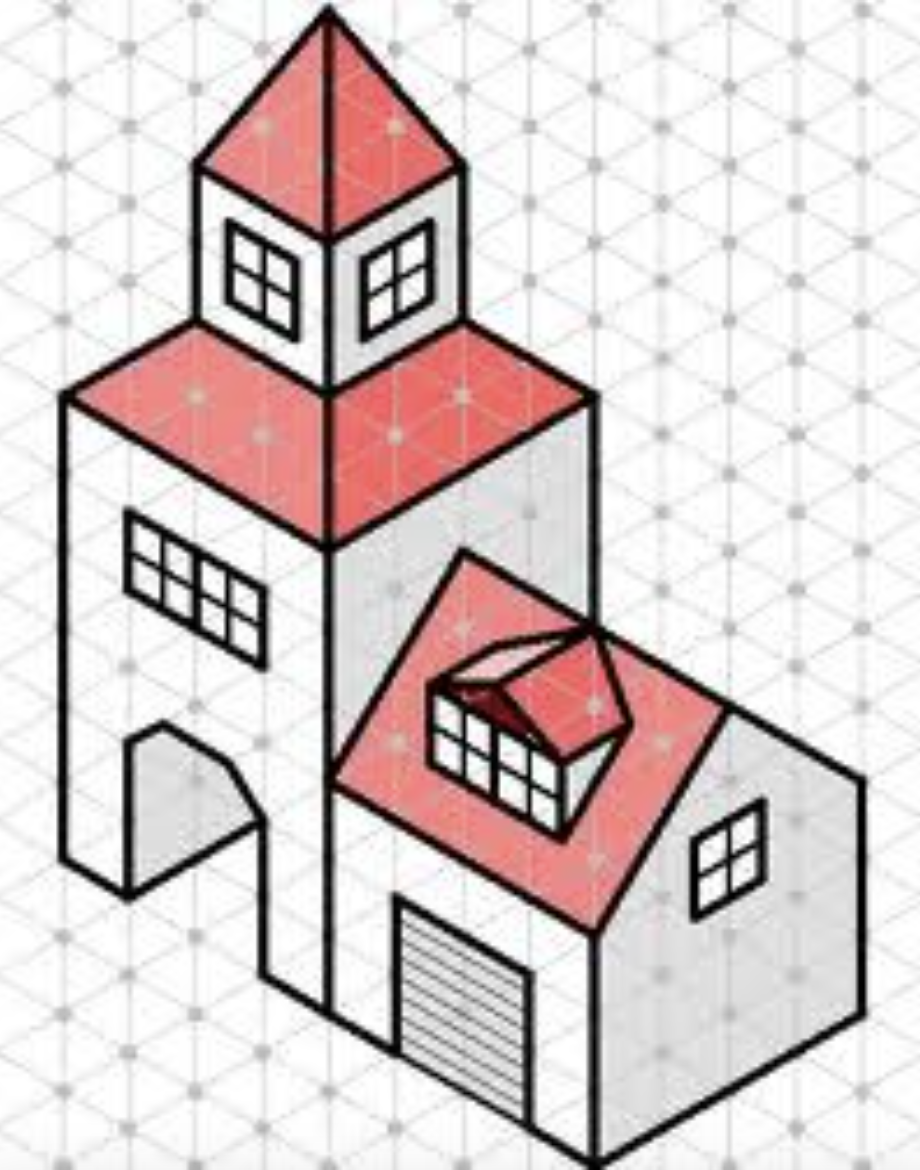
-
Kia ora...
In this week we will start learning about orthographic projections.
Learning intentions:- I can recognise the direction of viewing used to derive the various views in first angle projection
- I can project the elevations of a simple solid in first angle projection
By the end of the lesson I will be able to:
- Draw a front view / elevation
- Draw an end view/ elevation
- Draw a plan view
Success Criteria:
- I have completed an orthographic projection of a 3D shape.
Activities:
- Introduction to Orthographic Projection
- For the following shape draw:
- Front View
- R/H View
- L/H View
- The Plan (Top View)
Watch this video:
https://www.youtube.com/watch?v=wcRnctJecIk
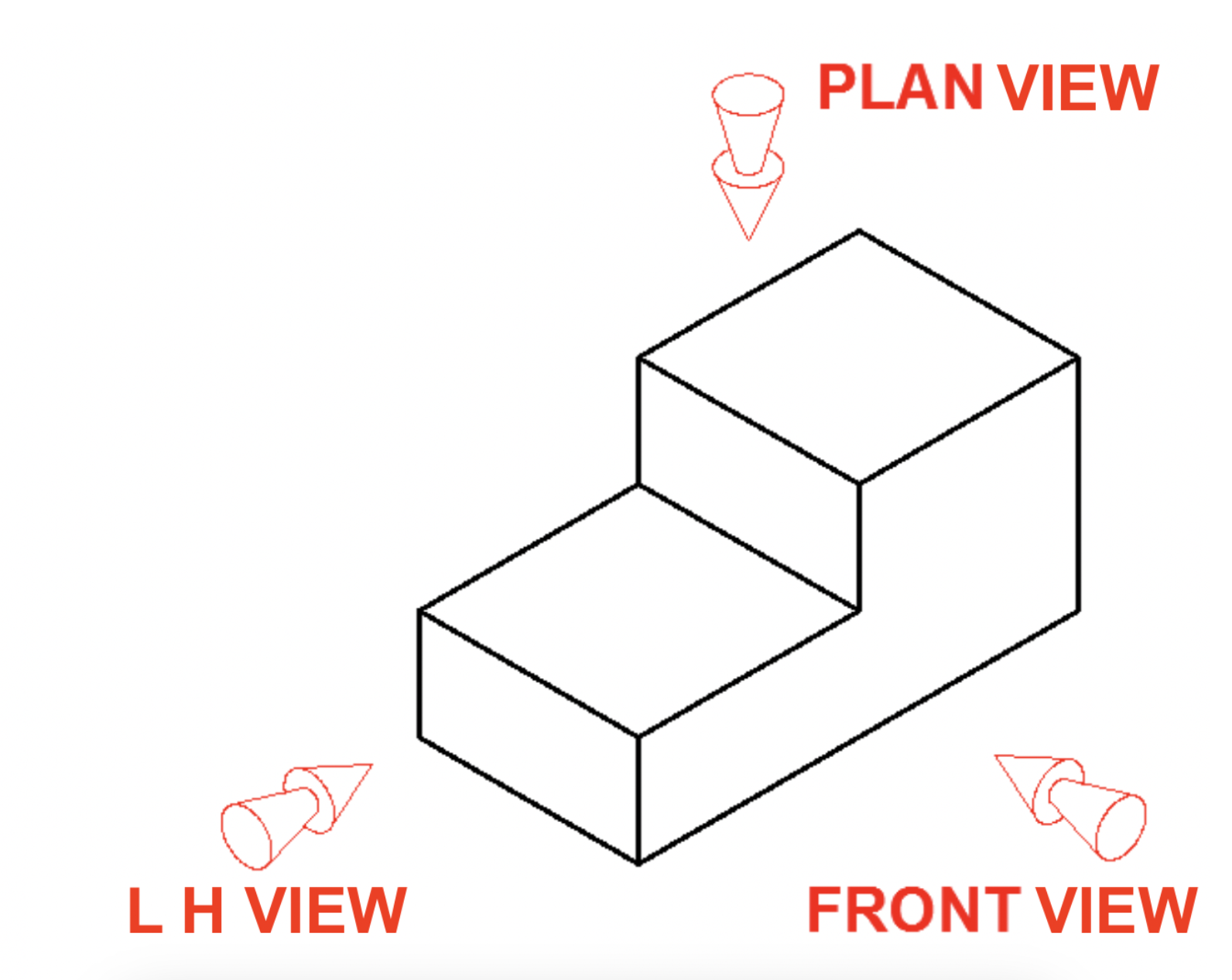
Now draw this with measurements: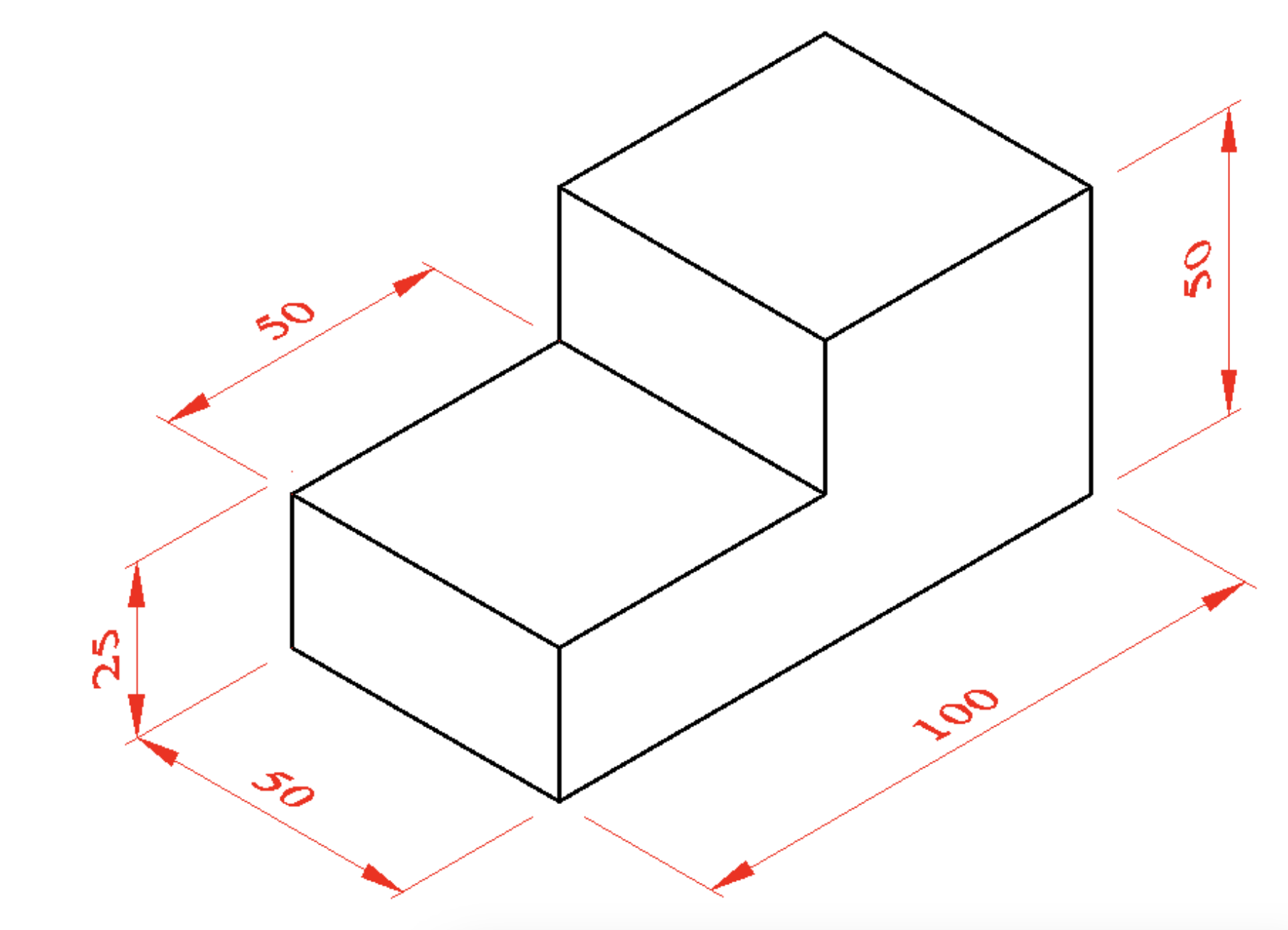
Now draw the orthographic projection of the shape: It should look like this: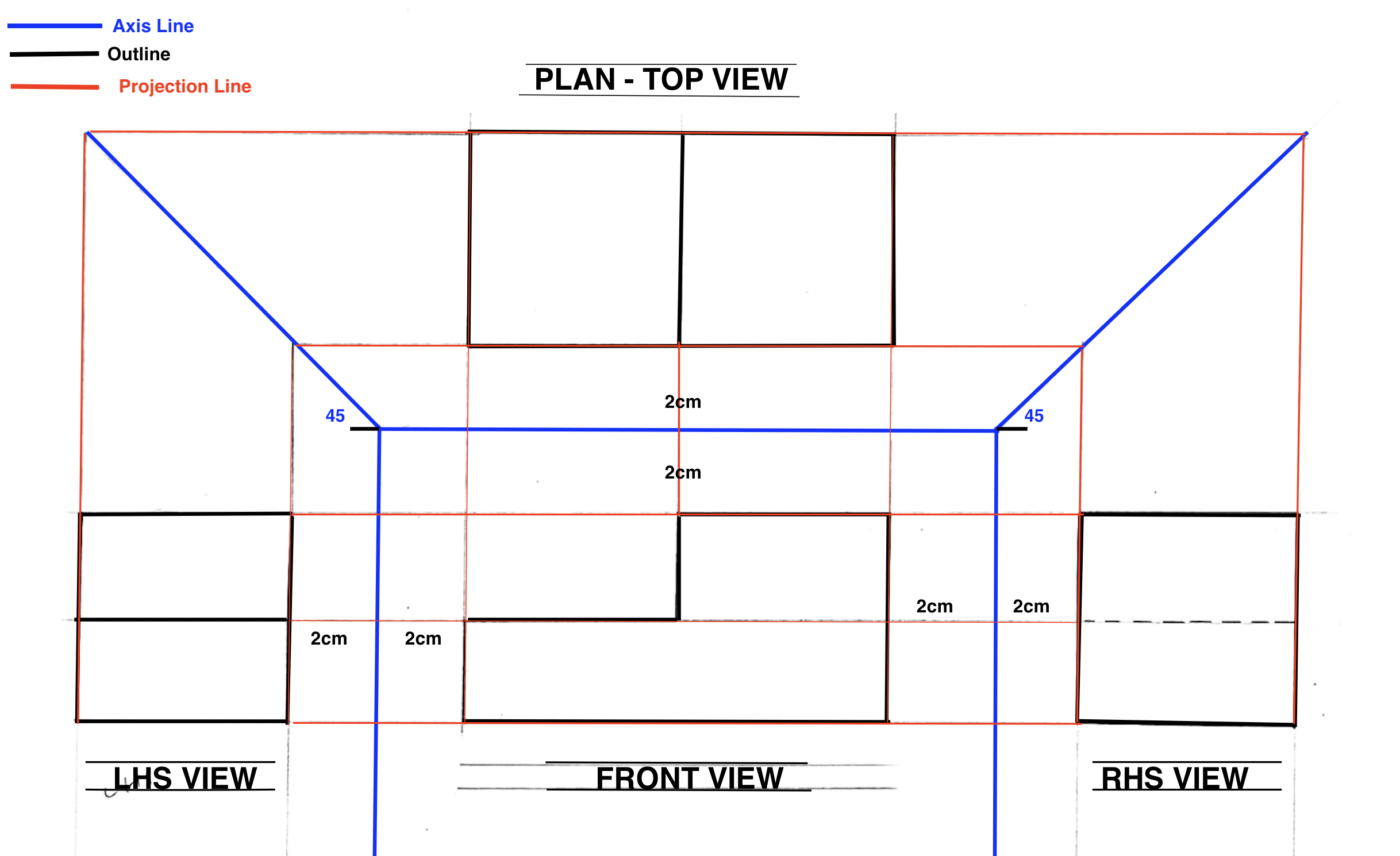
-
Kia ora...
We will continue learning about orthographic projections.
Learning intentions:- I can recognise the direction of viewing used to derive the various views in first angle projection
- I can project the elevations of a simple solid in first angle projection
By the end of the lesson I will be able to:
- Draw a front view / elevation
- Draw an end view/ elevation
- Draw a plan view
Success Criteria:
- I have completed an orthographic projection of a 3D shape.
Activities:
- For the following shape draw:
- Front View
- R/H View
- L/H View
- The Plan (Top View)
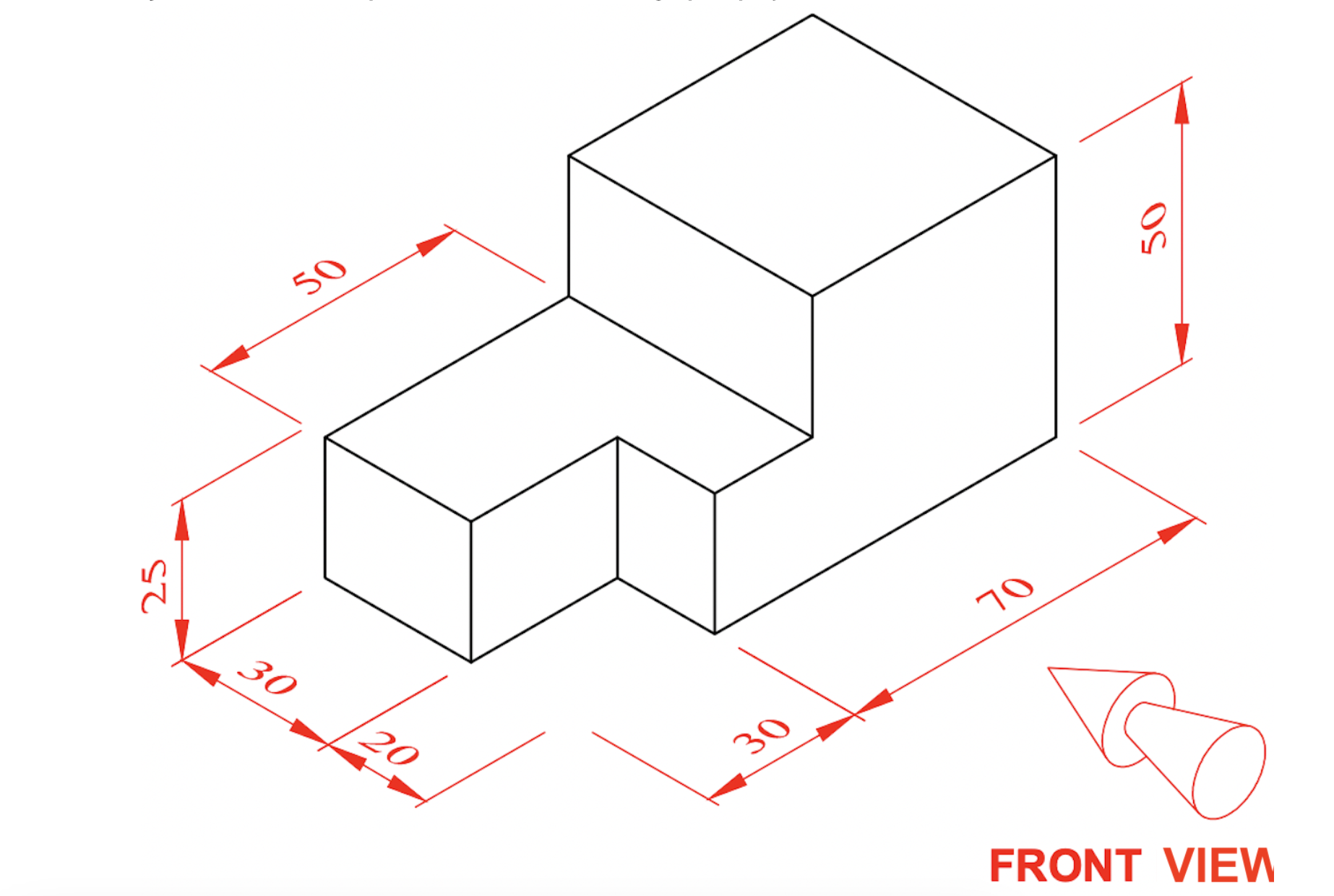
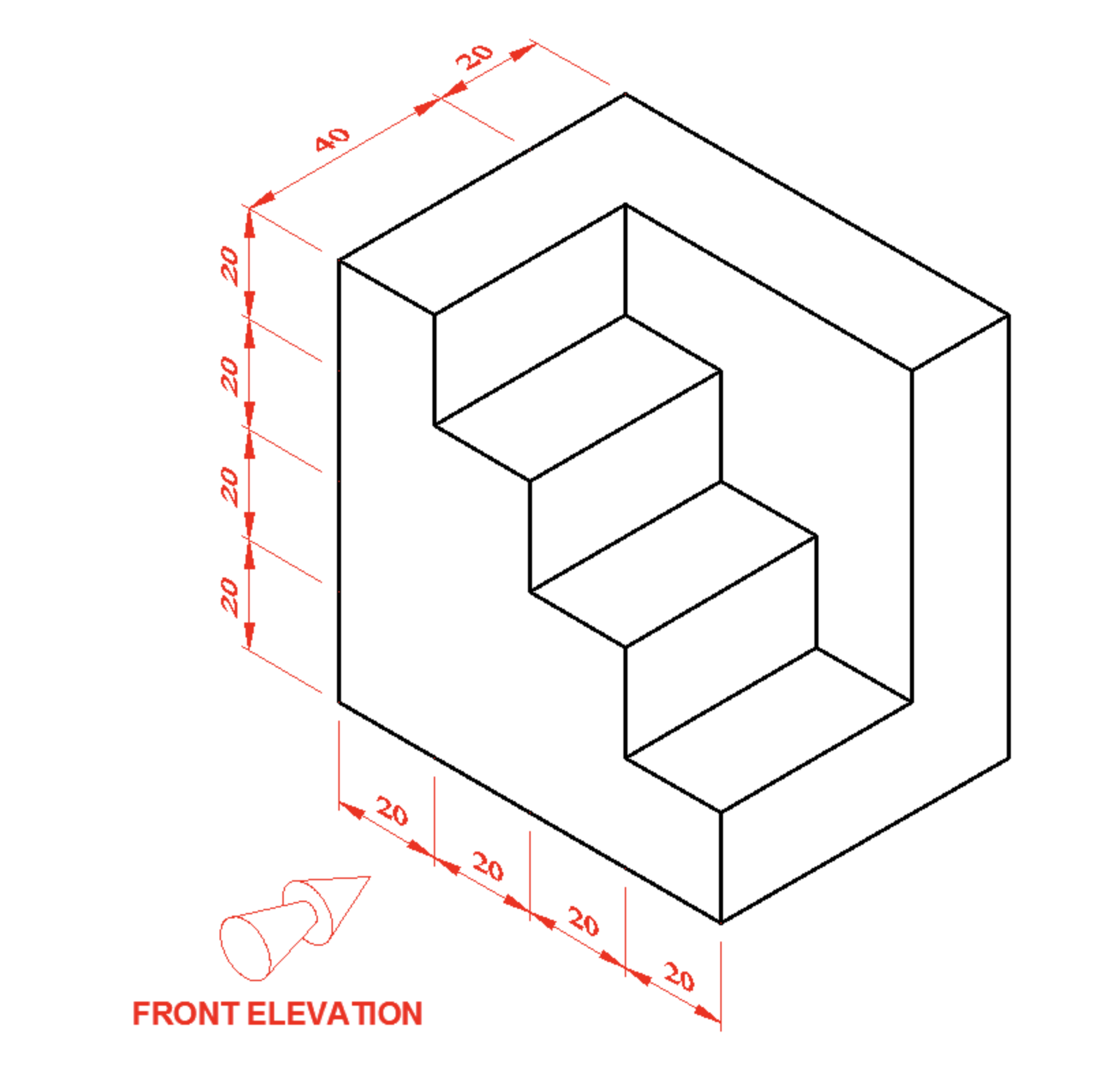
-
Kia ora...
We will continue learning about orthographic projections.
Learning intentions:- I can recognise the direction of viewing used to derive the various views in first angle projection
- I can project the elevations of a simple solid in first angle projection
By the end of the lesson I will be able to:
- Draw a front view / elevation
- Draw an end view/ elevation
- Draw a plan view
Success Criteria:
- I have completed an orthographic projection of a 3D shape.
Activities:
- For the following shape draw:
- Front View
- R/H View
- L/H View
- The Plan (Top View)
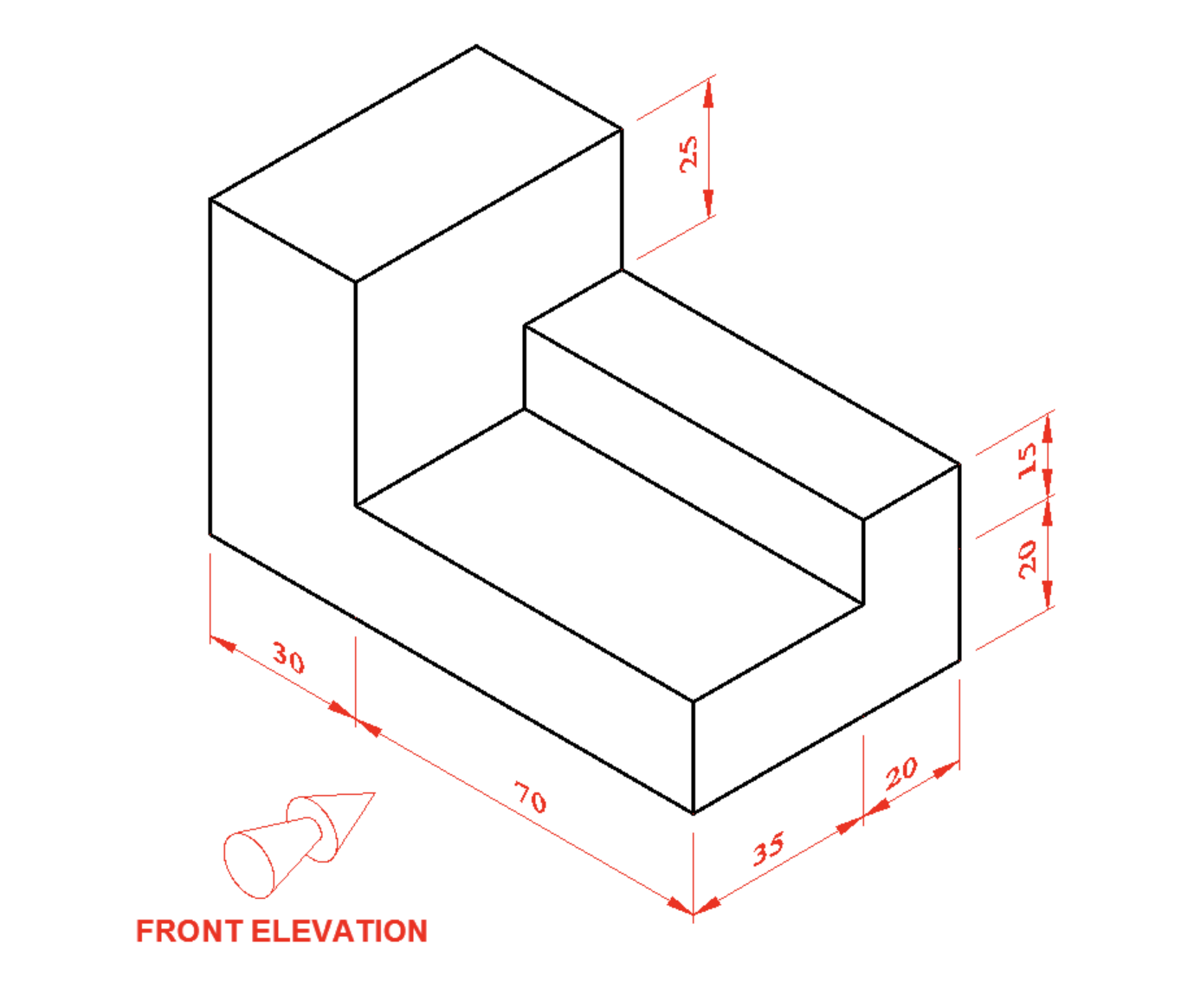
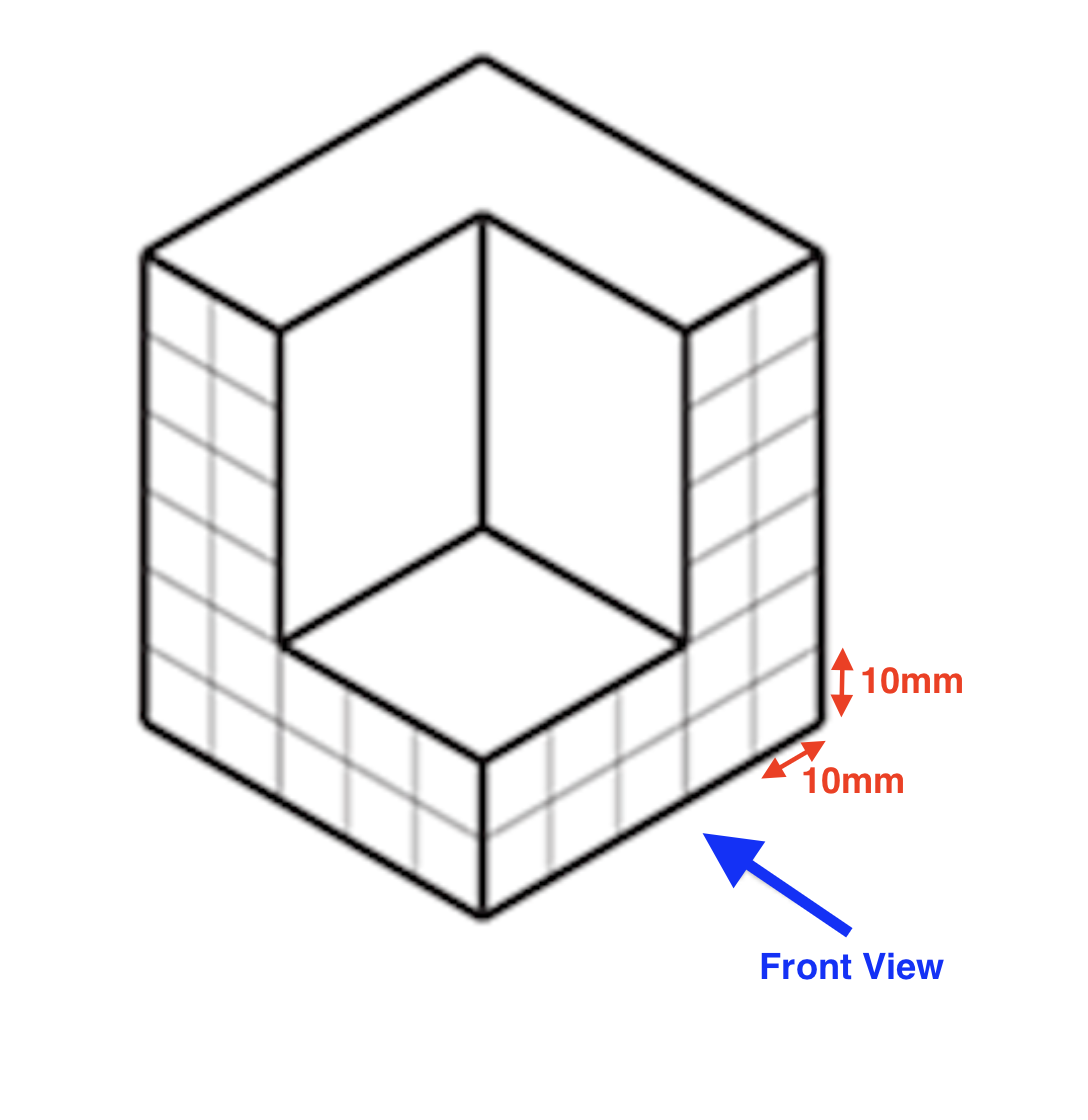
-
Kia ora
You will start you assessment task this week. You need to:
Assessment task:
1- Use your drawing skills and what you have learned to draw an isometric drawing of the object below showing all measurements in mm
2- Draw an orthographic projection for the item below showing Front view, Top view(plan), RHS view and LHS view.
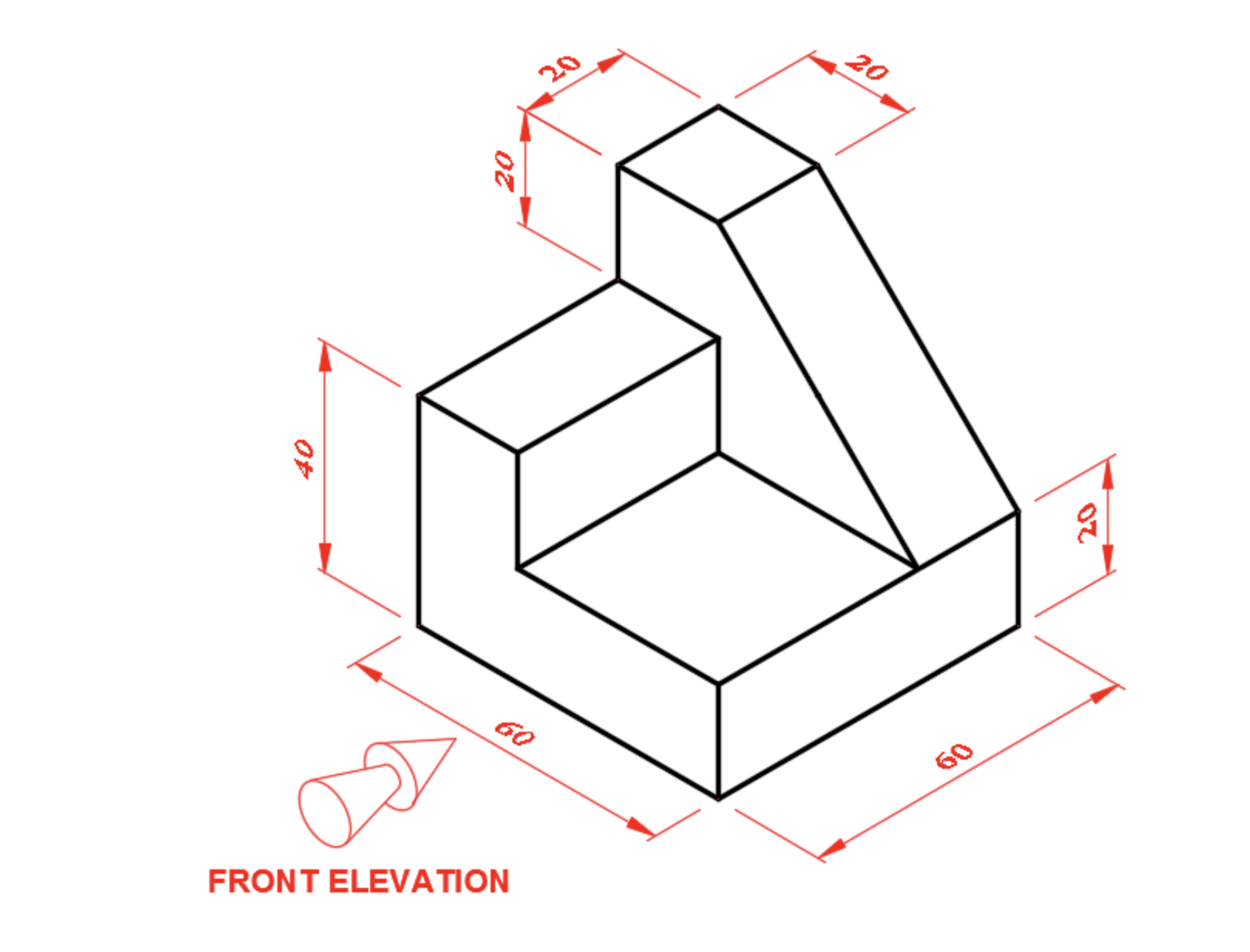
Click to watch the 3D object rotating
https://www.youtube.com/watch?v=ueGBf8HyAH0
You need to draw the title block for your drawing. Use the following to remind you how to draw it: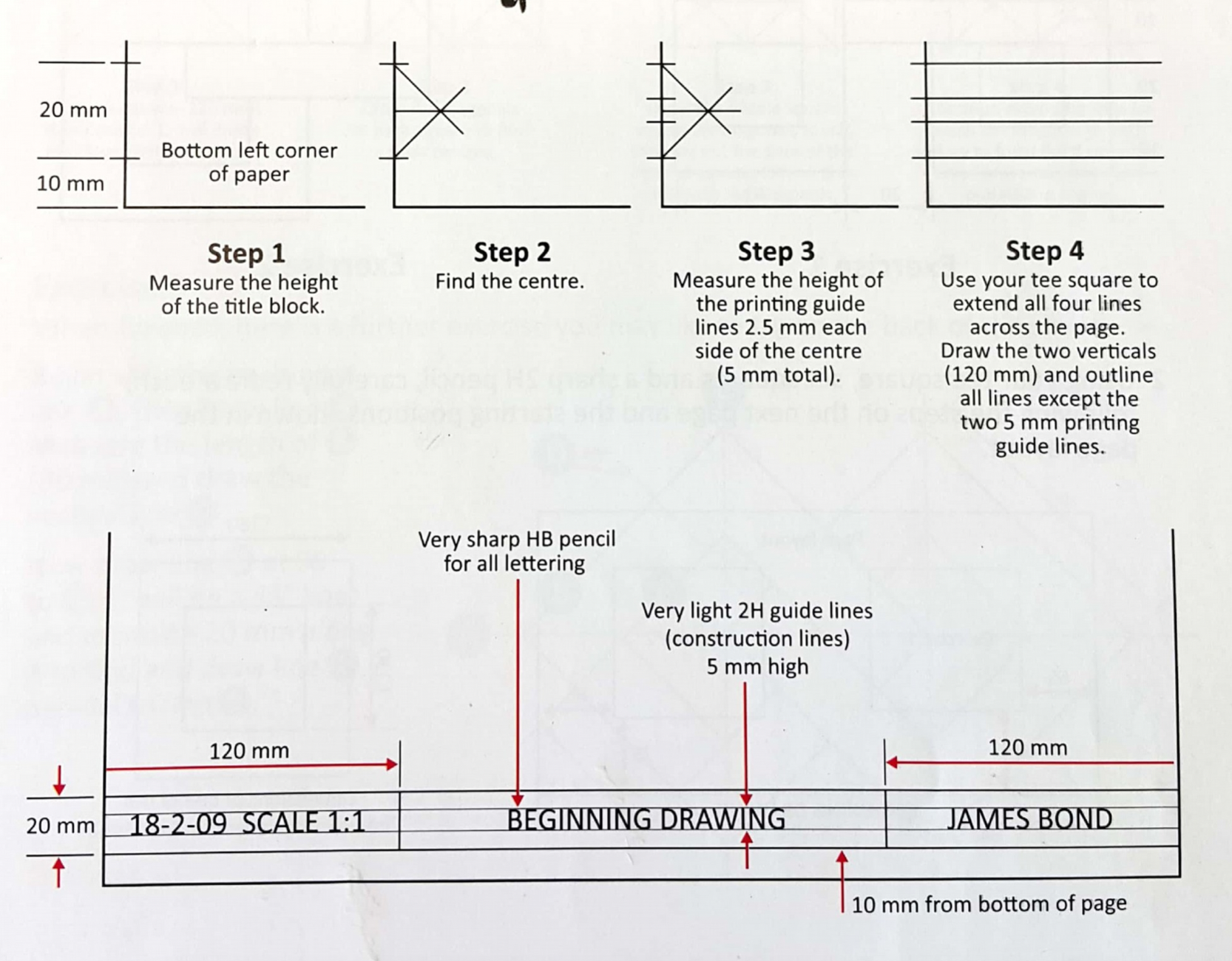
Look at the assessment rubric below to check the requirements for AT, Above and Beyond.
Good luck with your assessment. -
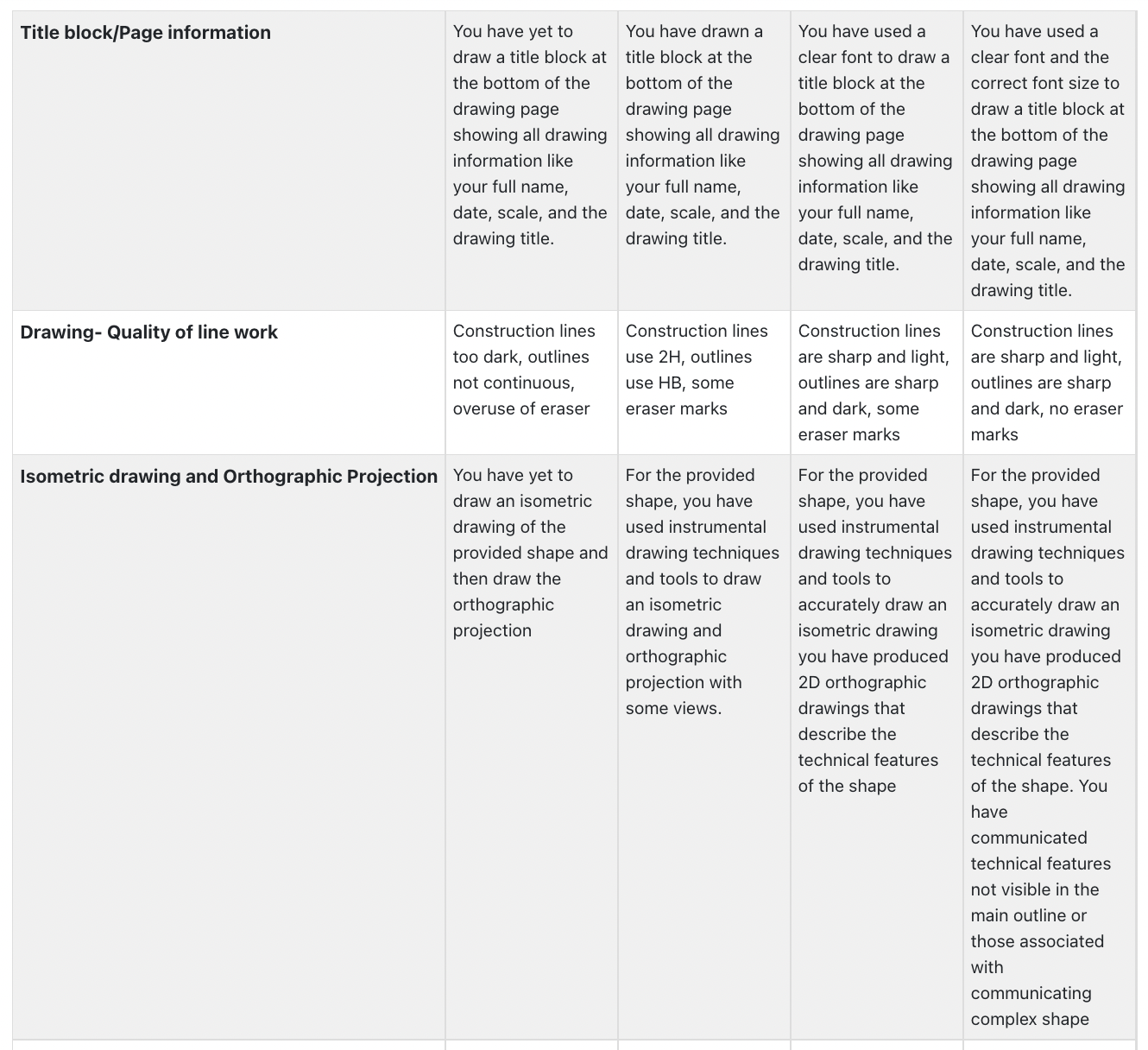
-
Opened: Monday, 4 November 2024, 12:00 AM
-
-
Kia ora
We will continue learning about instrumental drawing using the Set square and drawing boards. We will continue working with circles
Learning Intentions: We are learning to (WALT)...
- Become profecient at using drawing board, T square, set squares, compass
Success Criteria: I can/have...
- complete the exercises to the required standard
Activities:
- exercise 2 Using A3 paper, lines and angles, set squares, T square, correct use of pencils and eraser
- exercise 3 using worksheet,Measuring, dimensions, set squares, printing
Homework:
Explore types of drawing tools and how to draw circles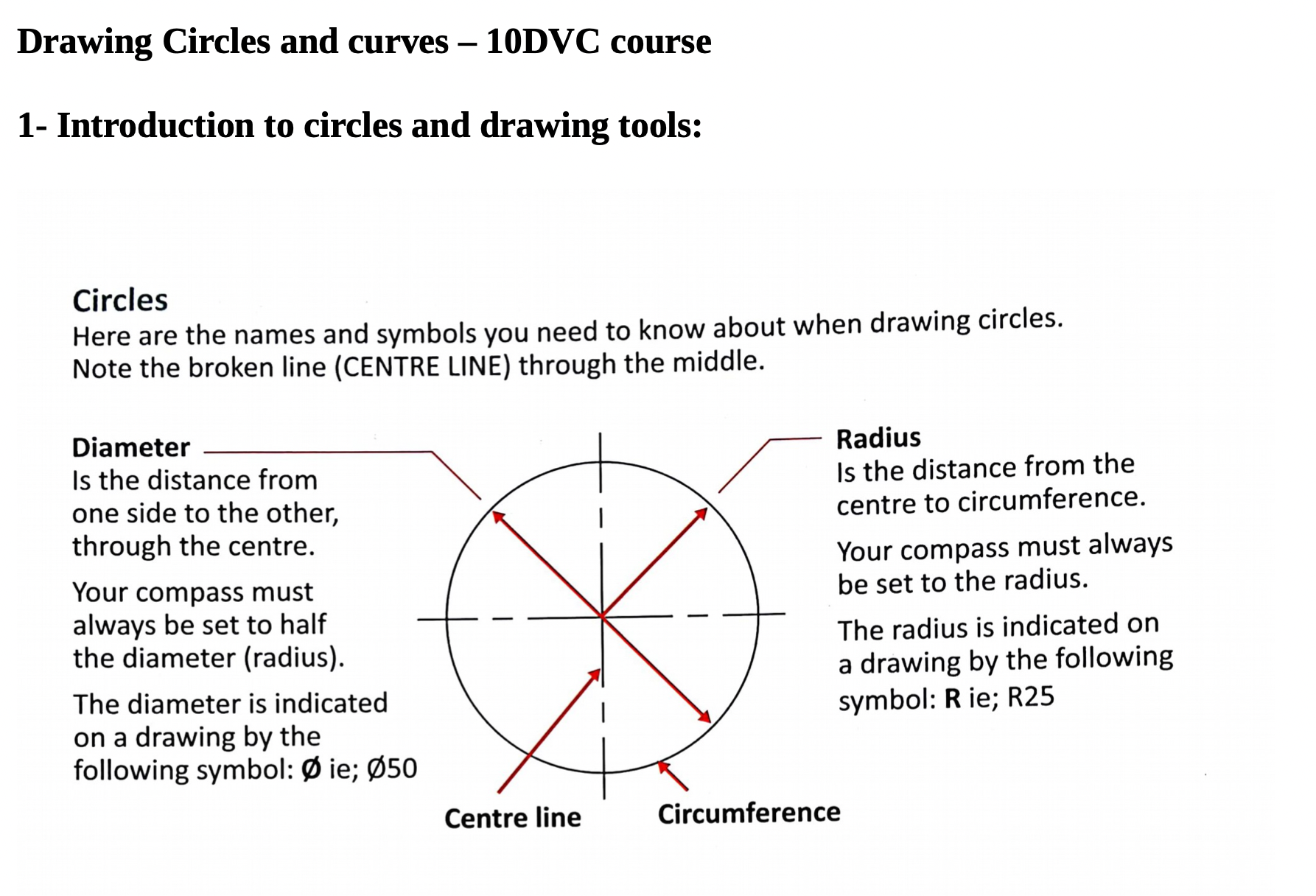
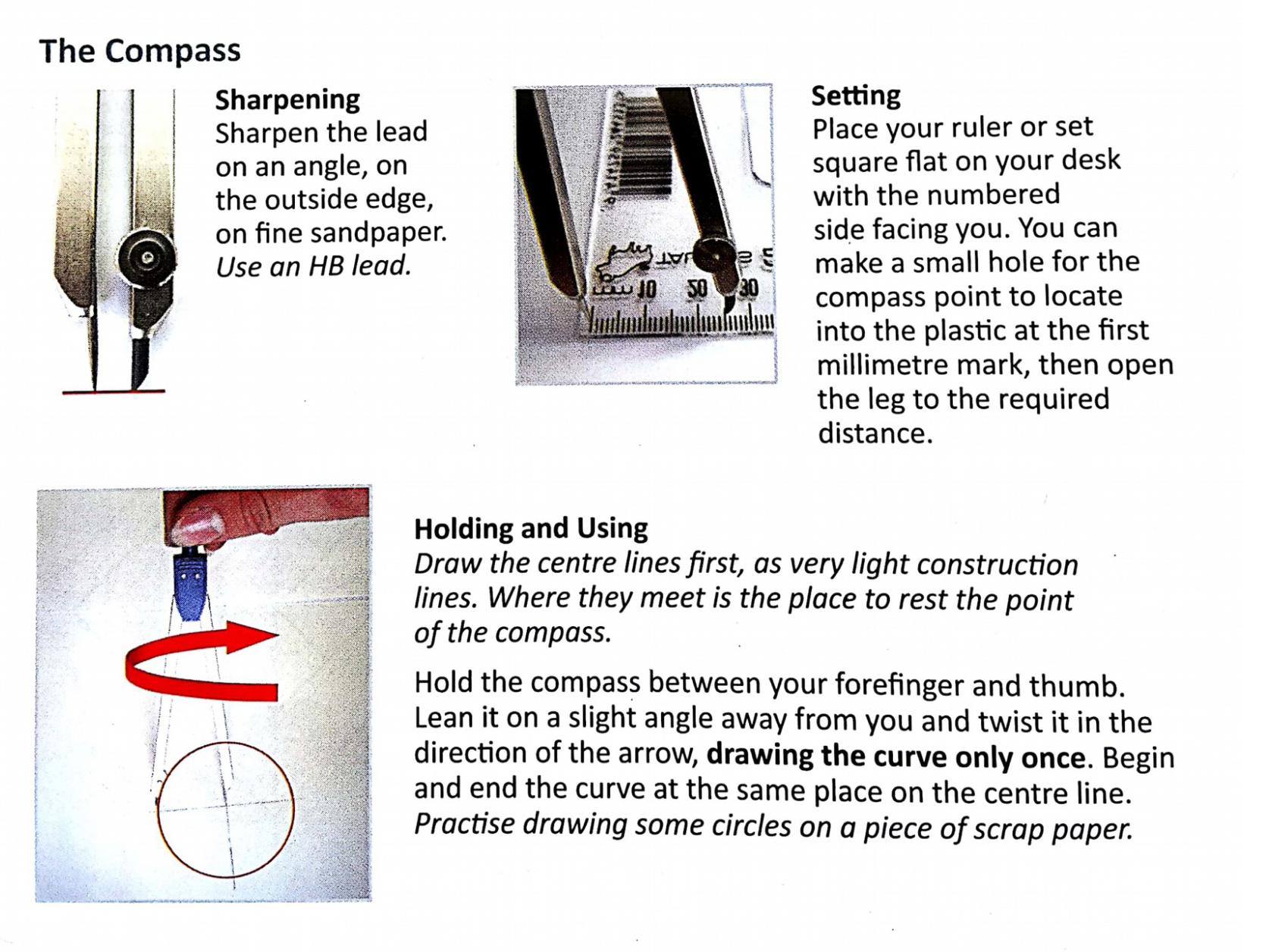
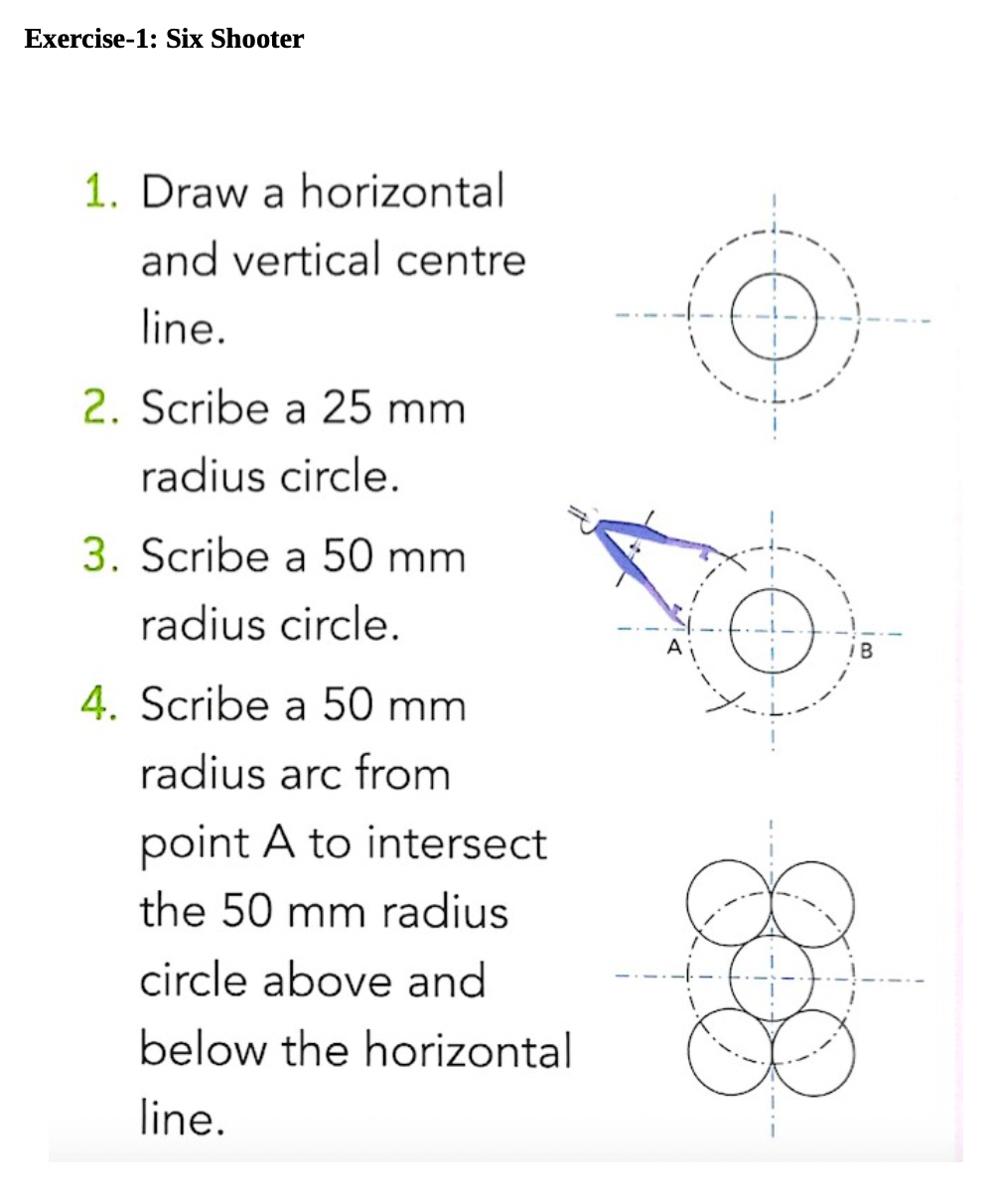
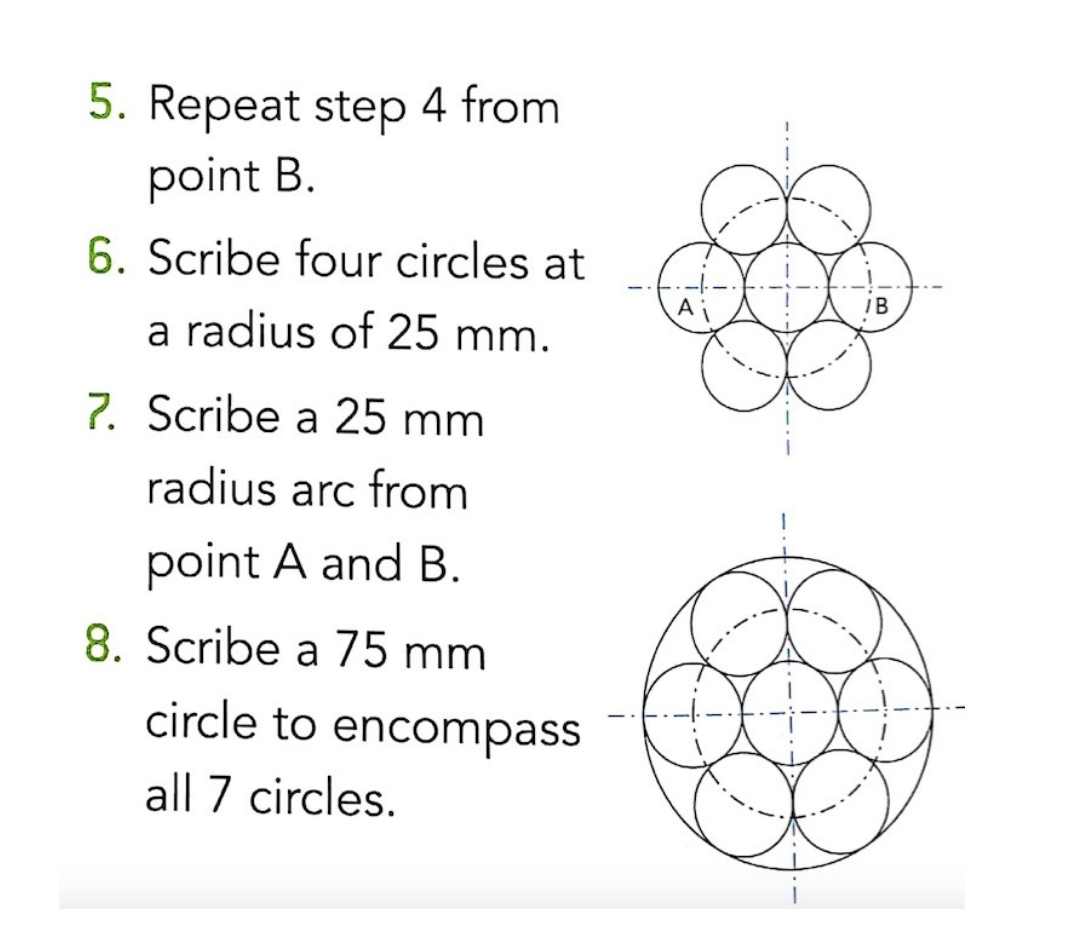
-
Kia ora
We will continue learning about instrumental drawing using the Set square and drawing boards. We will continue working with circles
Learning Intentions: We are learning to (WALT)...
- Become profecient at using drawing board, T square, set squares, compass
Success Criteria: I can/have...
- complete the exercises to the required standard
Activities:
- exercise 2 Using A3 paper, lines and angles, set squares, T square, correct use of pencils and eraser
- exercise 3 using worksheet,Measuring, dimensions, set squares, printing
Homework:
Explore types of drawing tools and how to draw circles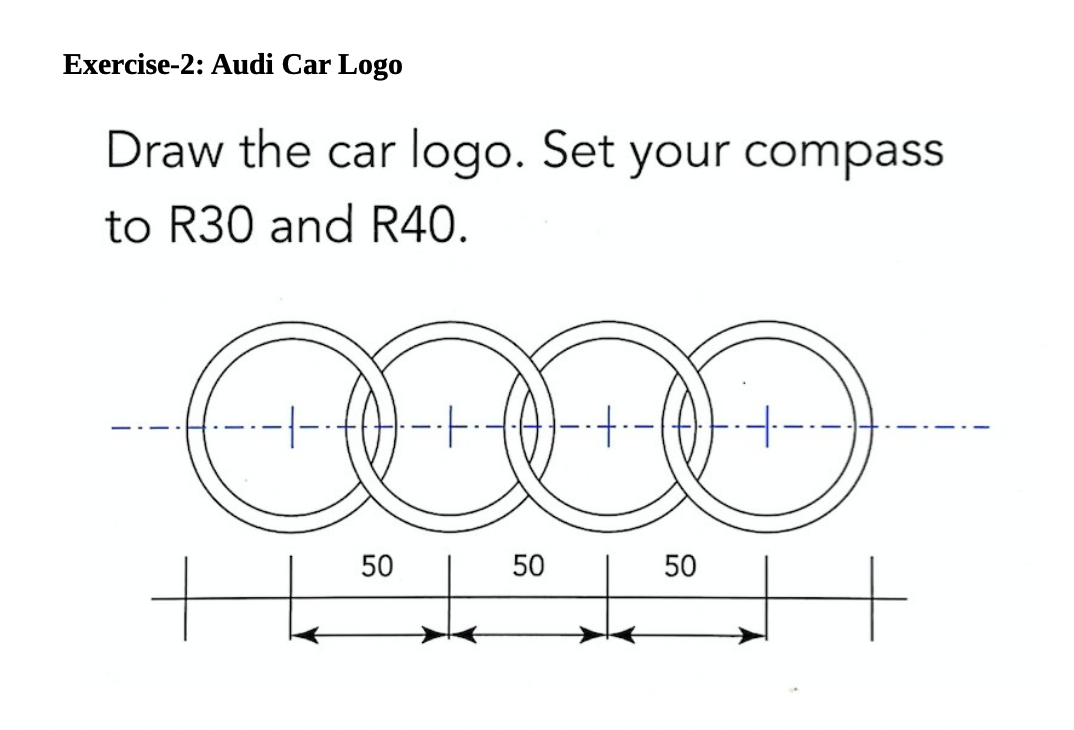
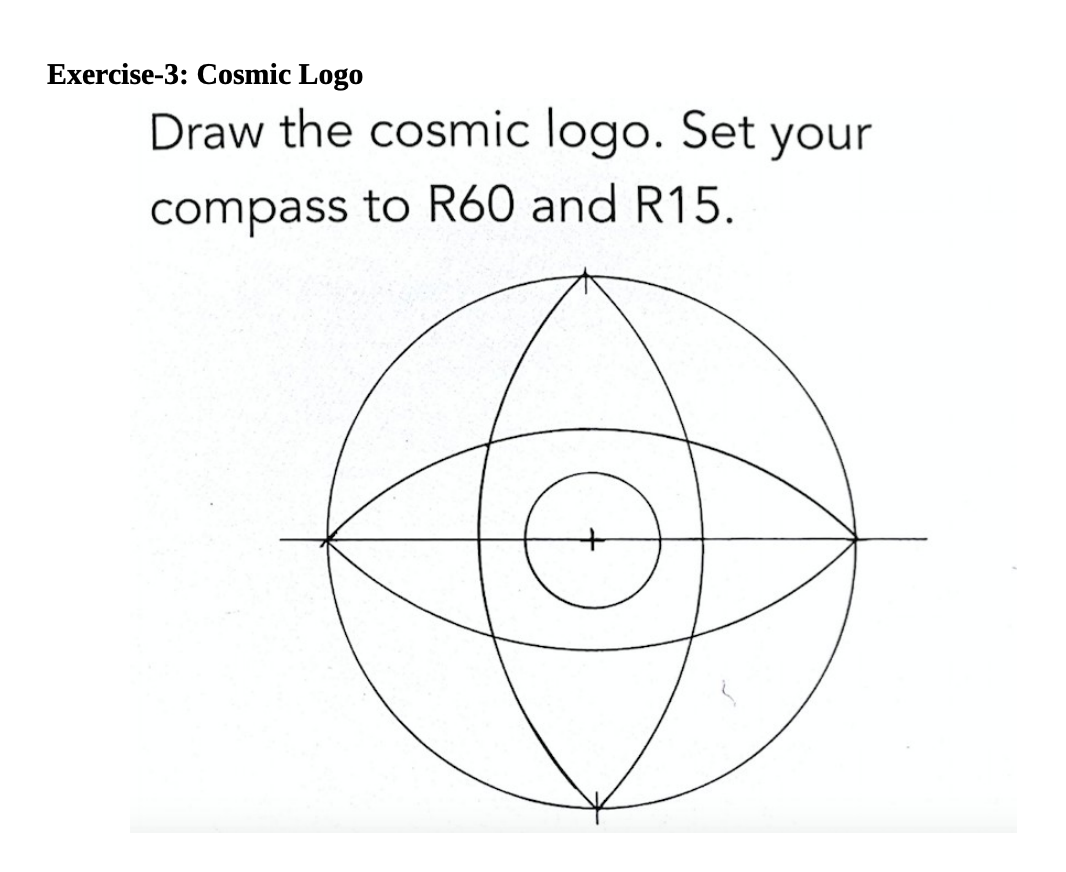
-
Kia ora
We will continue learning about instrumental drawing using the Set square and drawing boards. We will continue working with circles
Learning Intentions: We are learning to (WALT)...
- Become profecient at using drawing board, T square, set squares, compass
Success Criteria: I can/have...
- complete the exercises to the required standard
Activities:
- exercise 2 Using A3 paper, lines and angles, set squares, T square, correct use of pencils and eraser
- exercise 3 using worksheet,Measuring, dimensions, set squares, printing
Homework:
Explore types of drawing tools and how to draw circles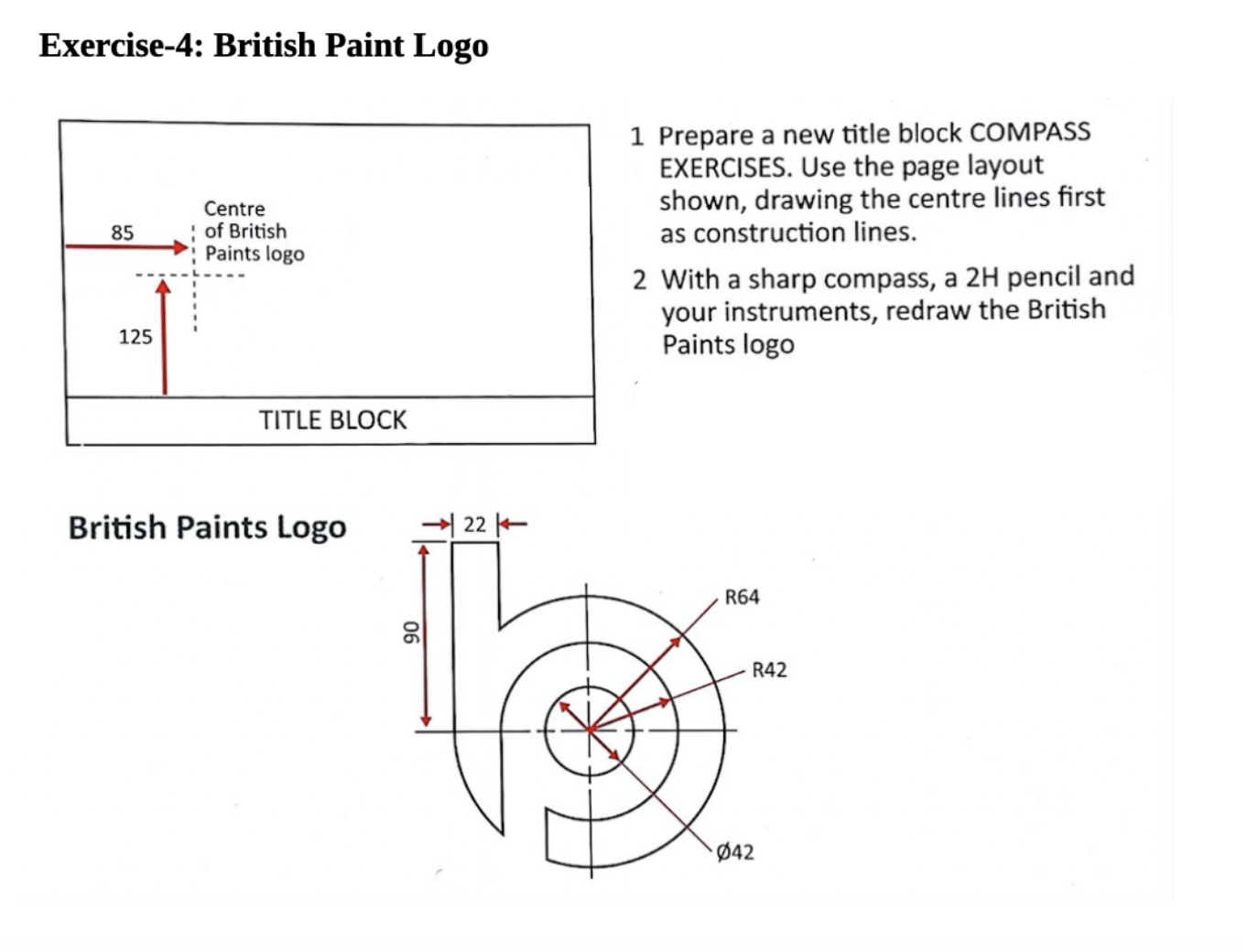
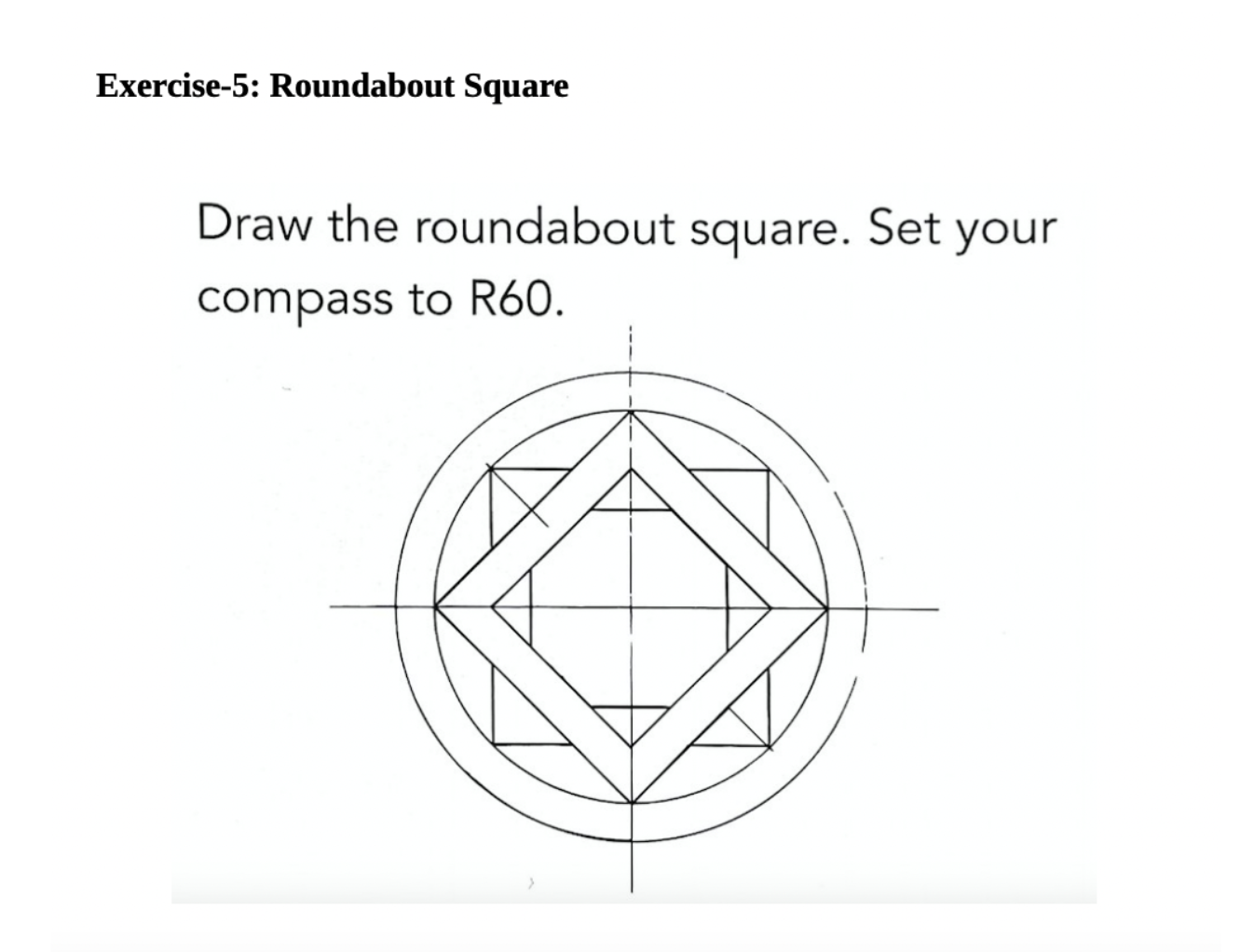
-
3D Drawing Tricks
